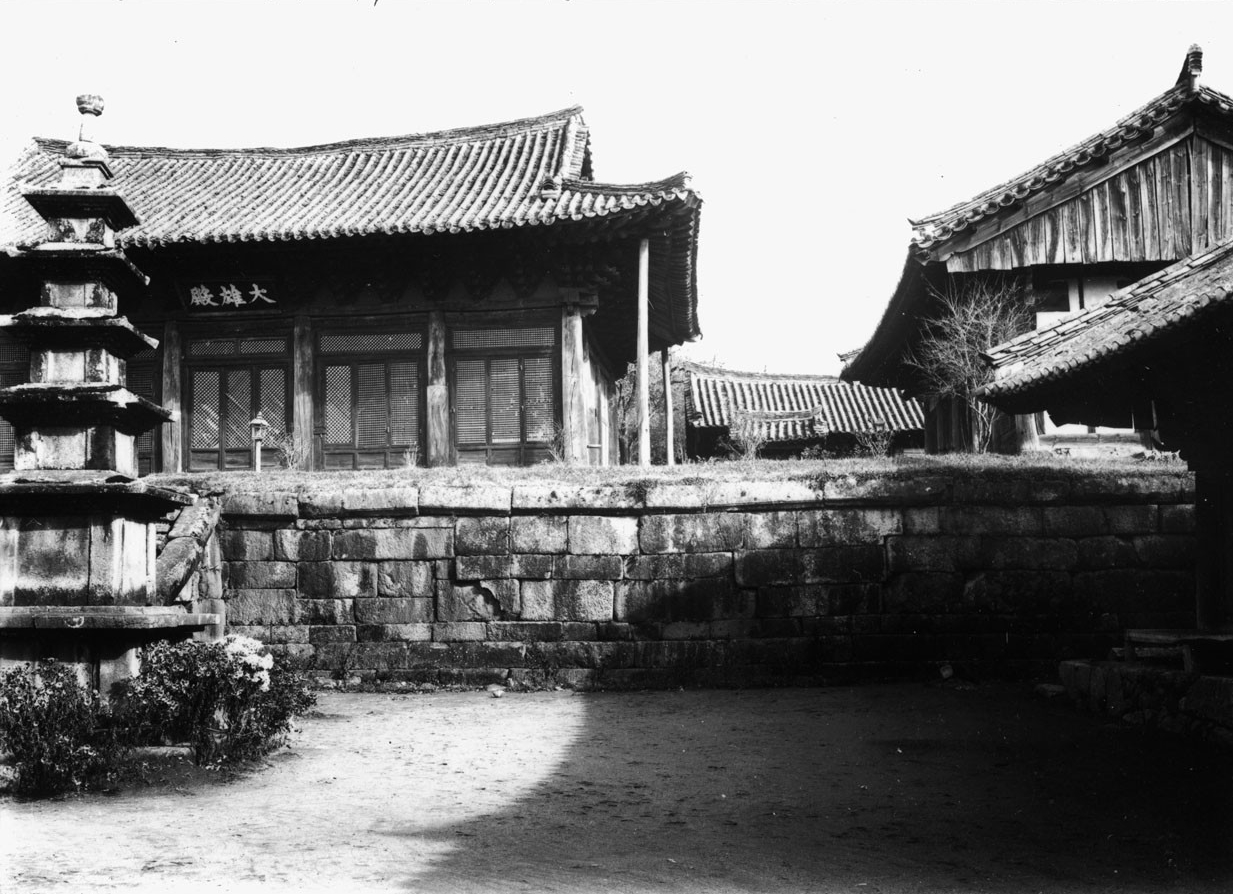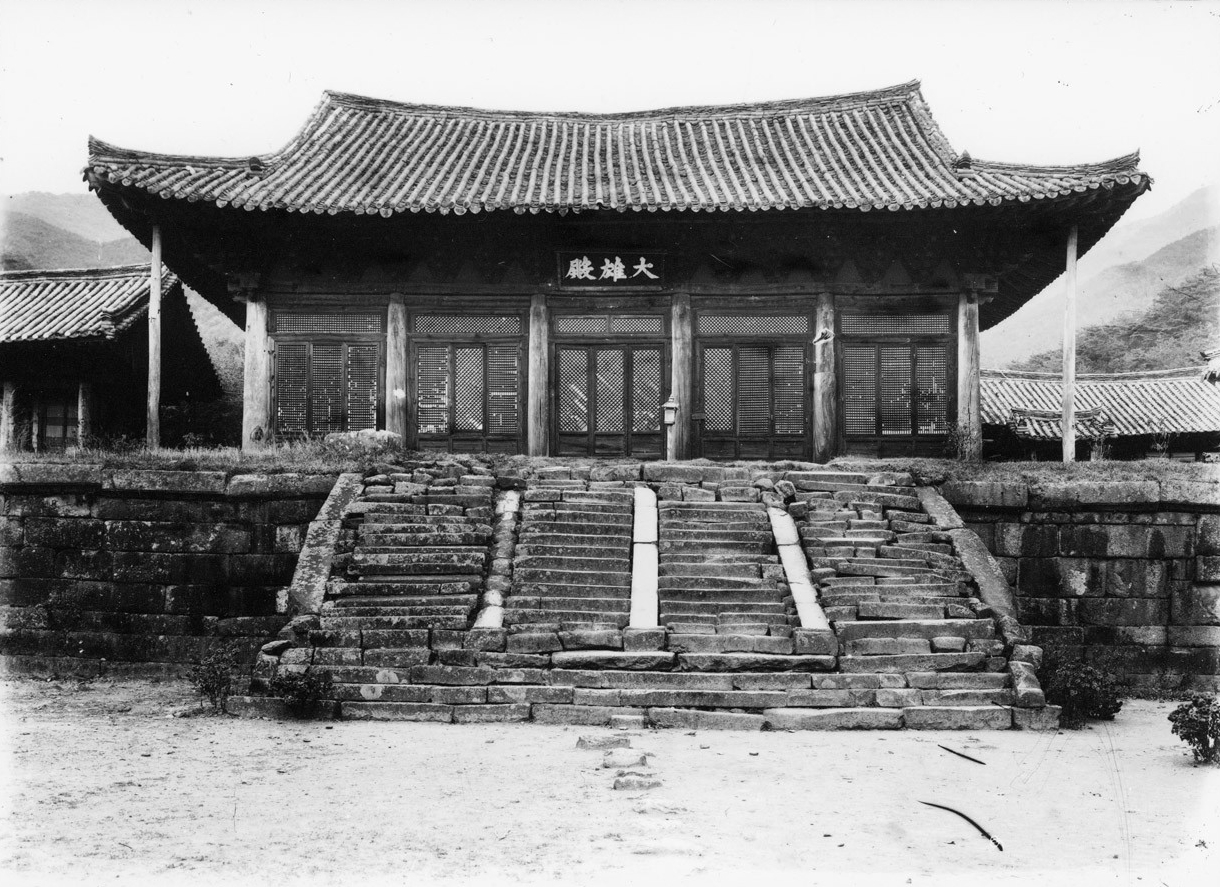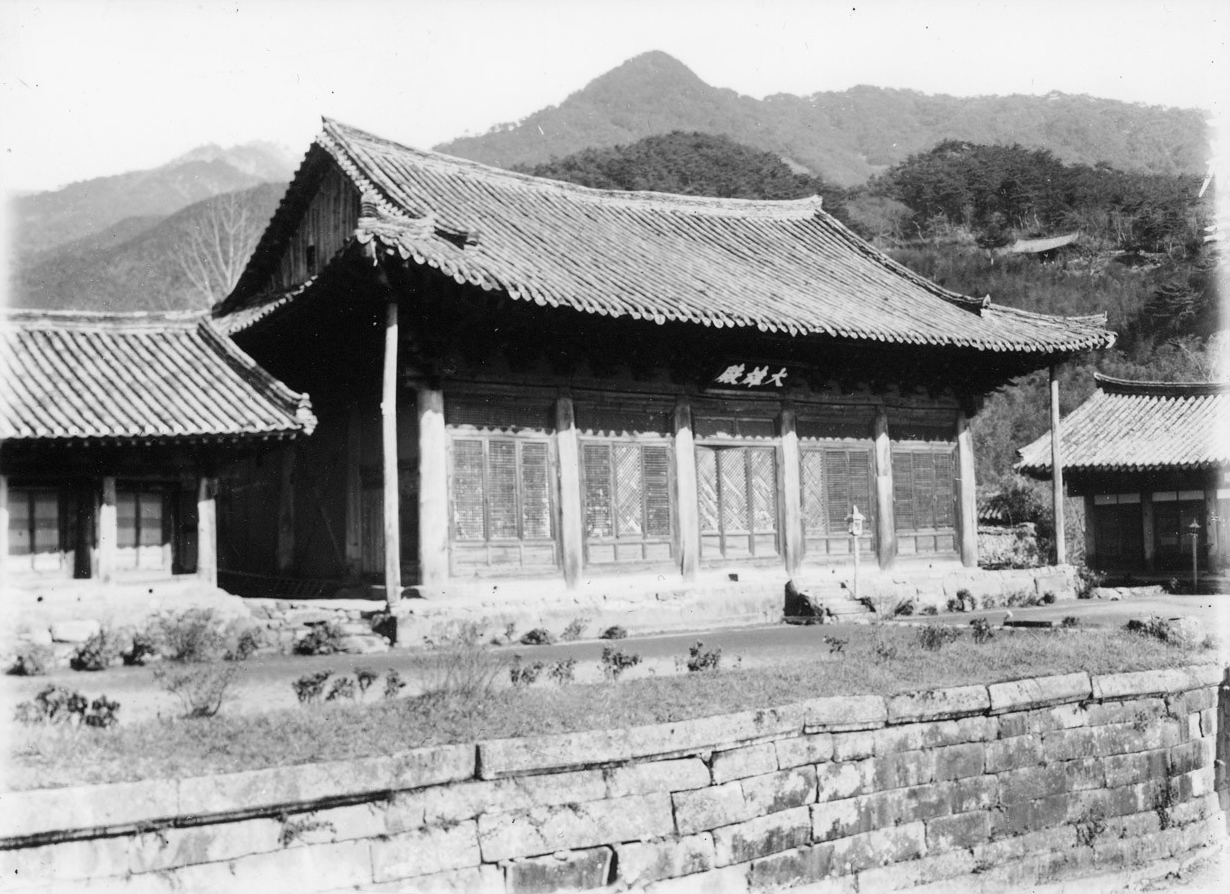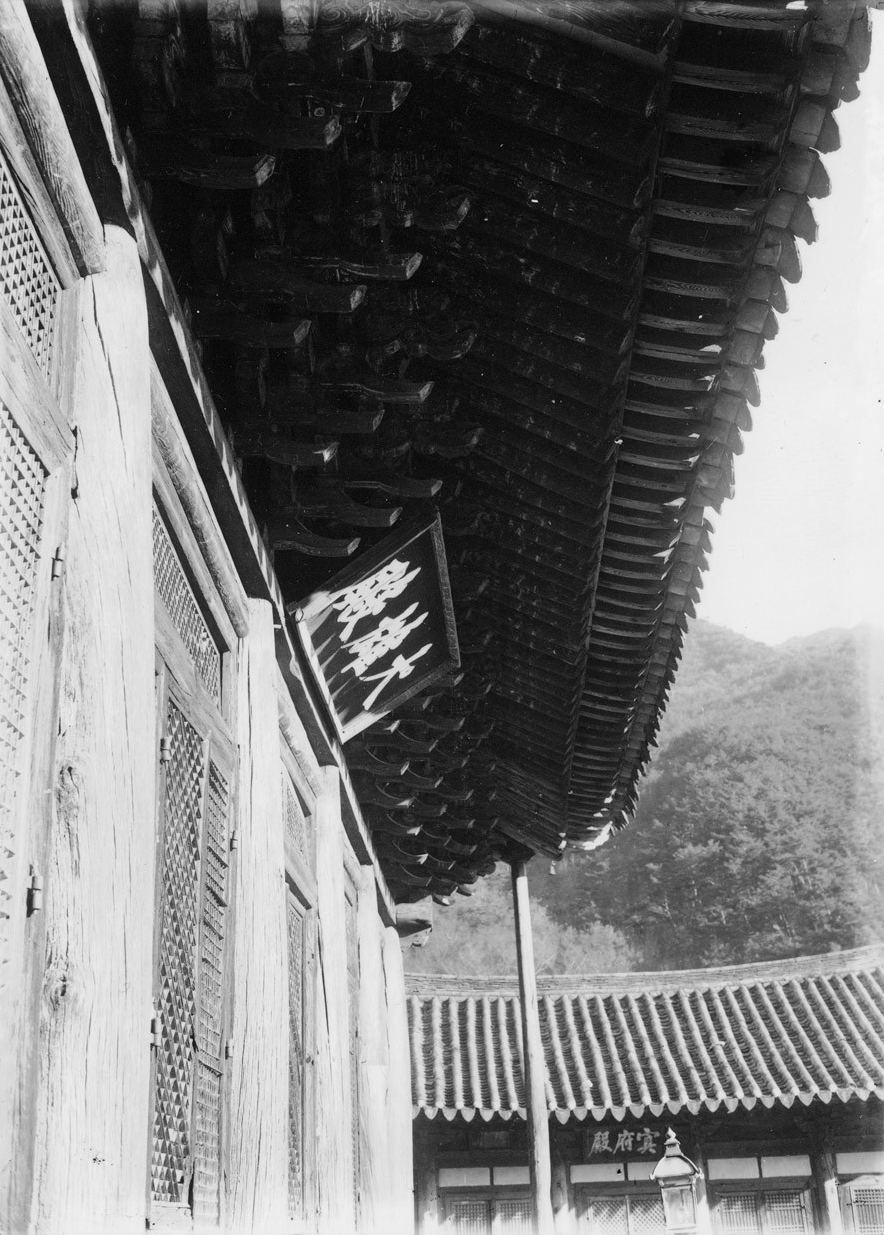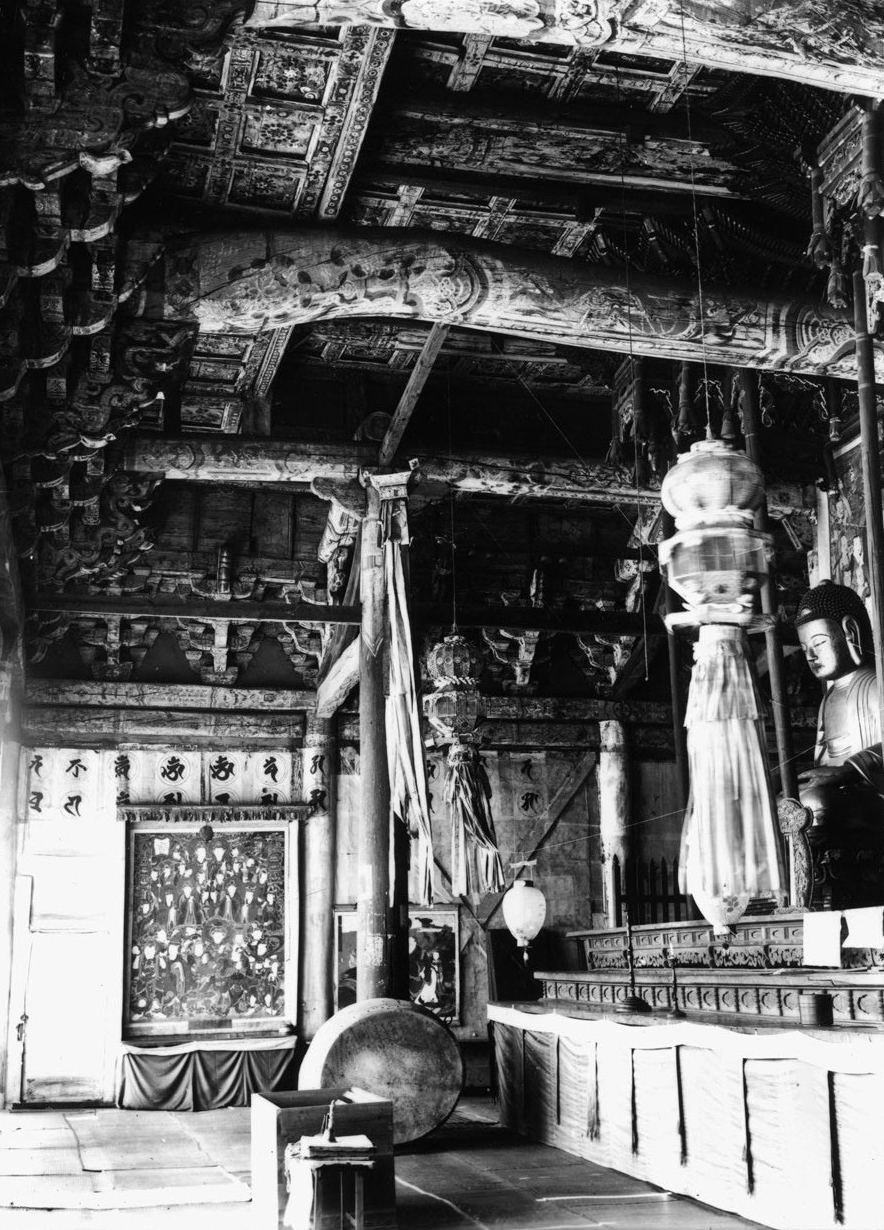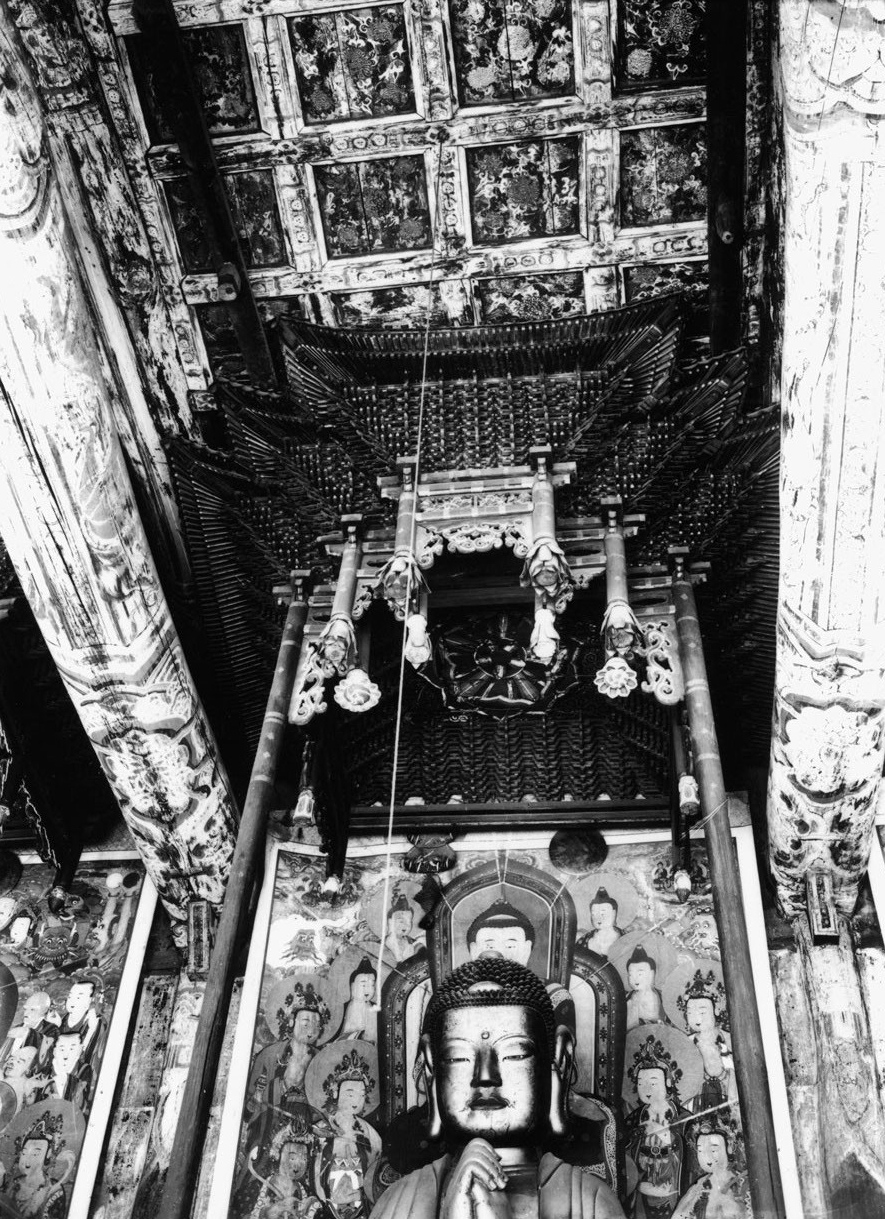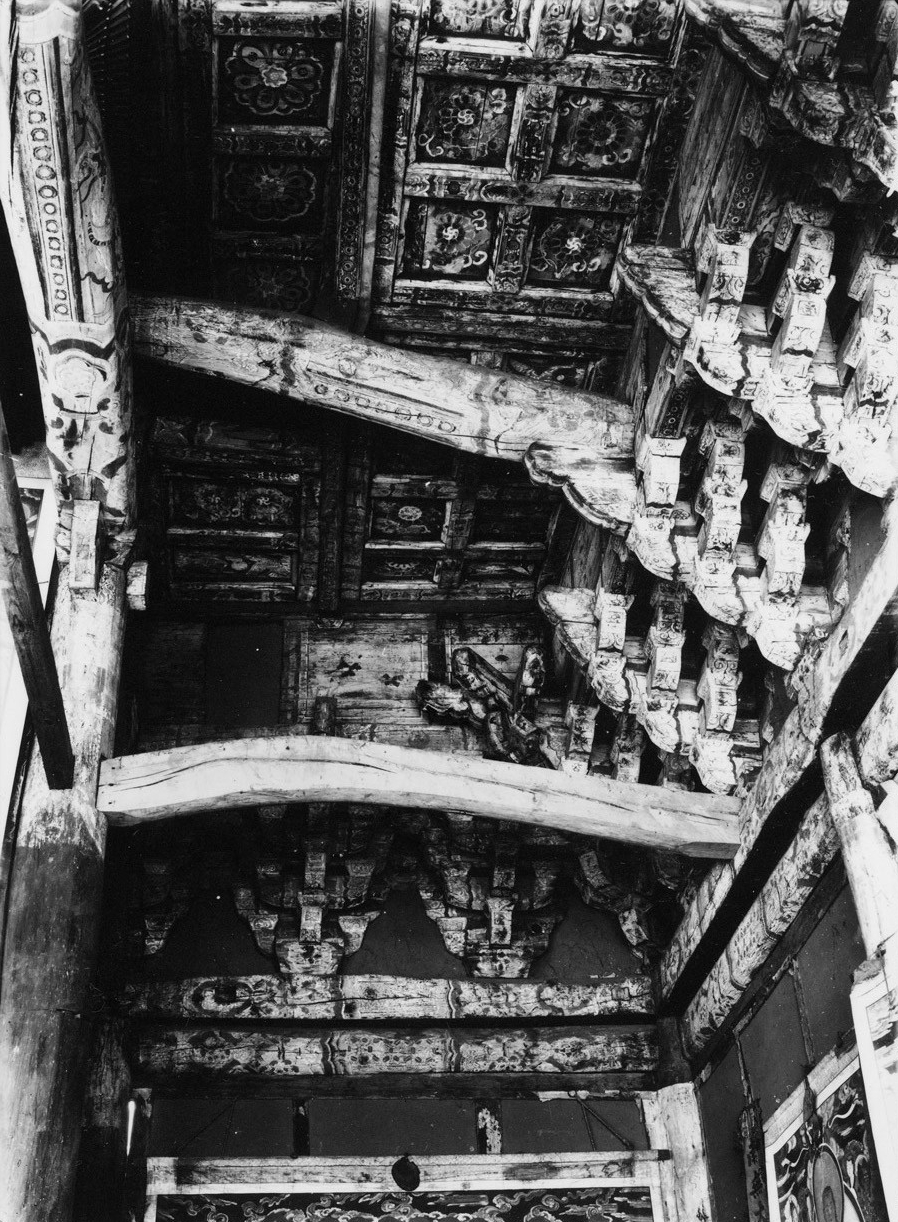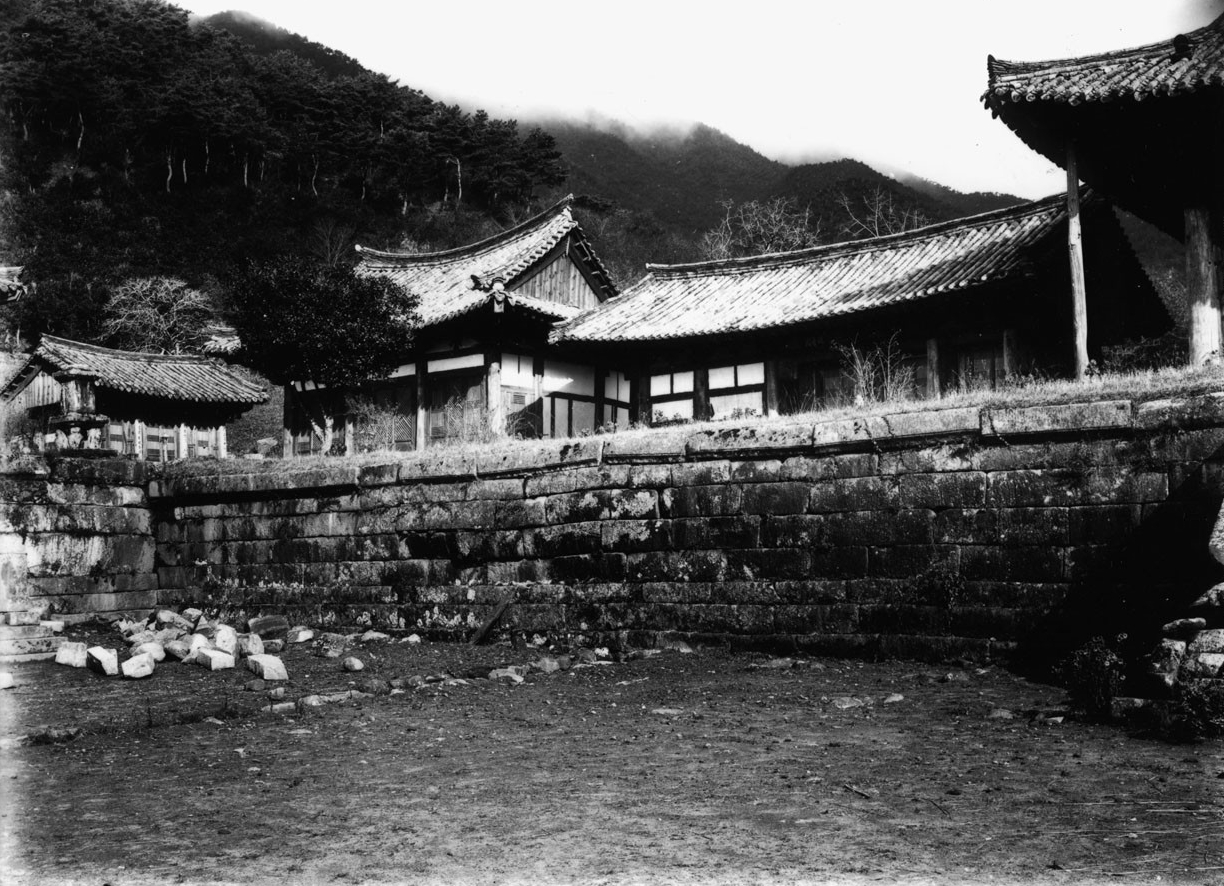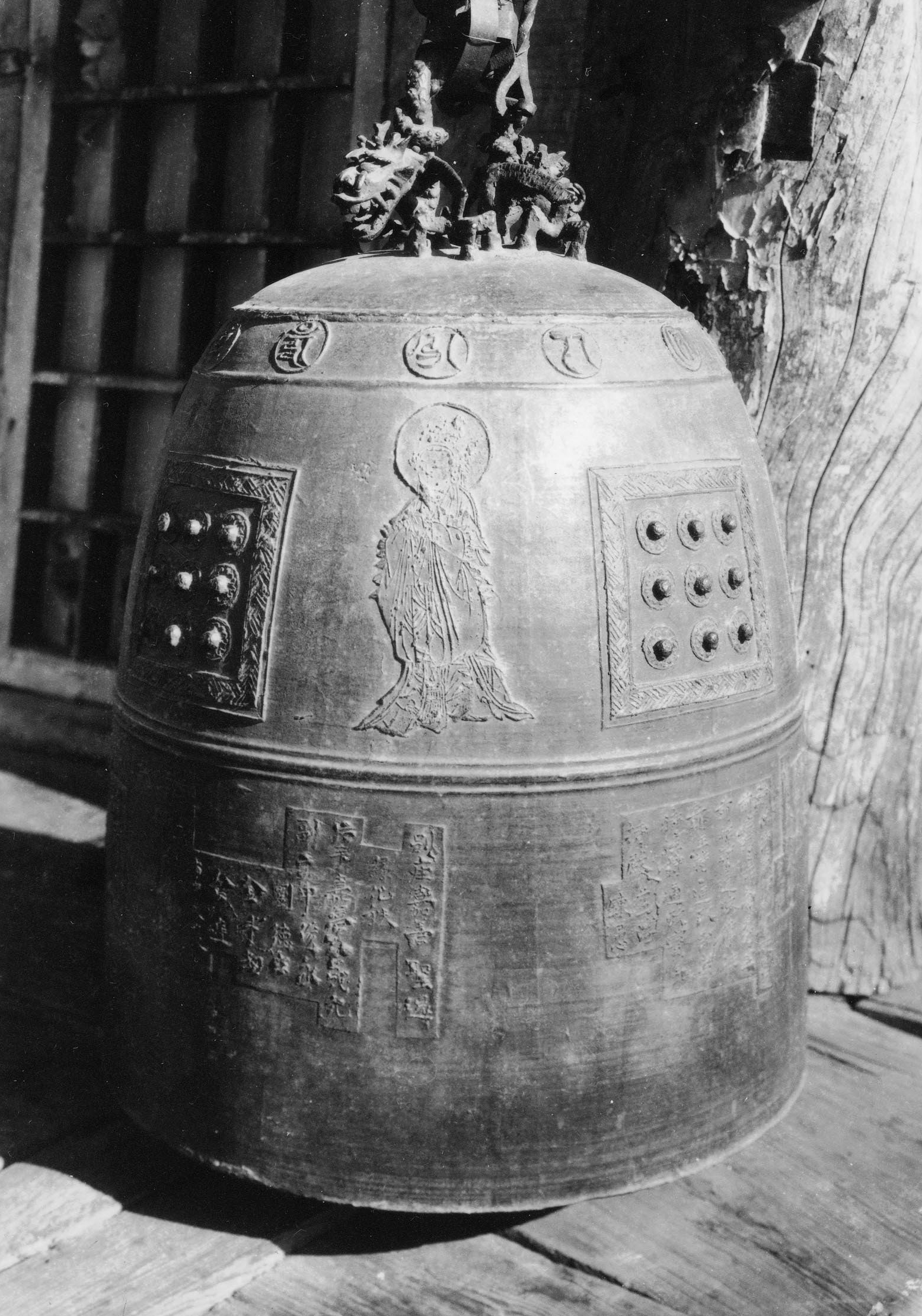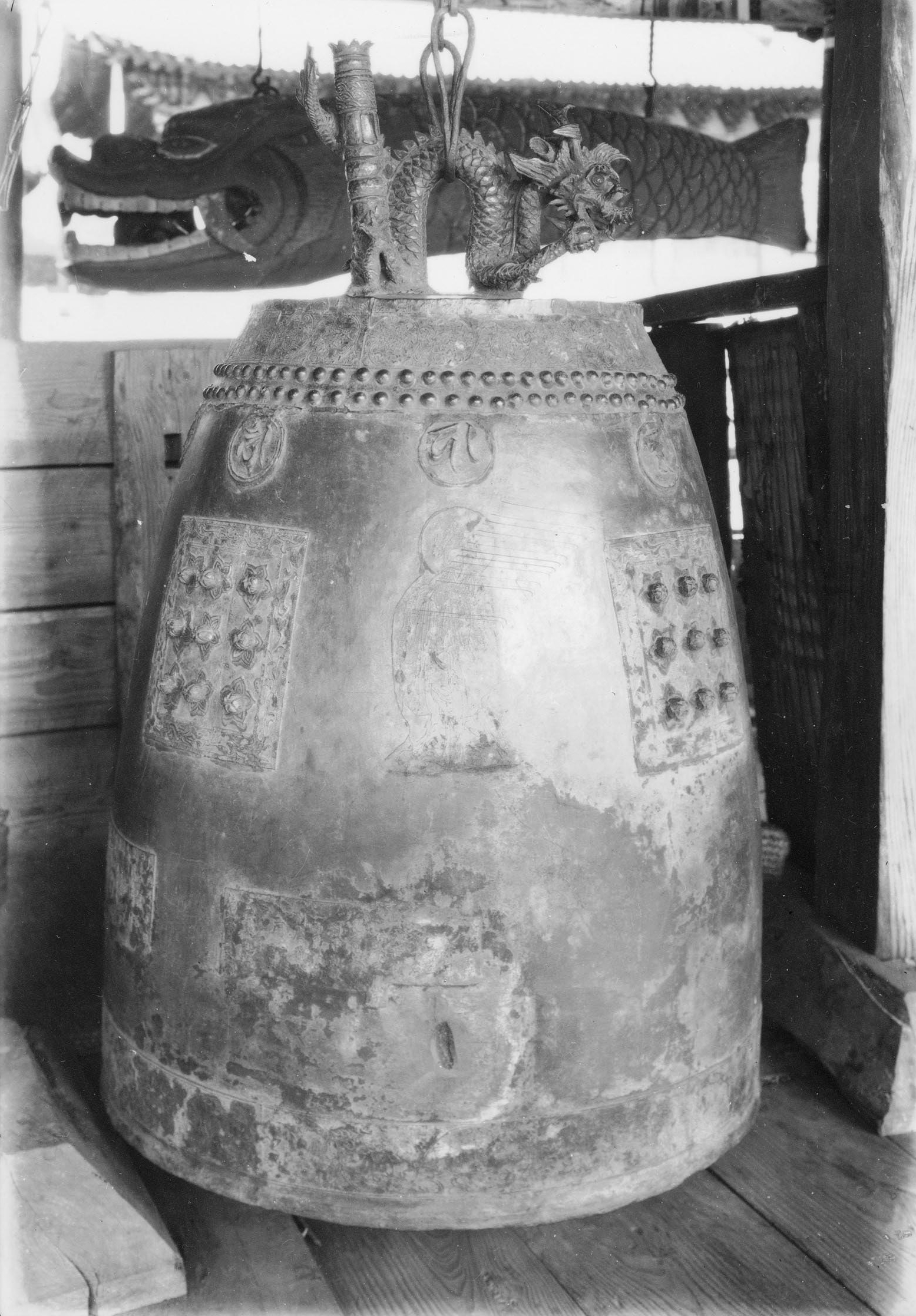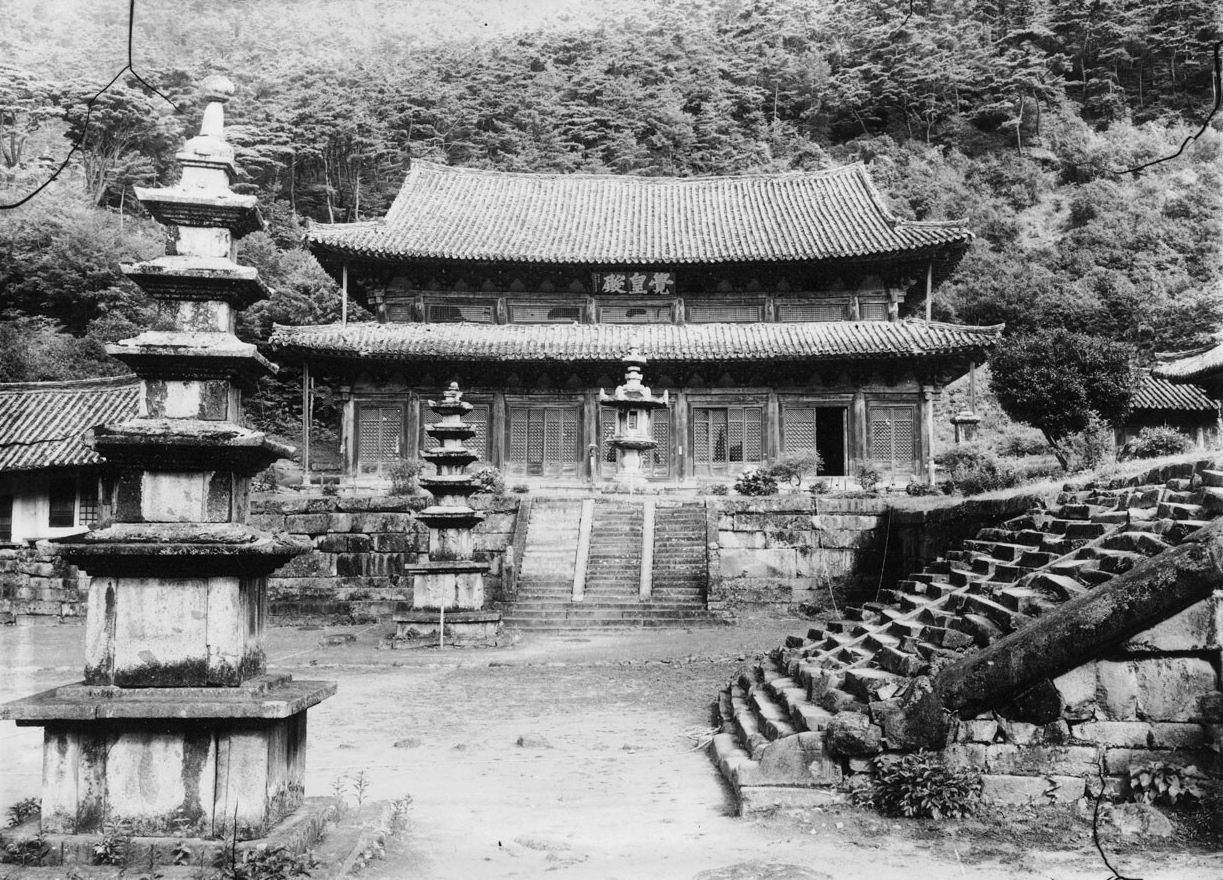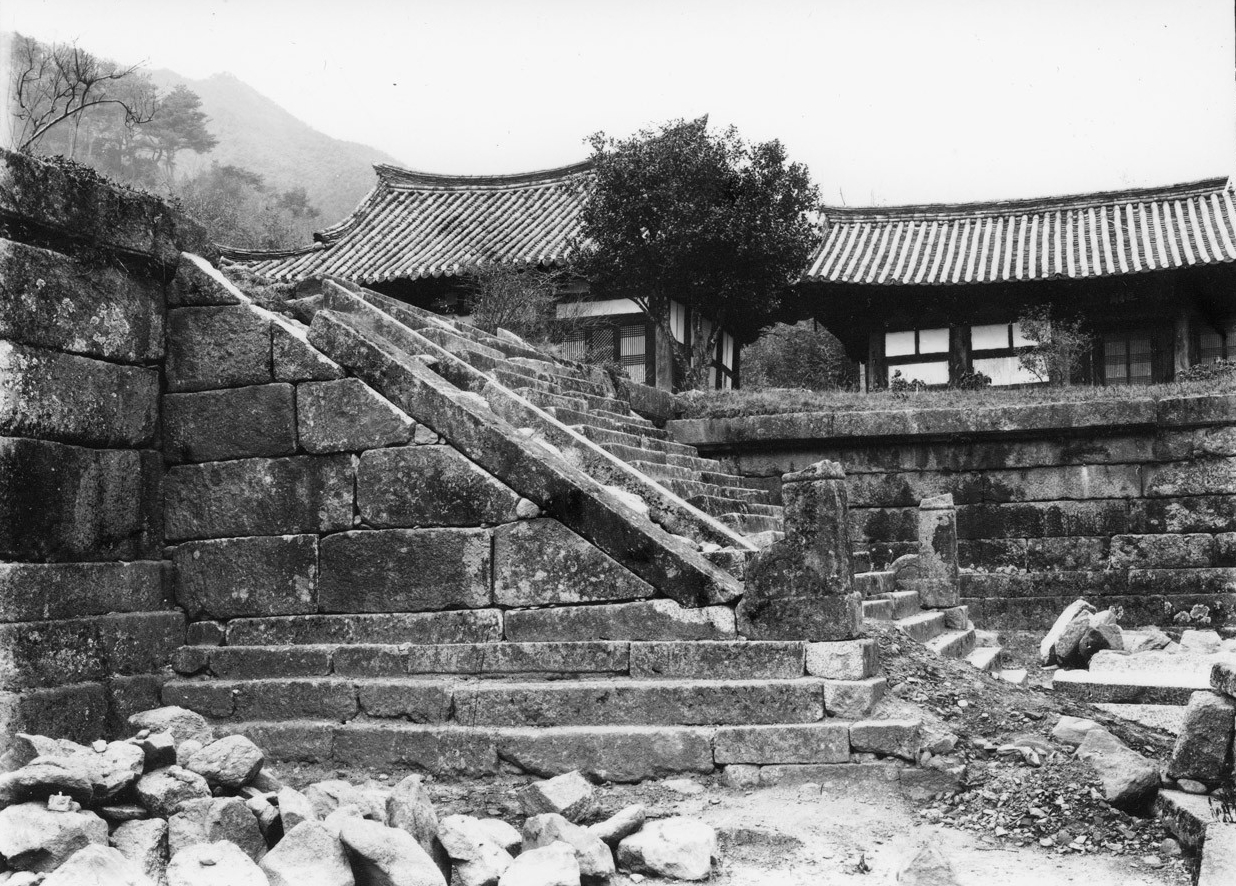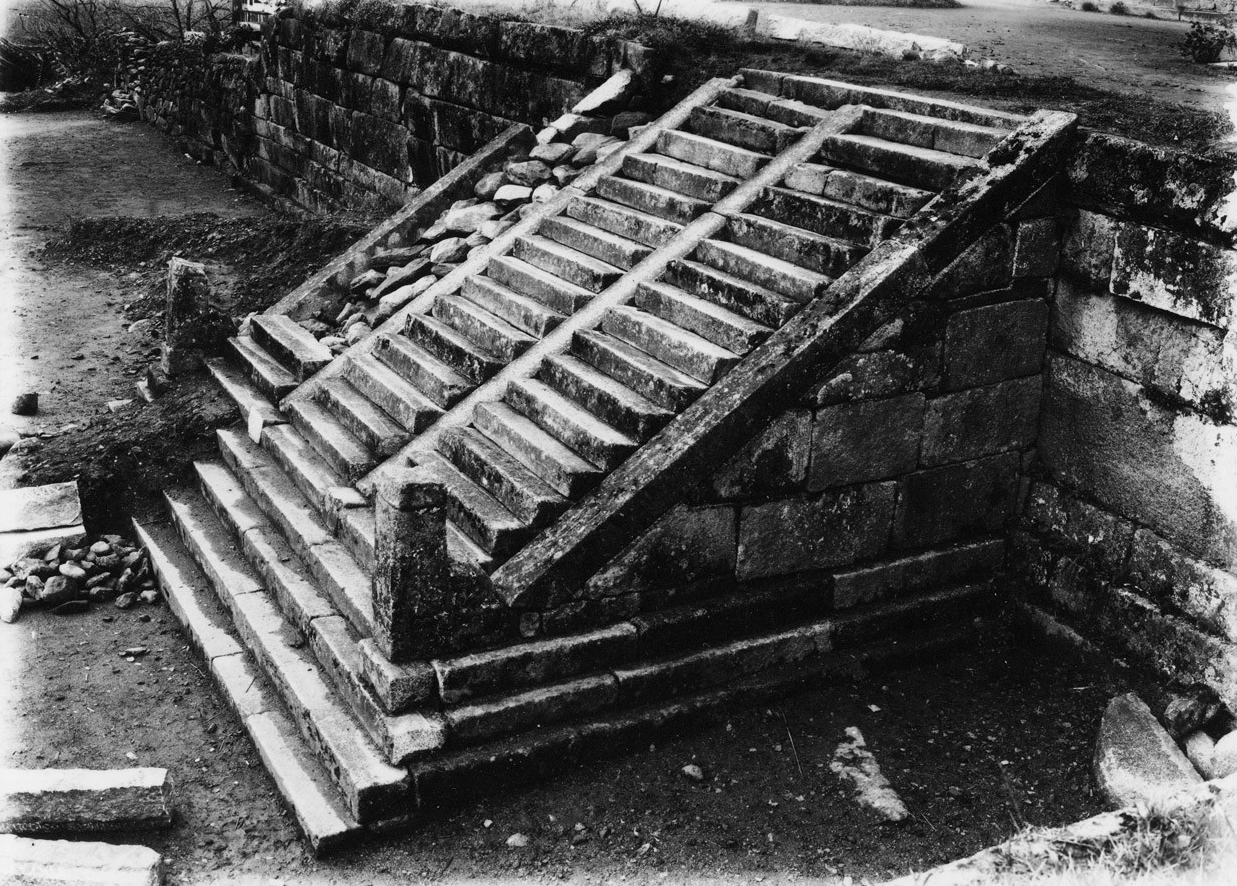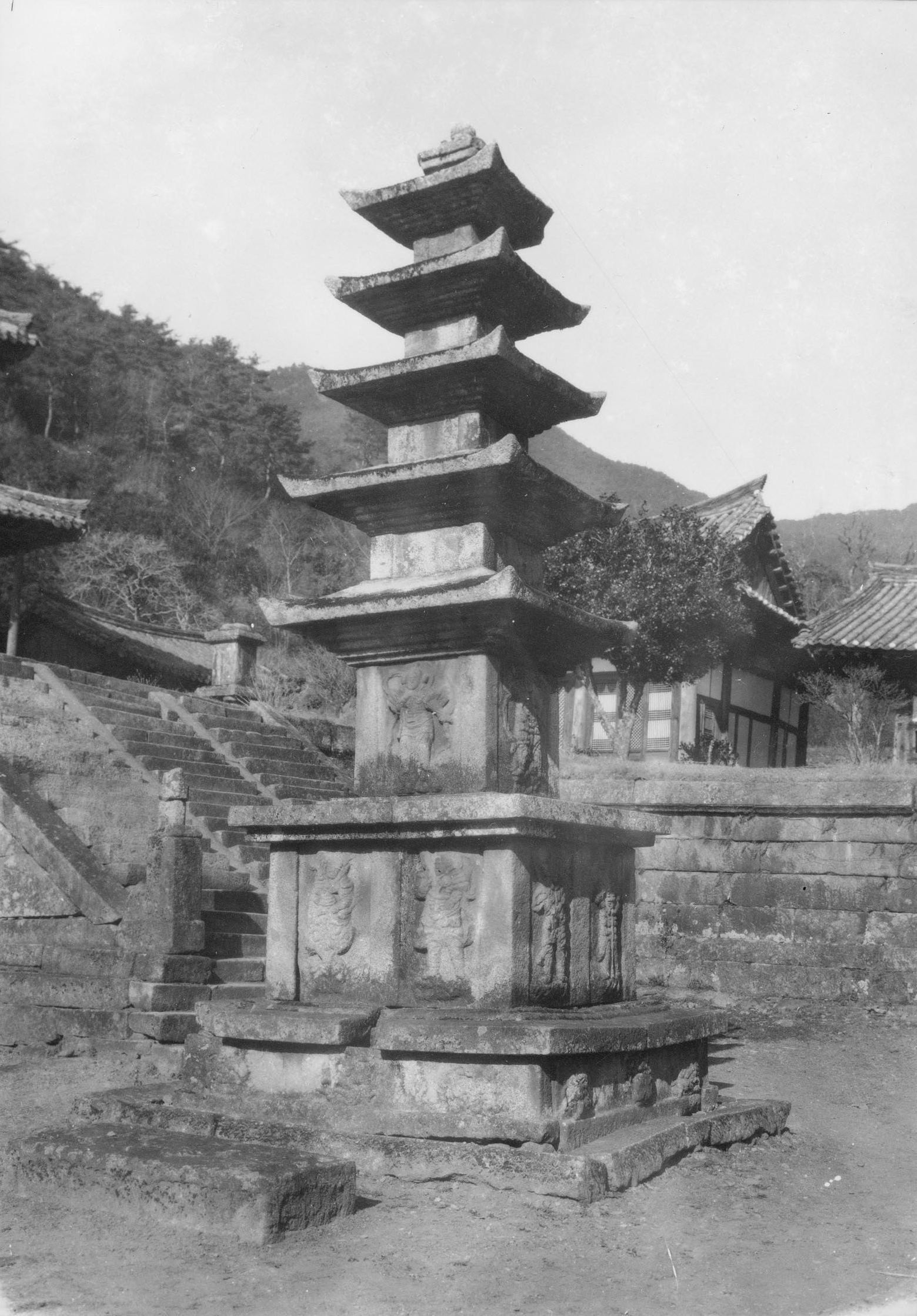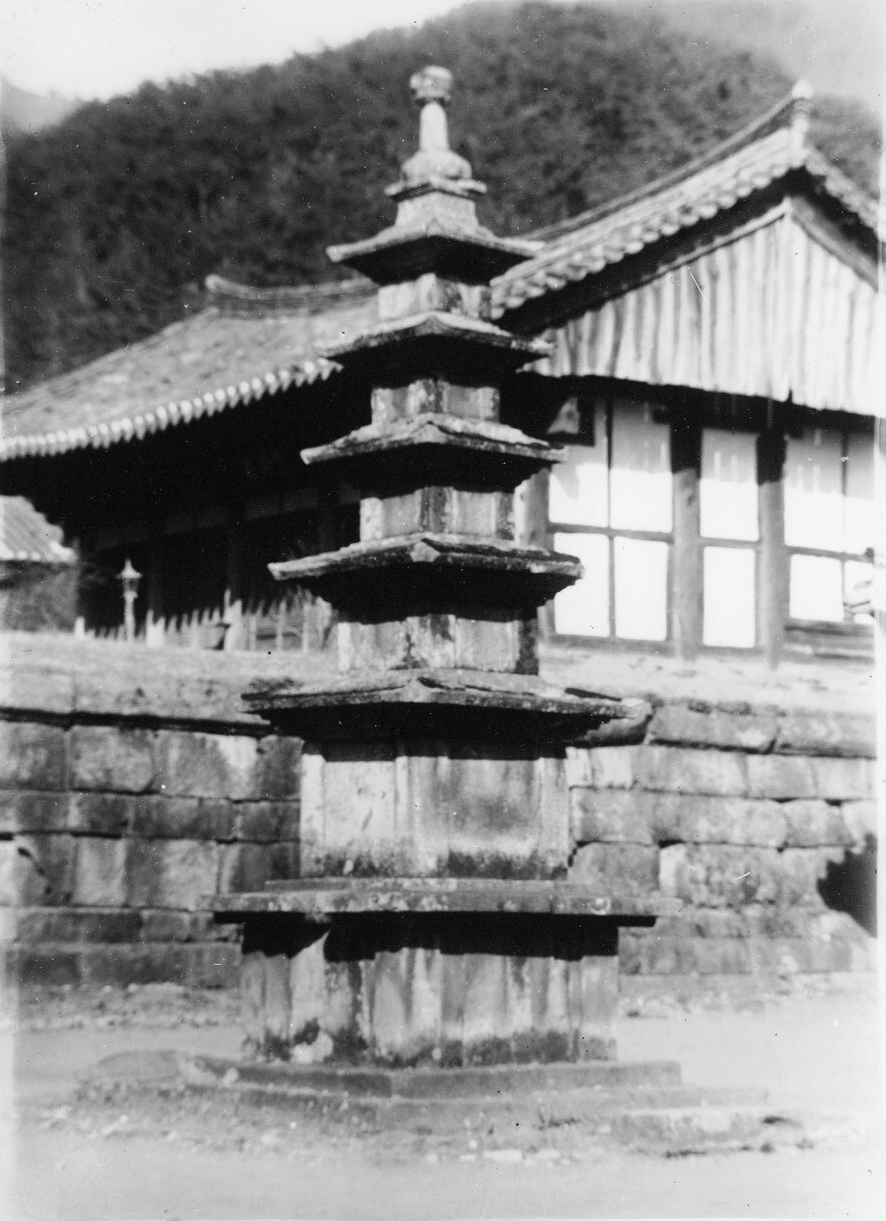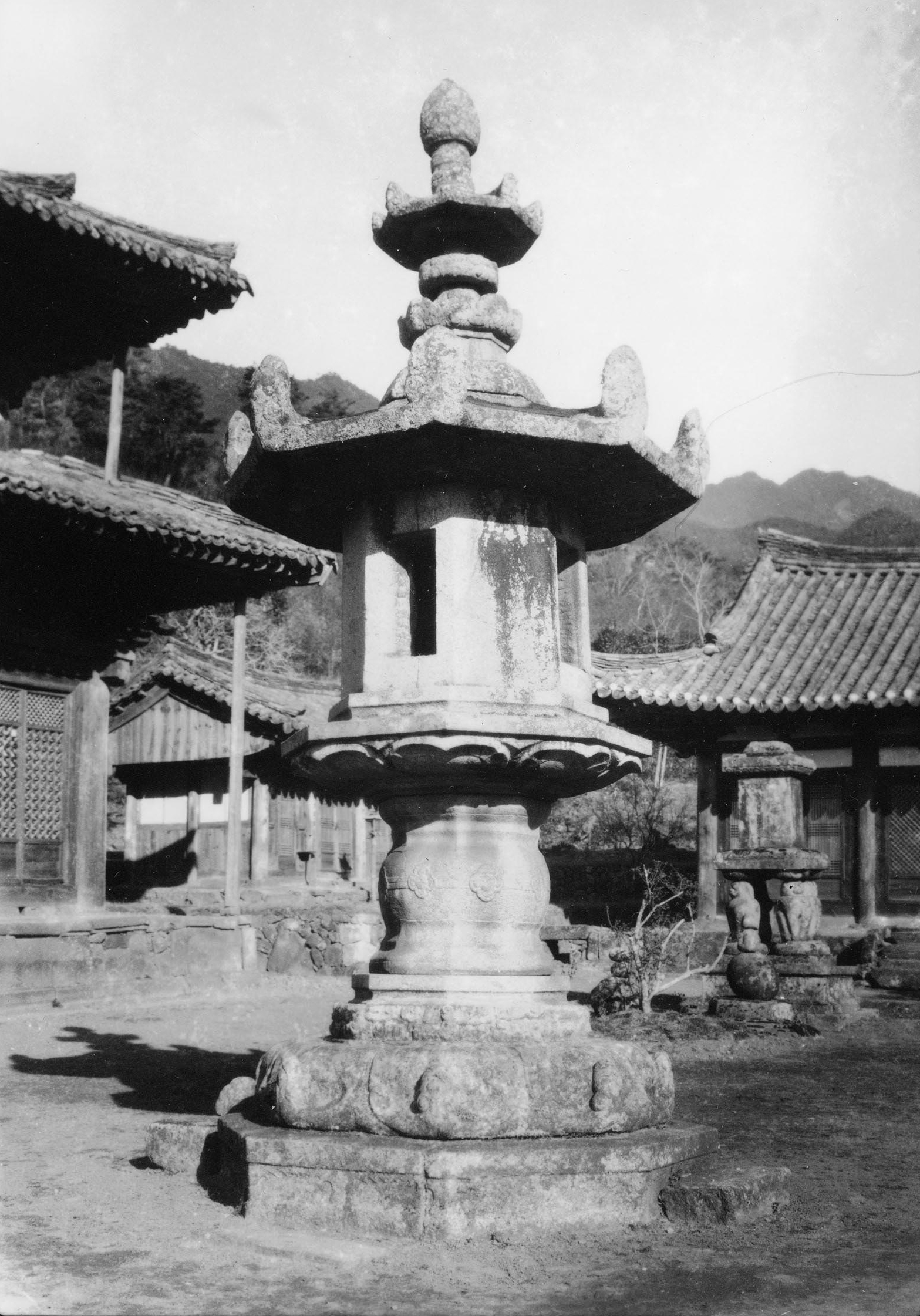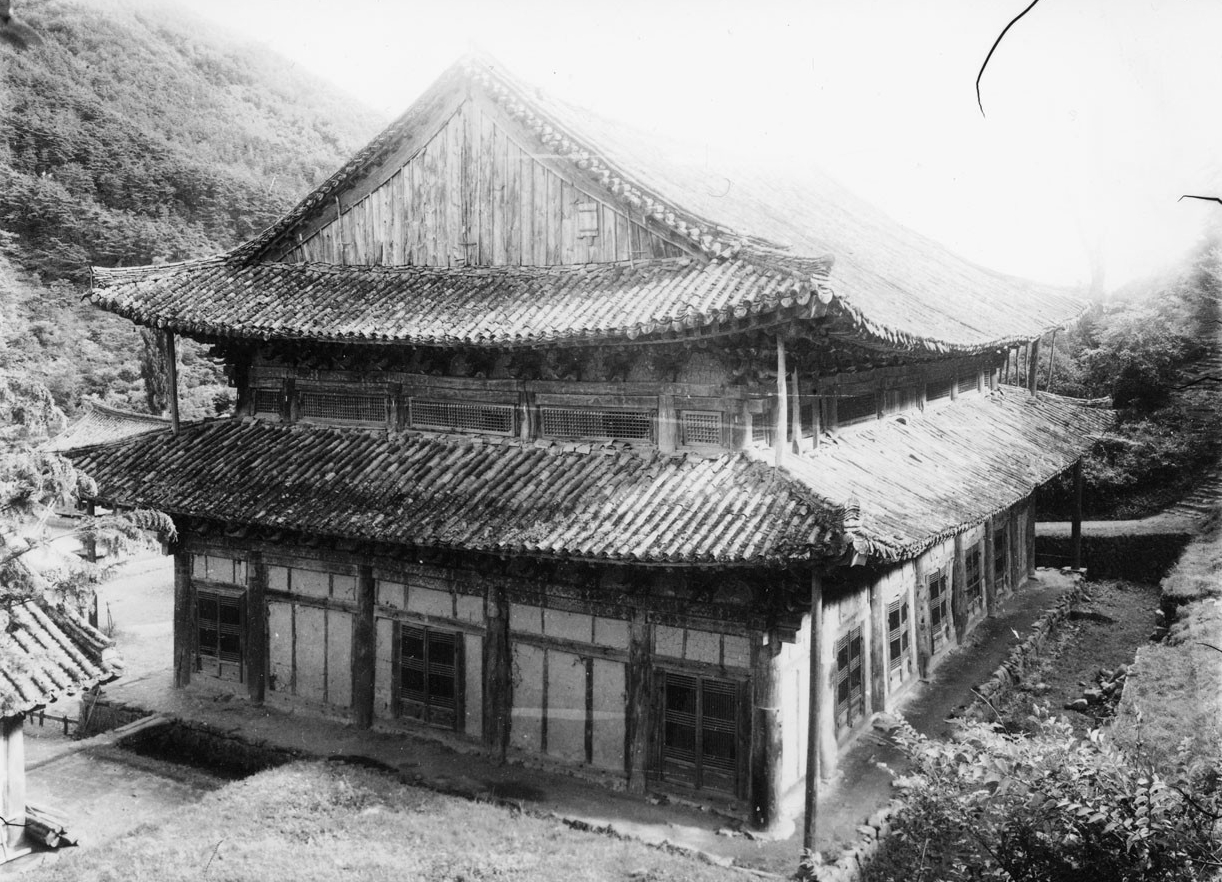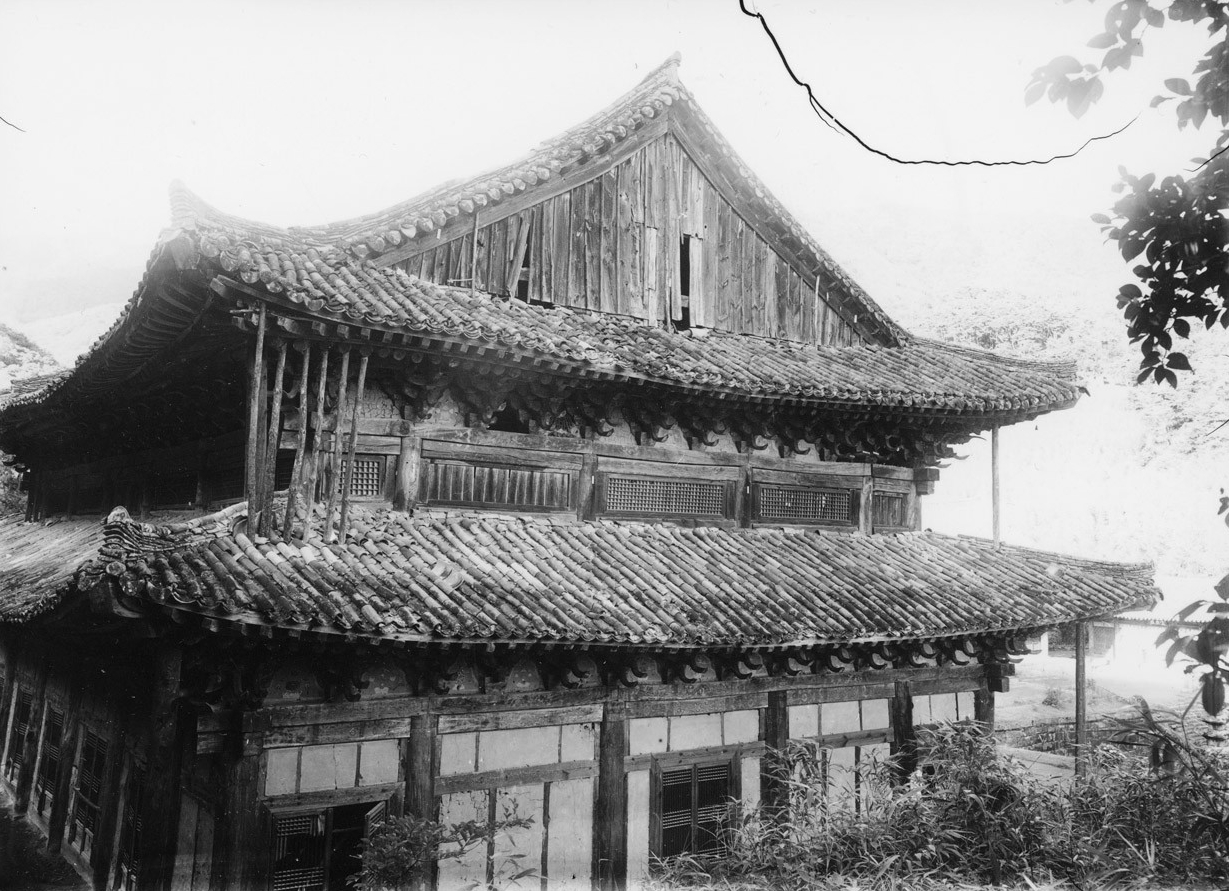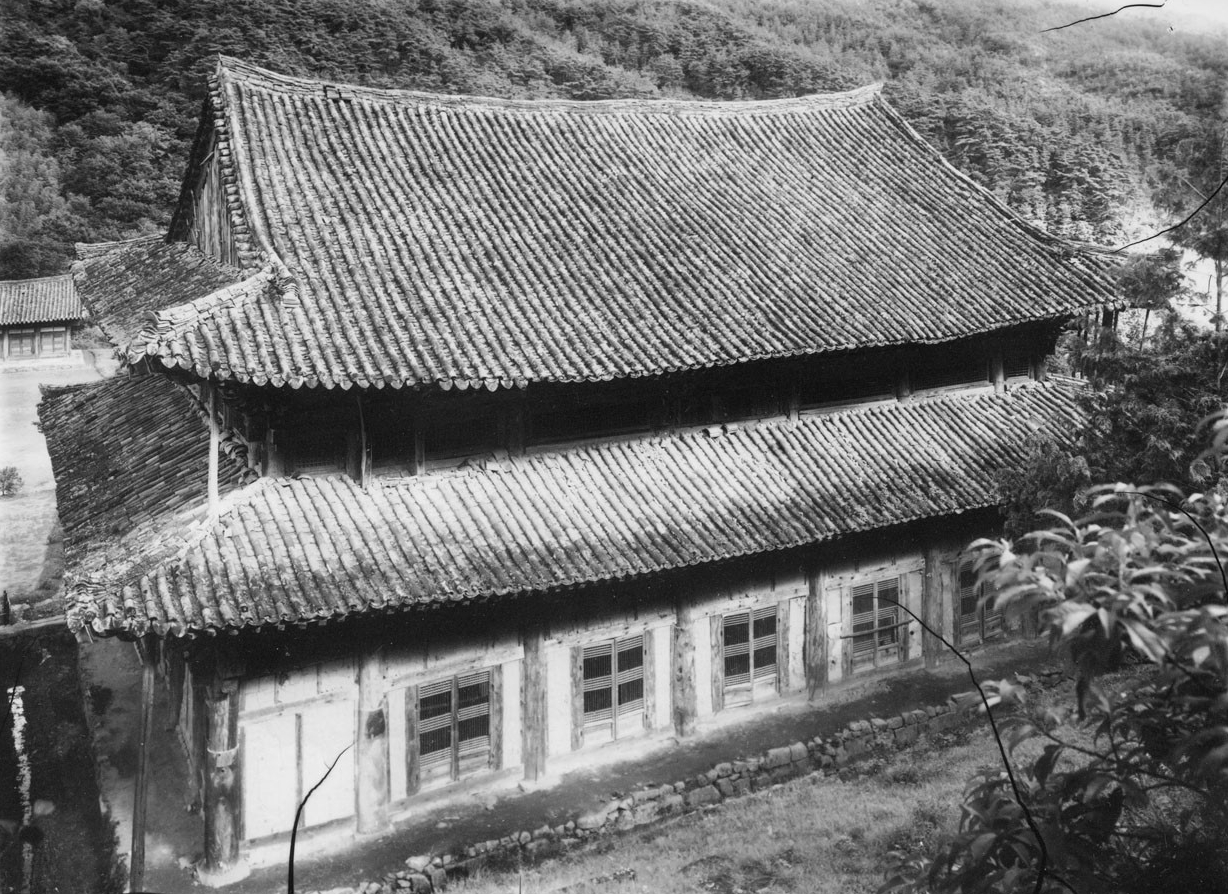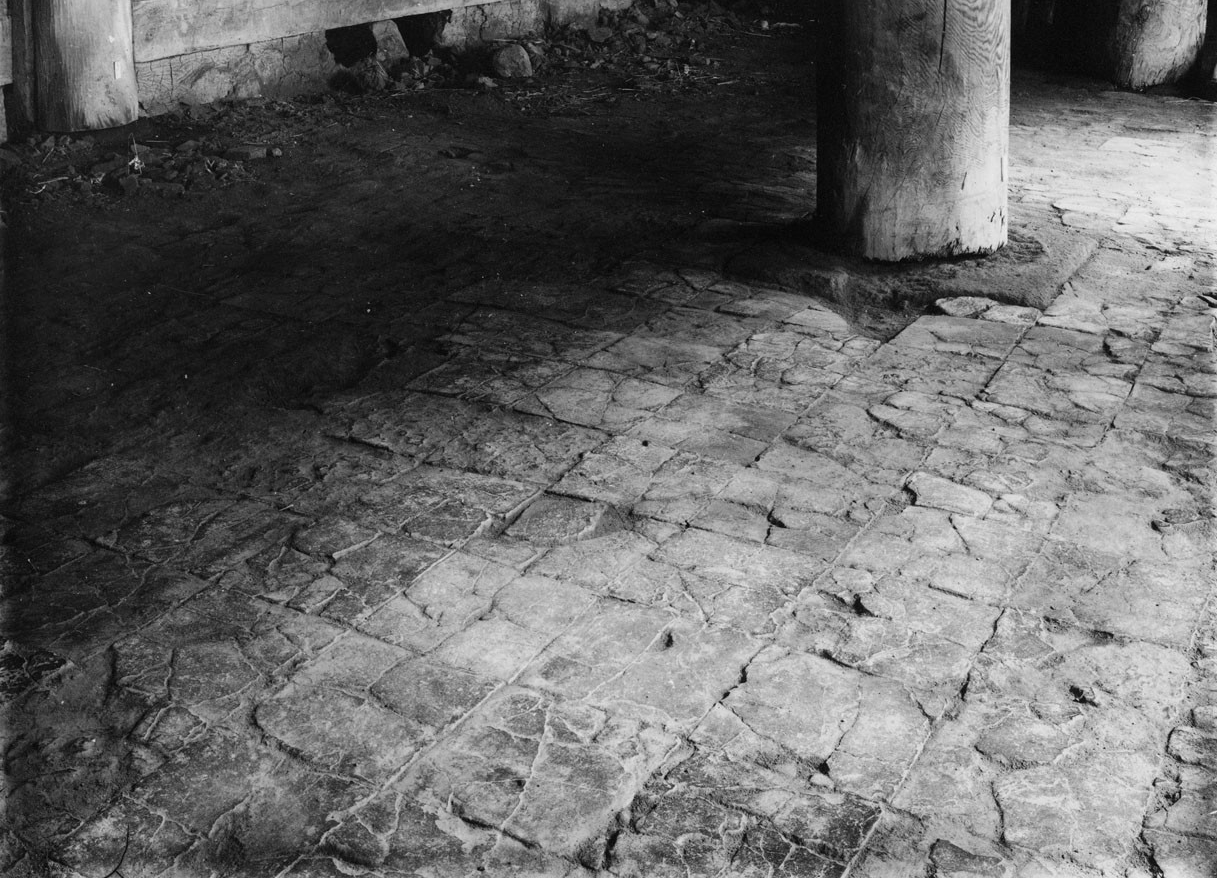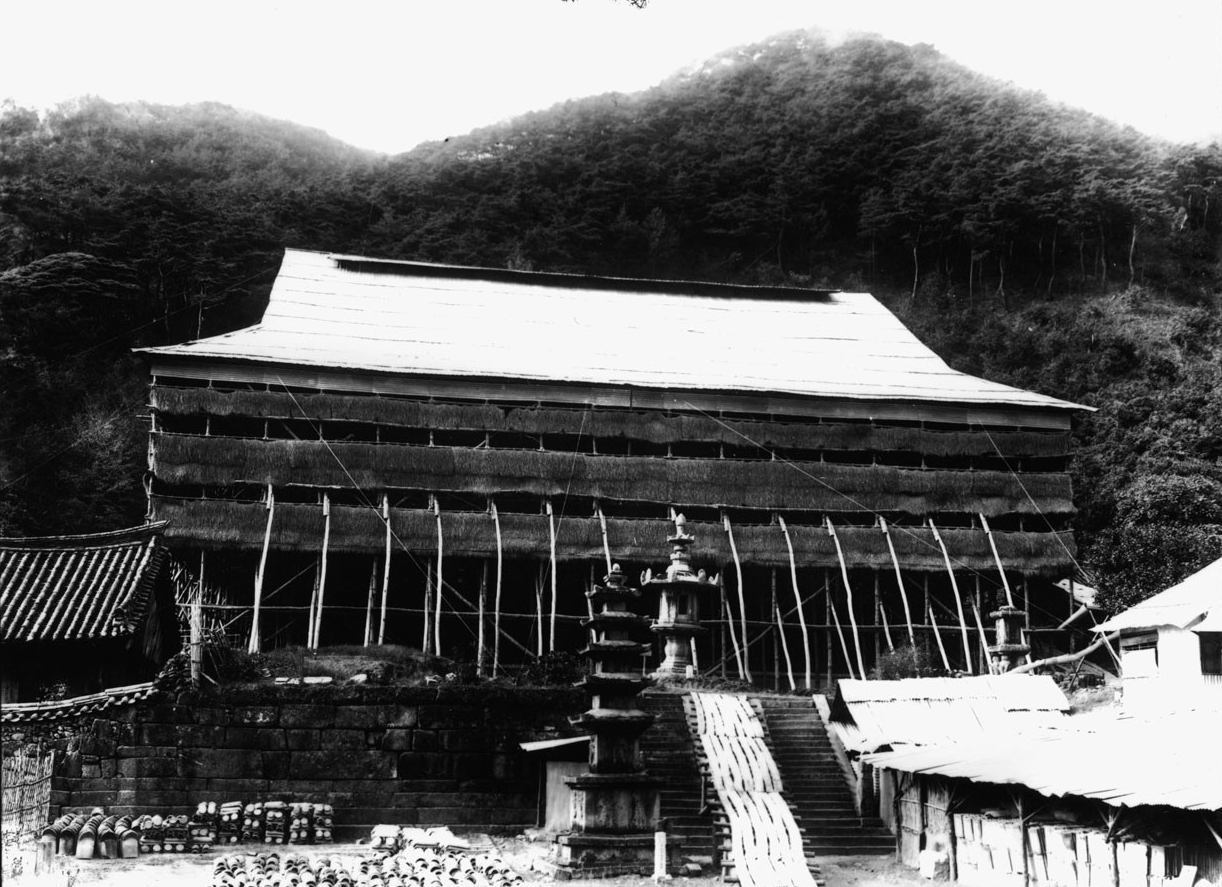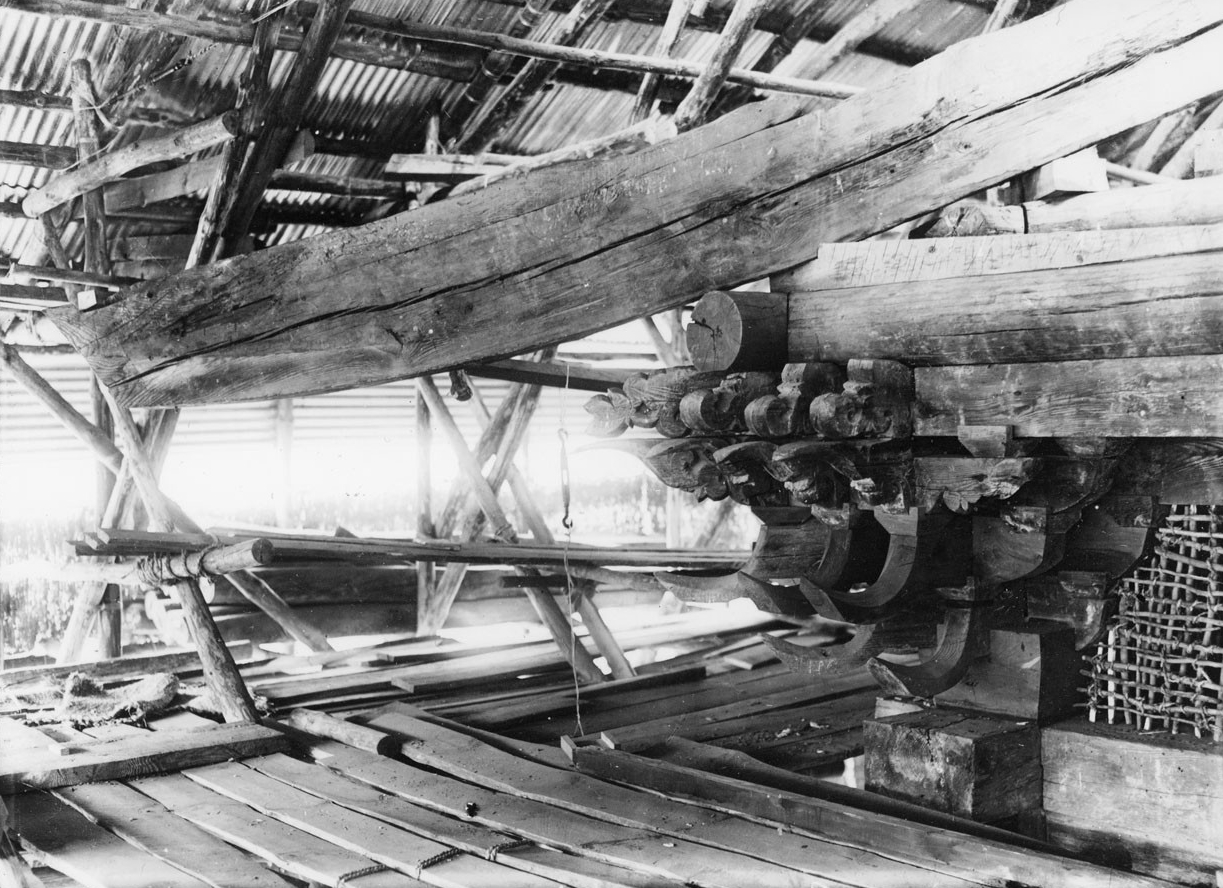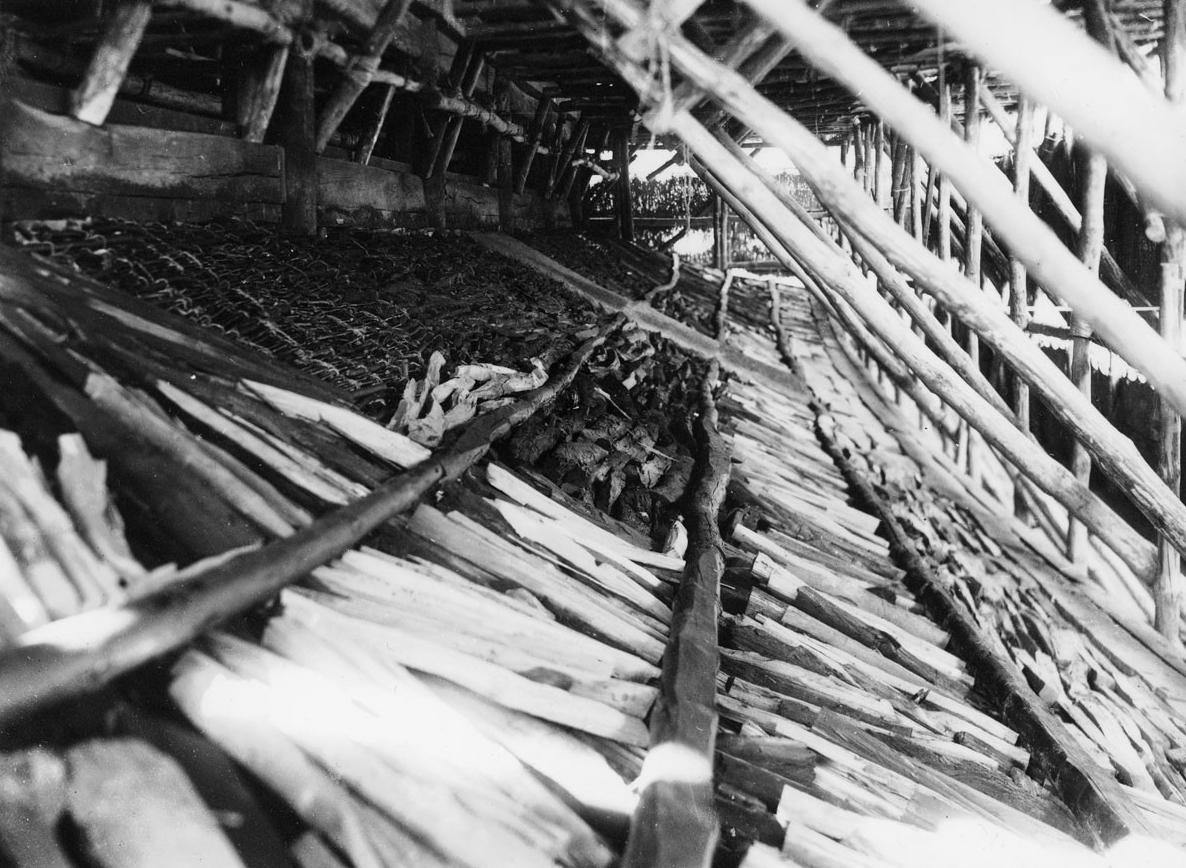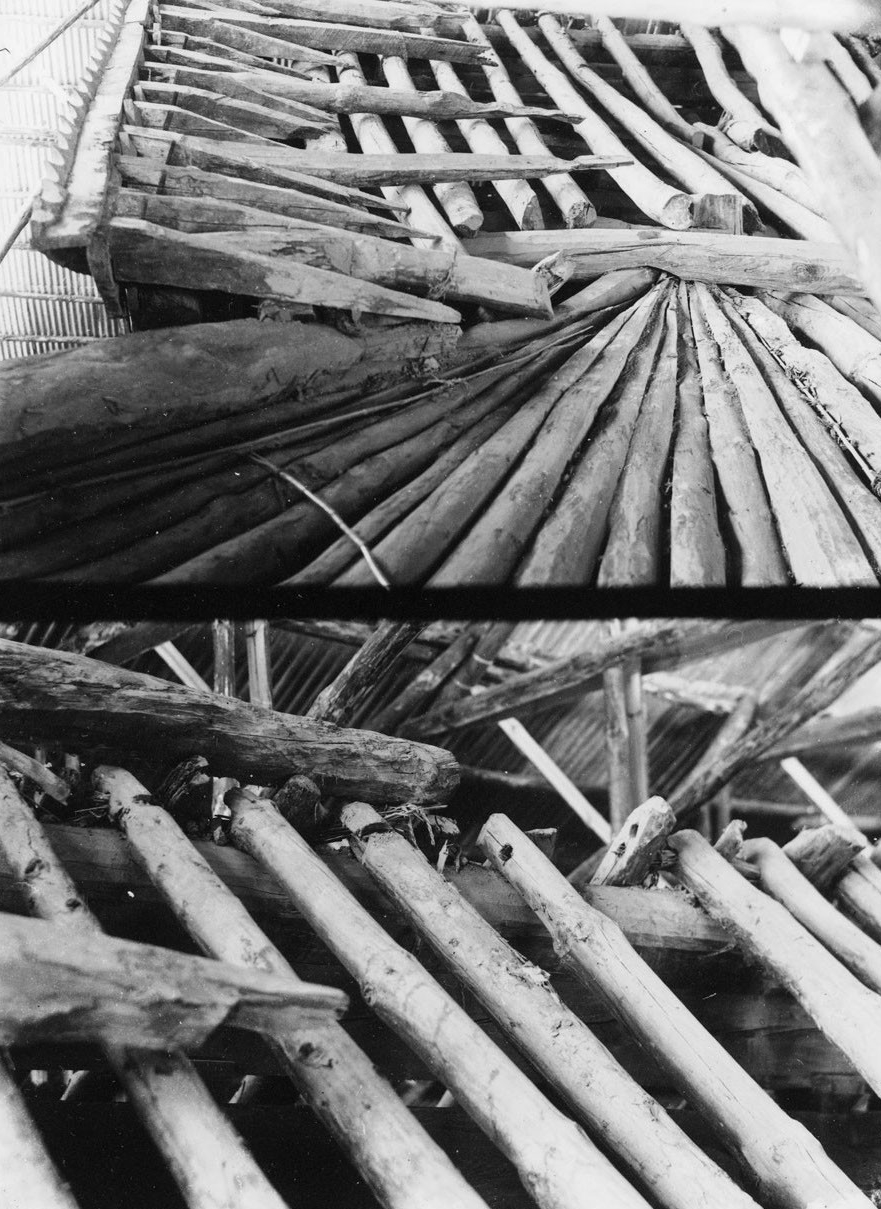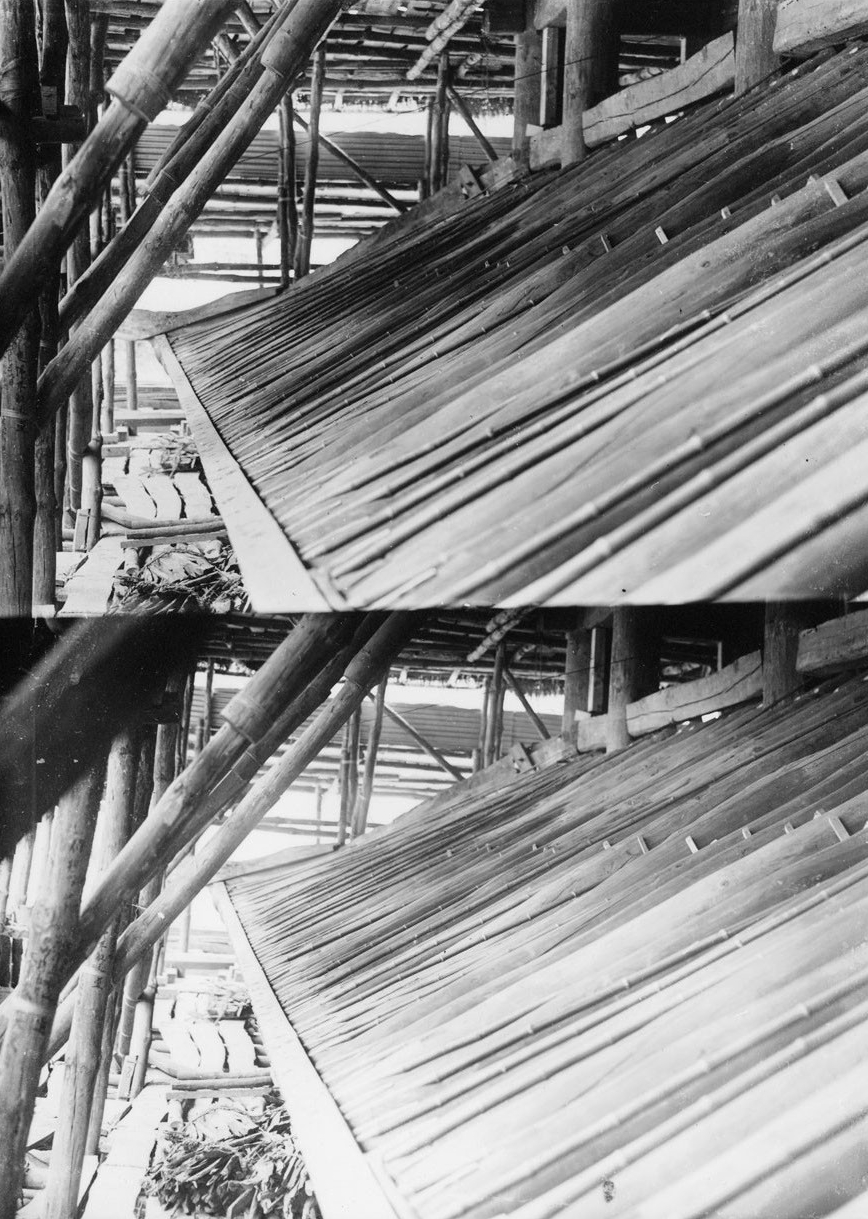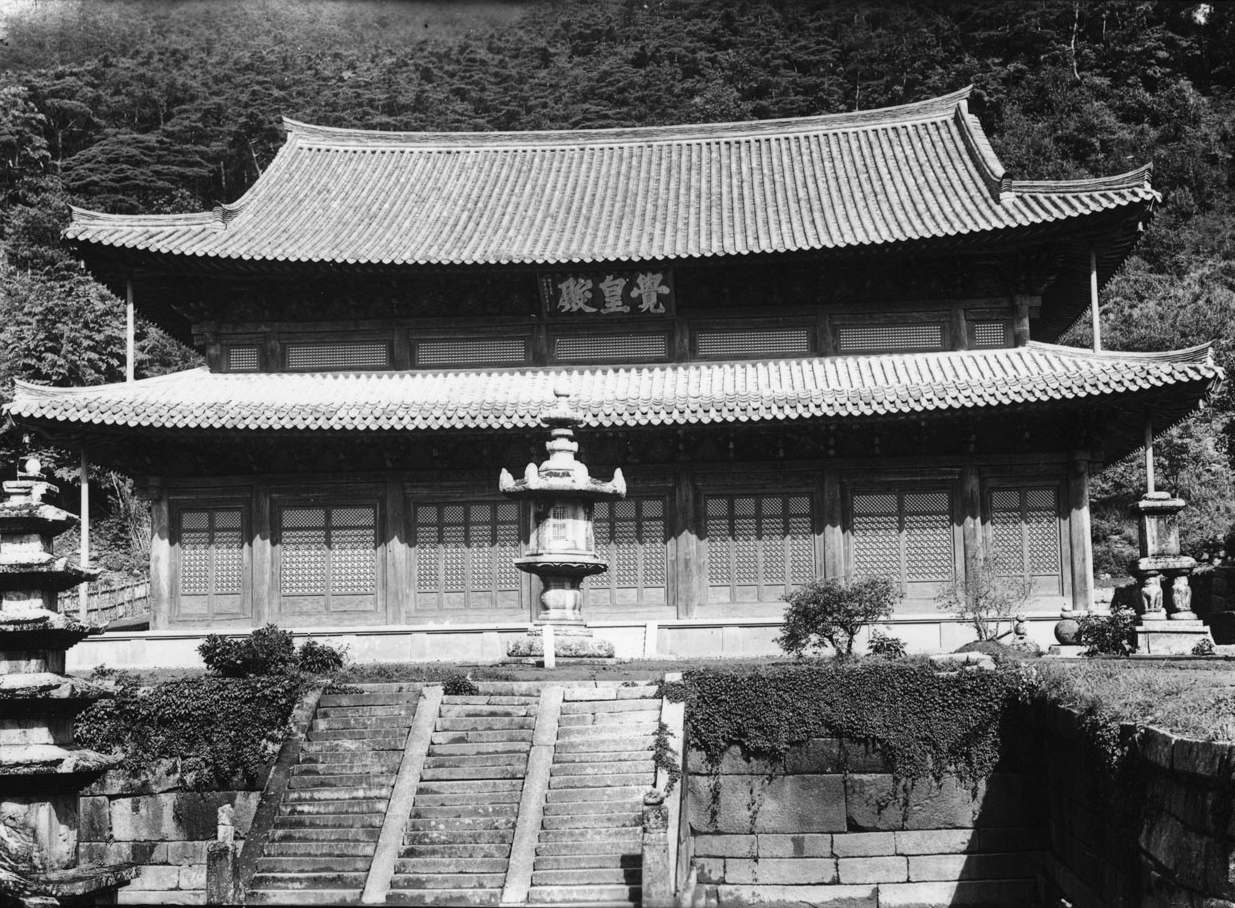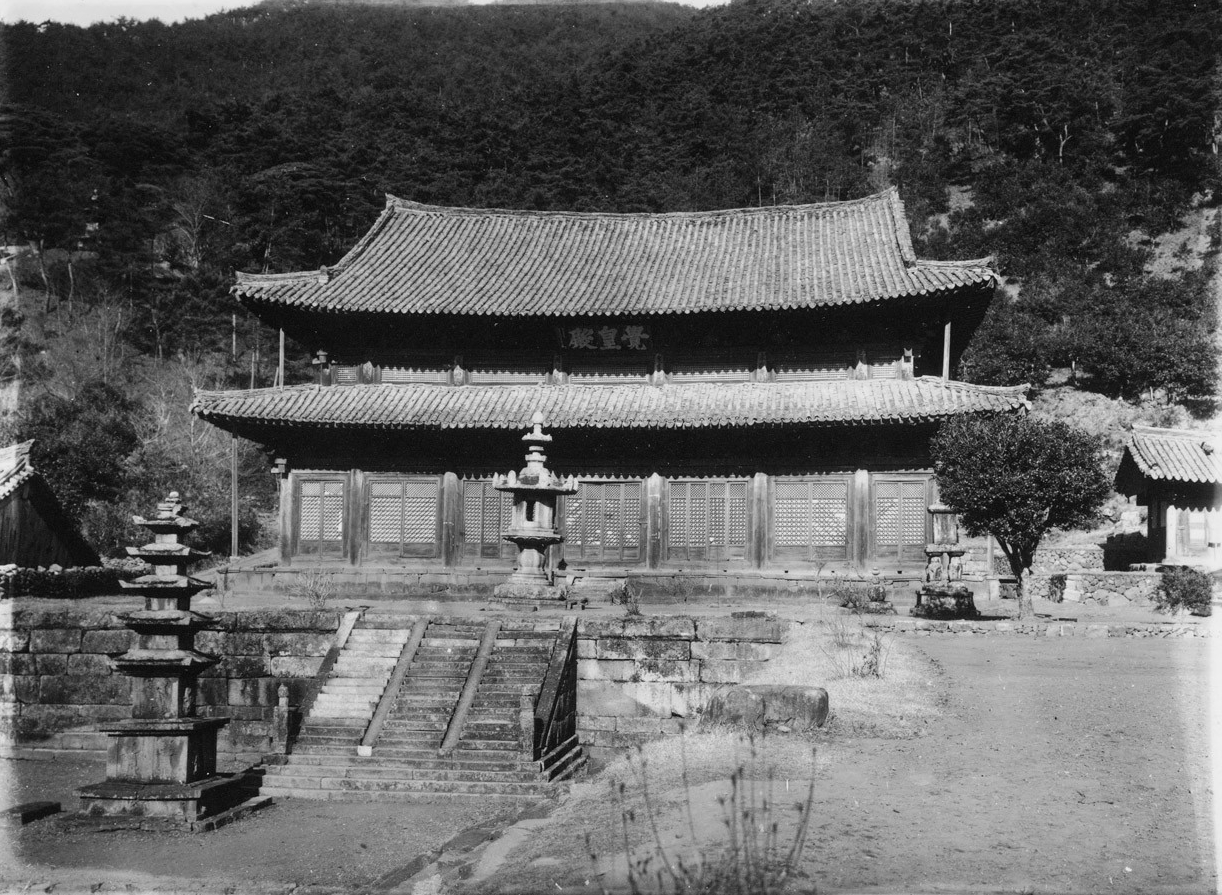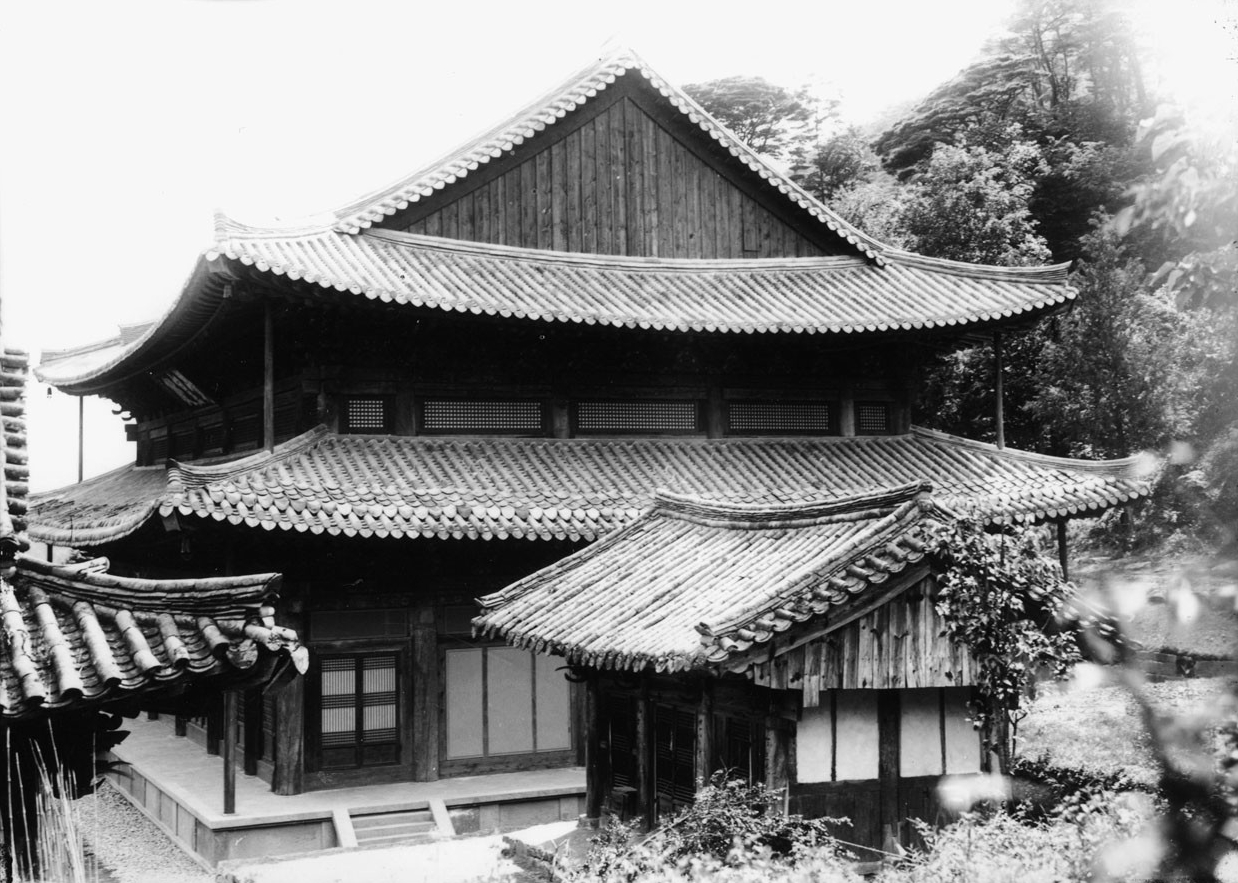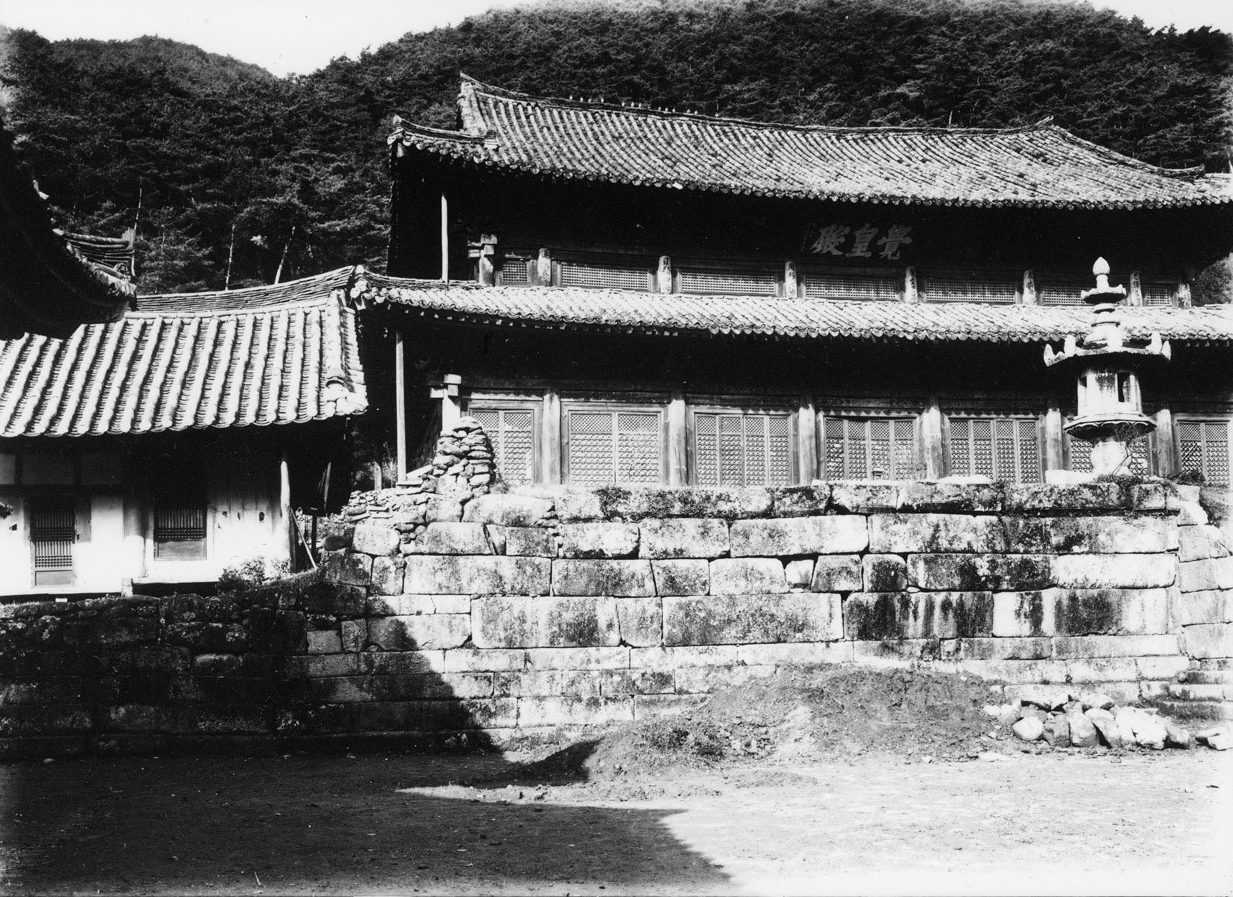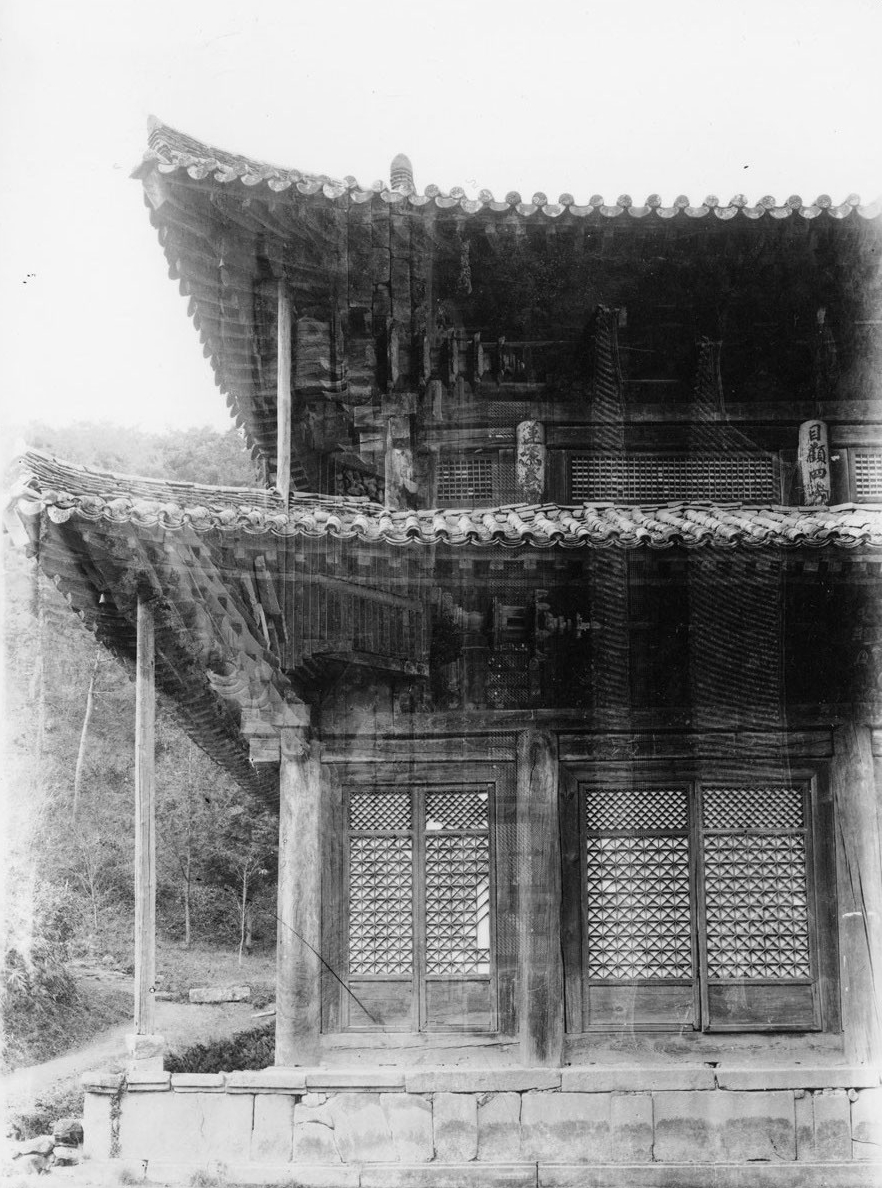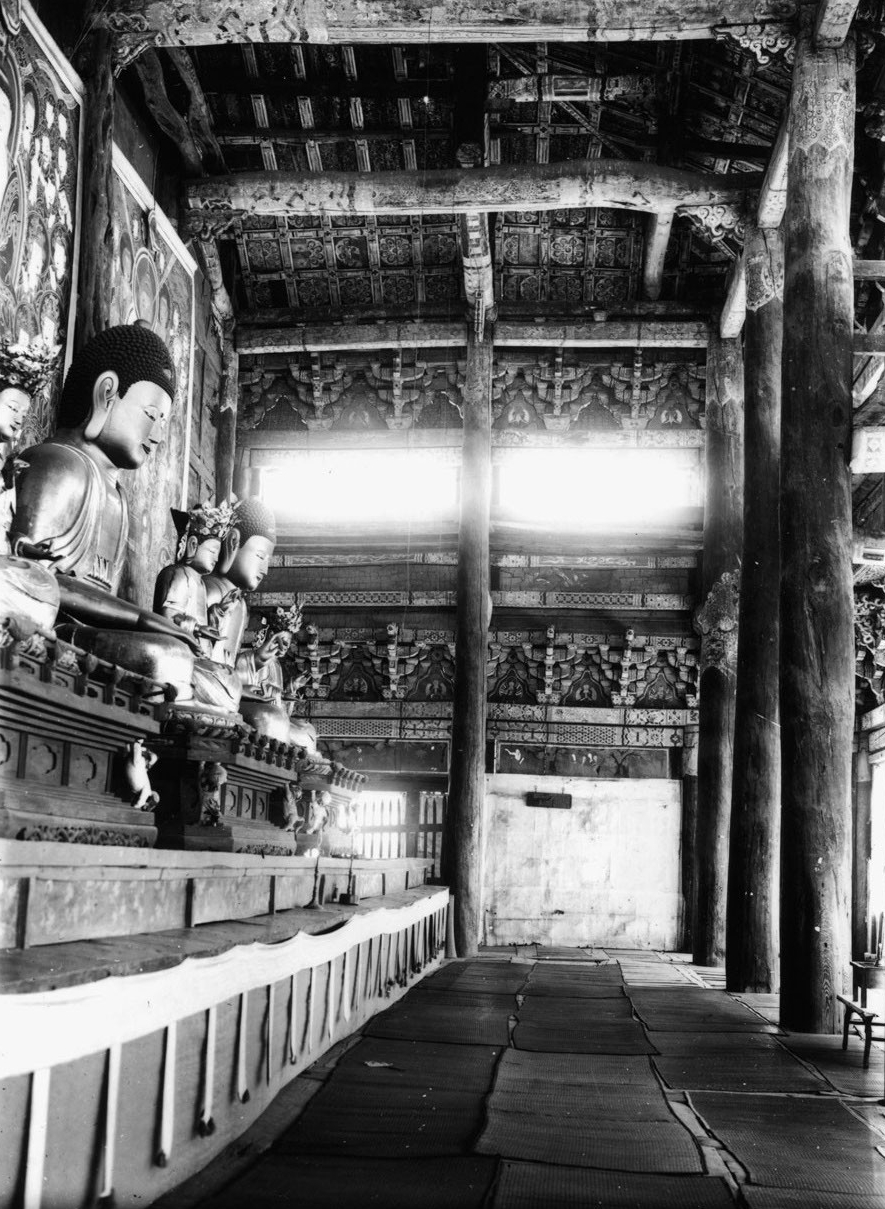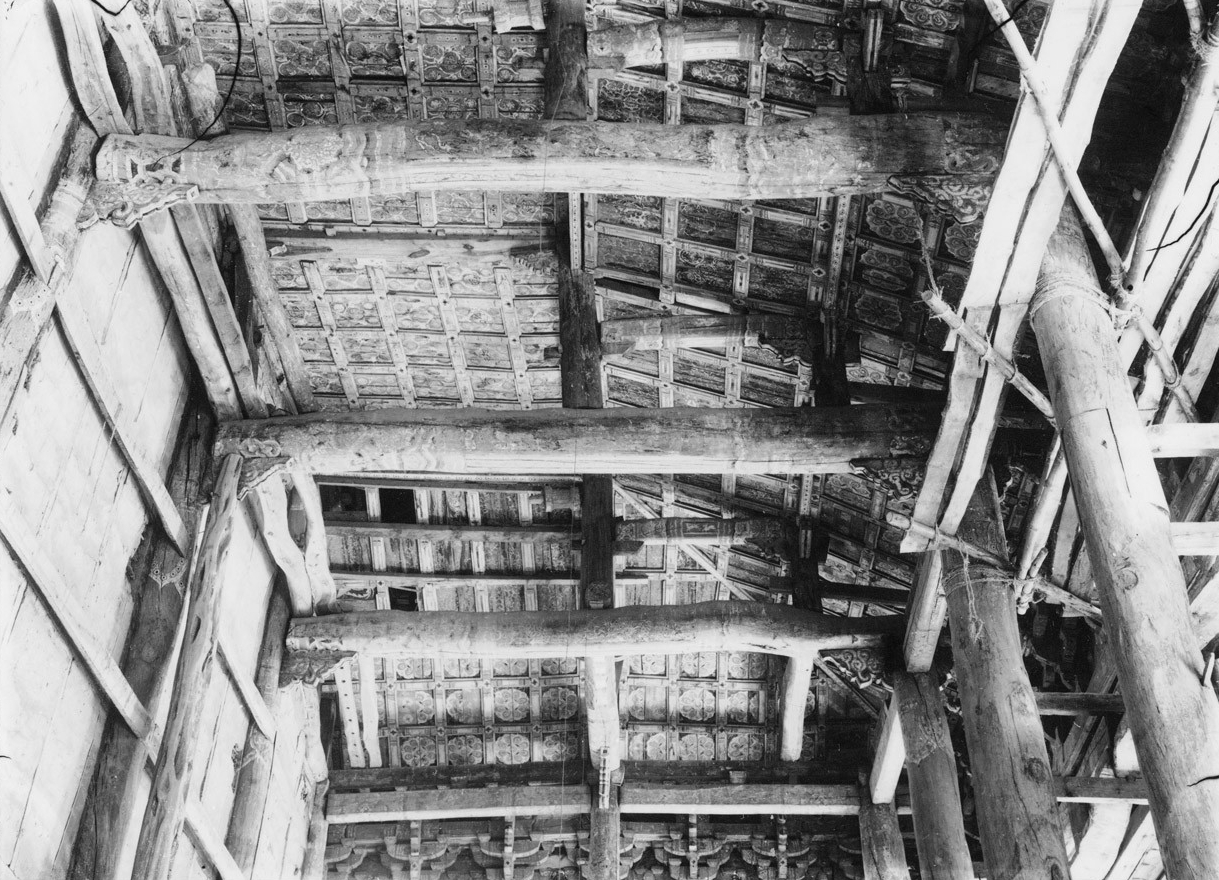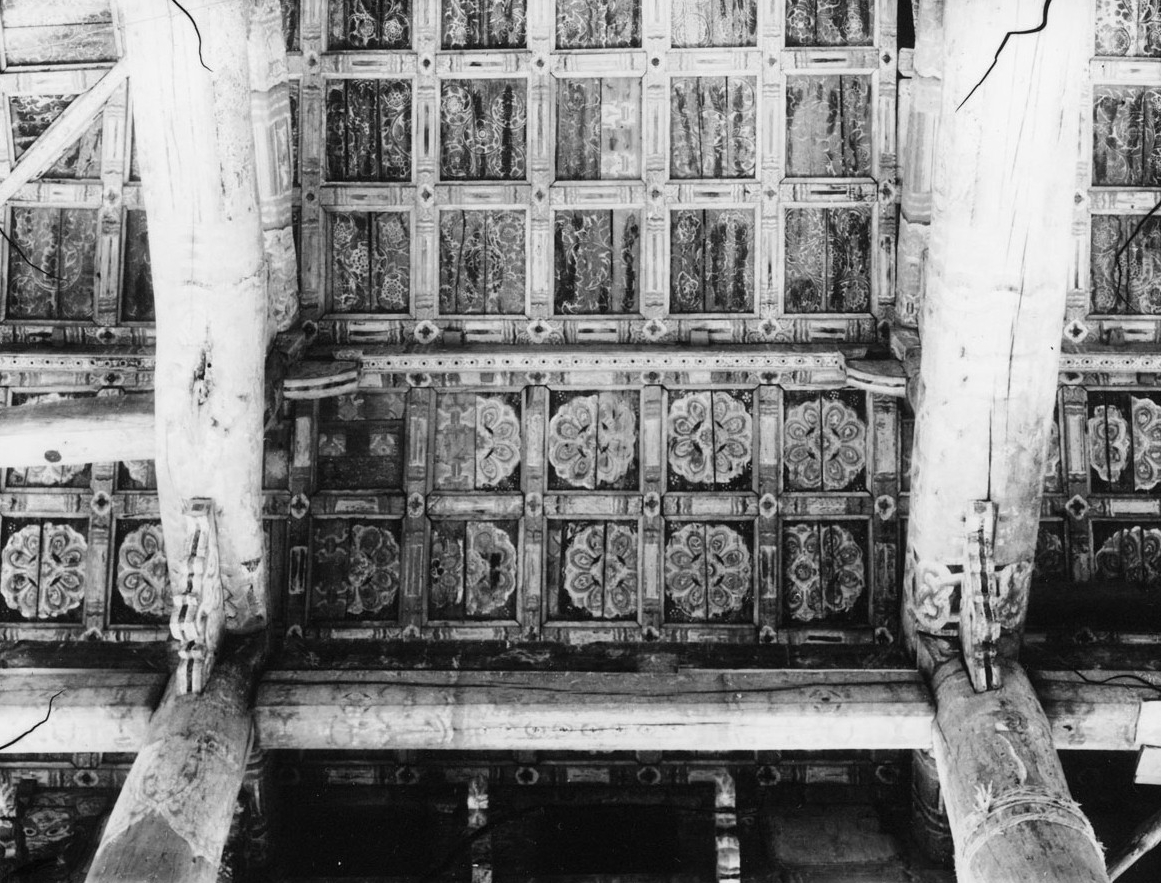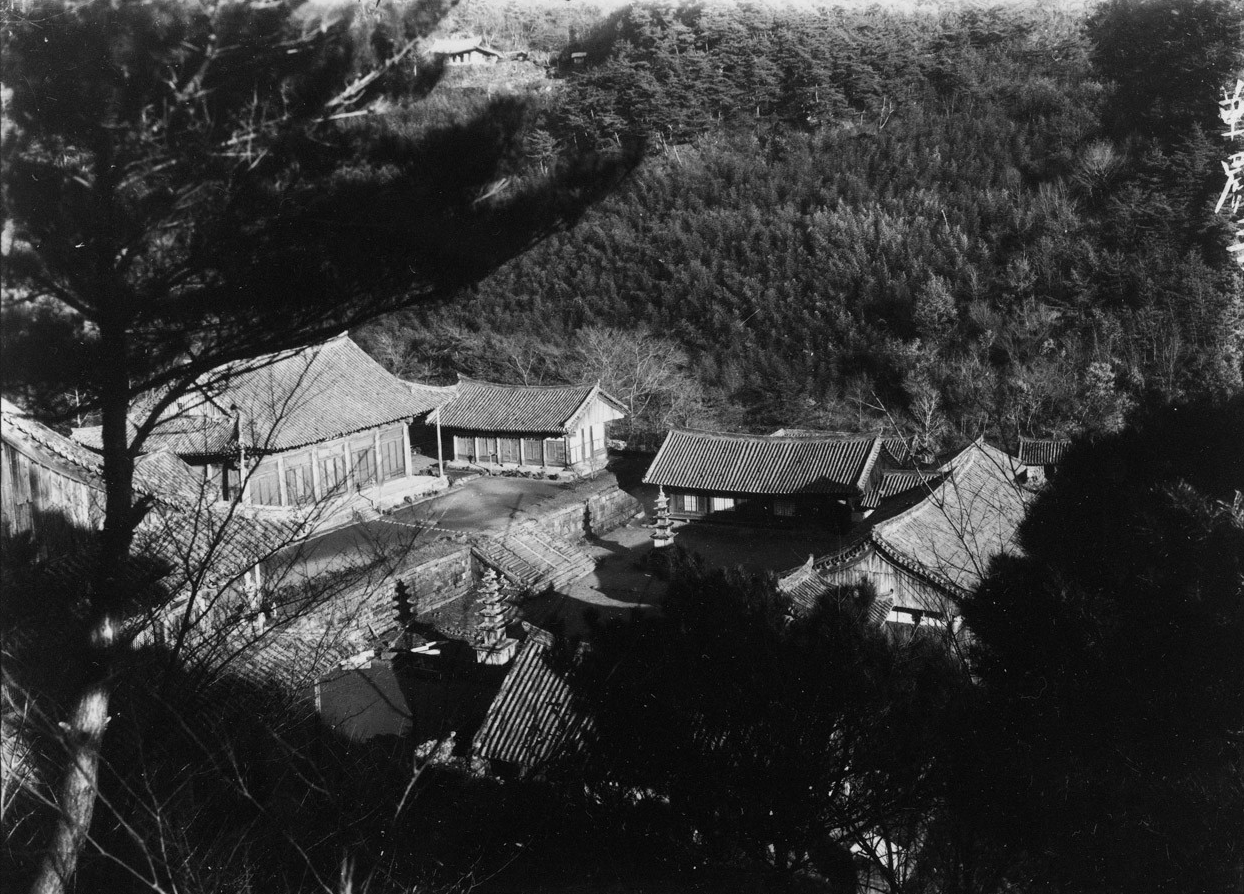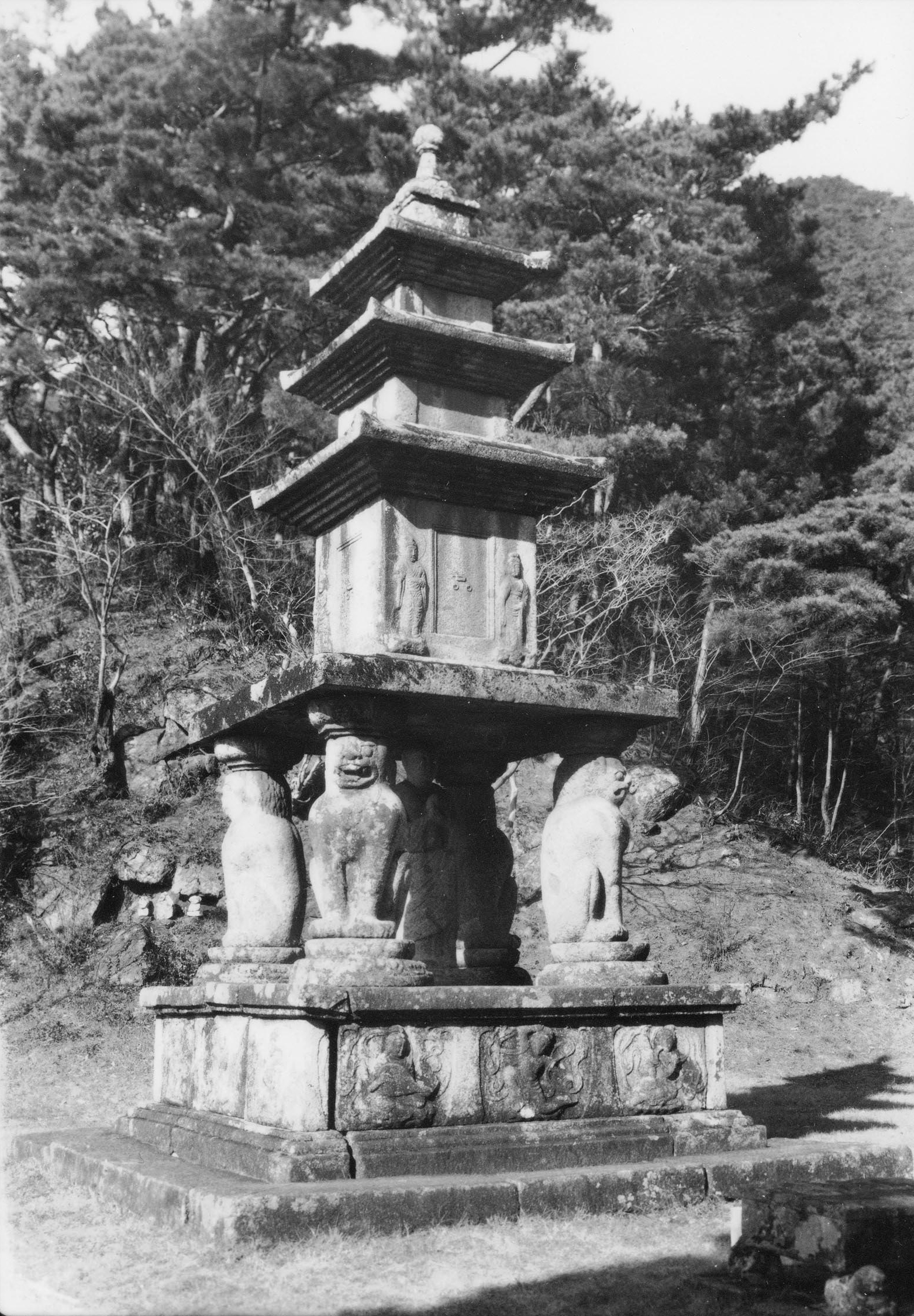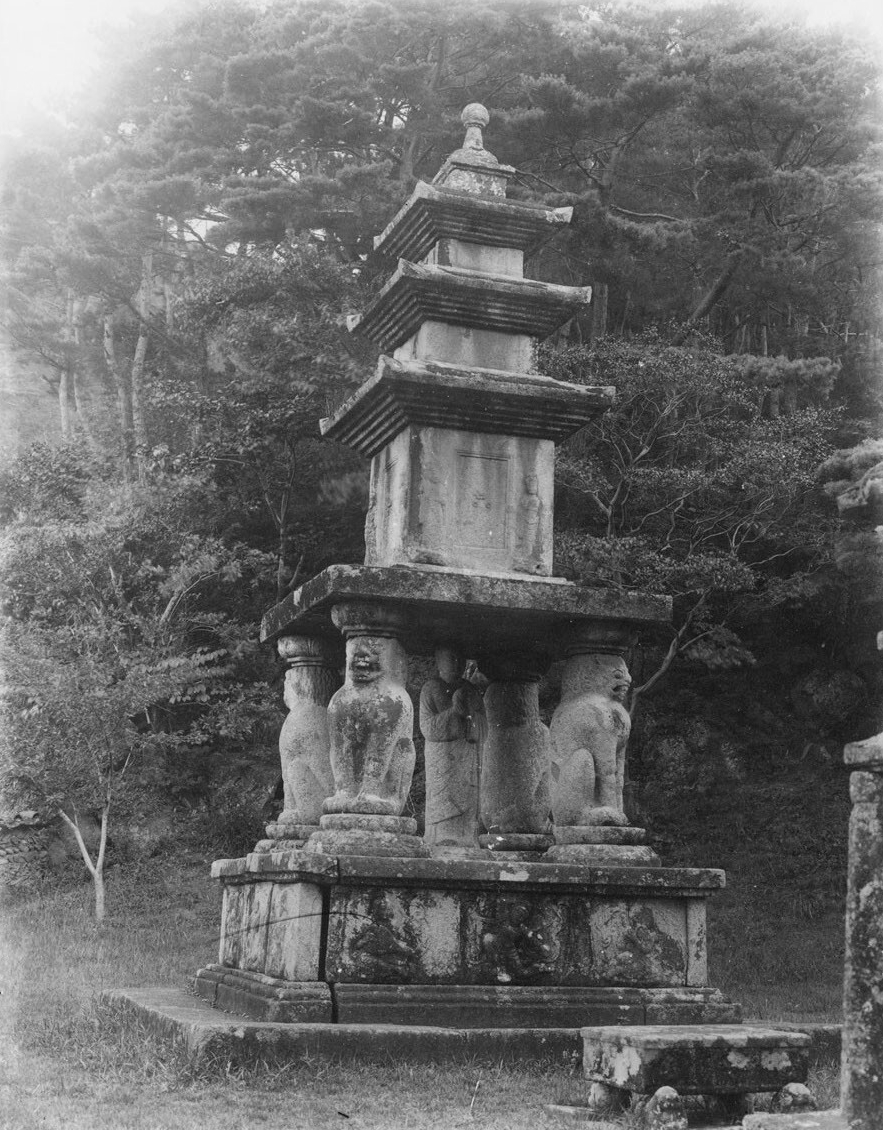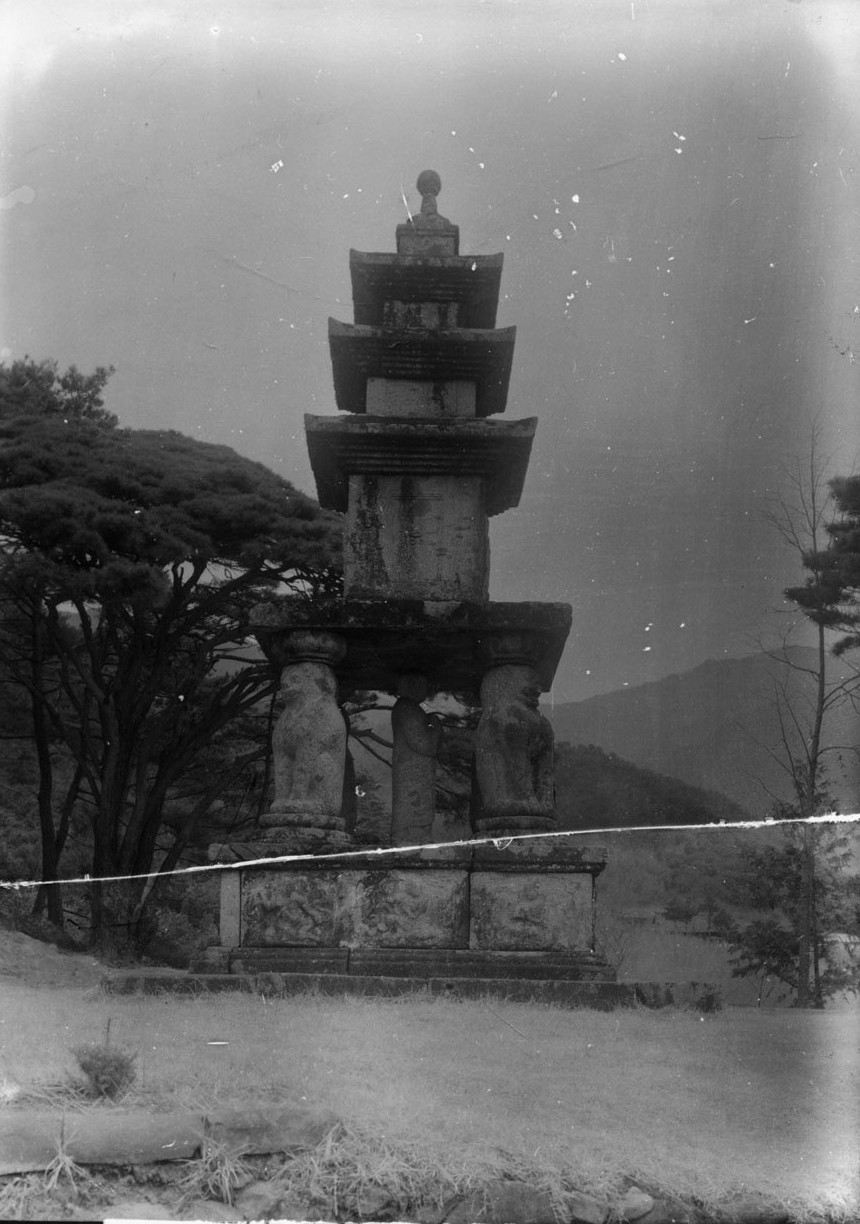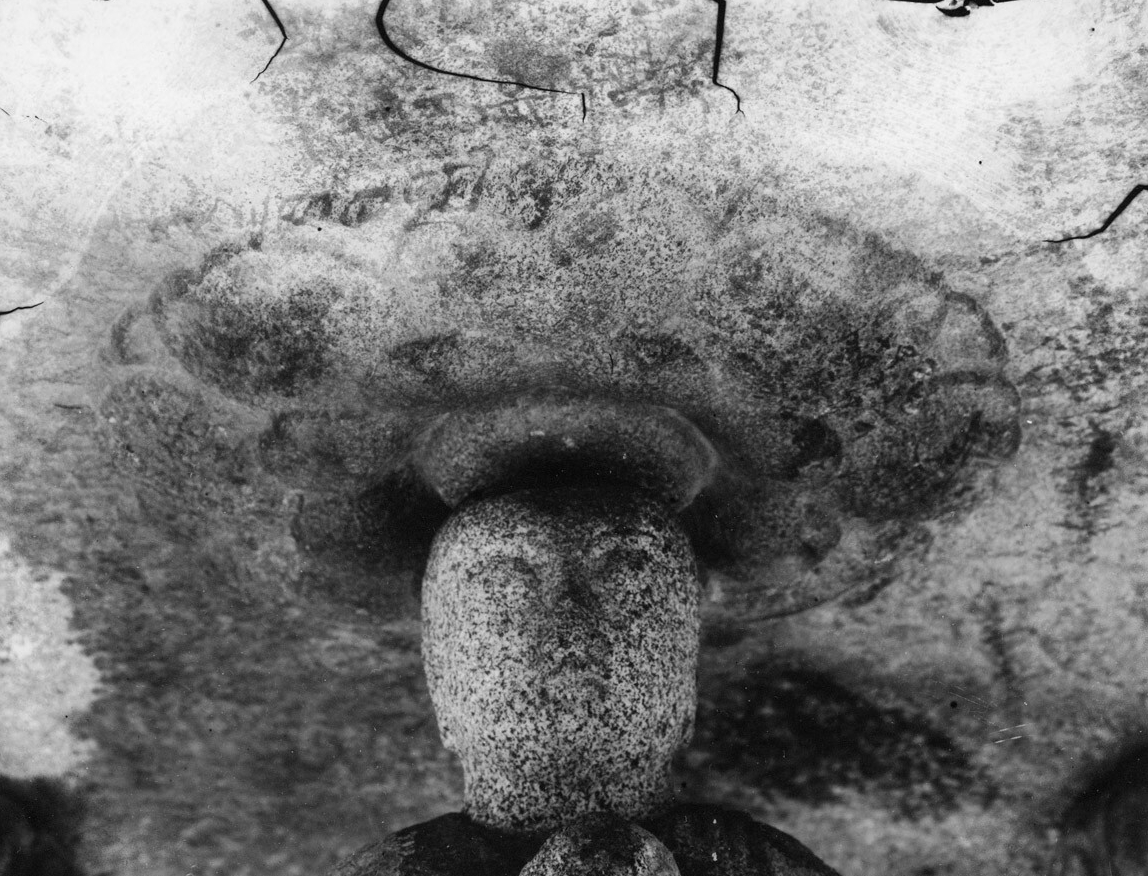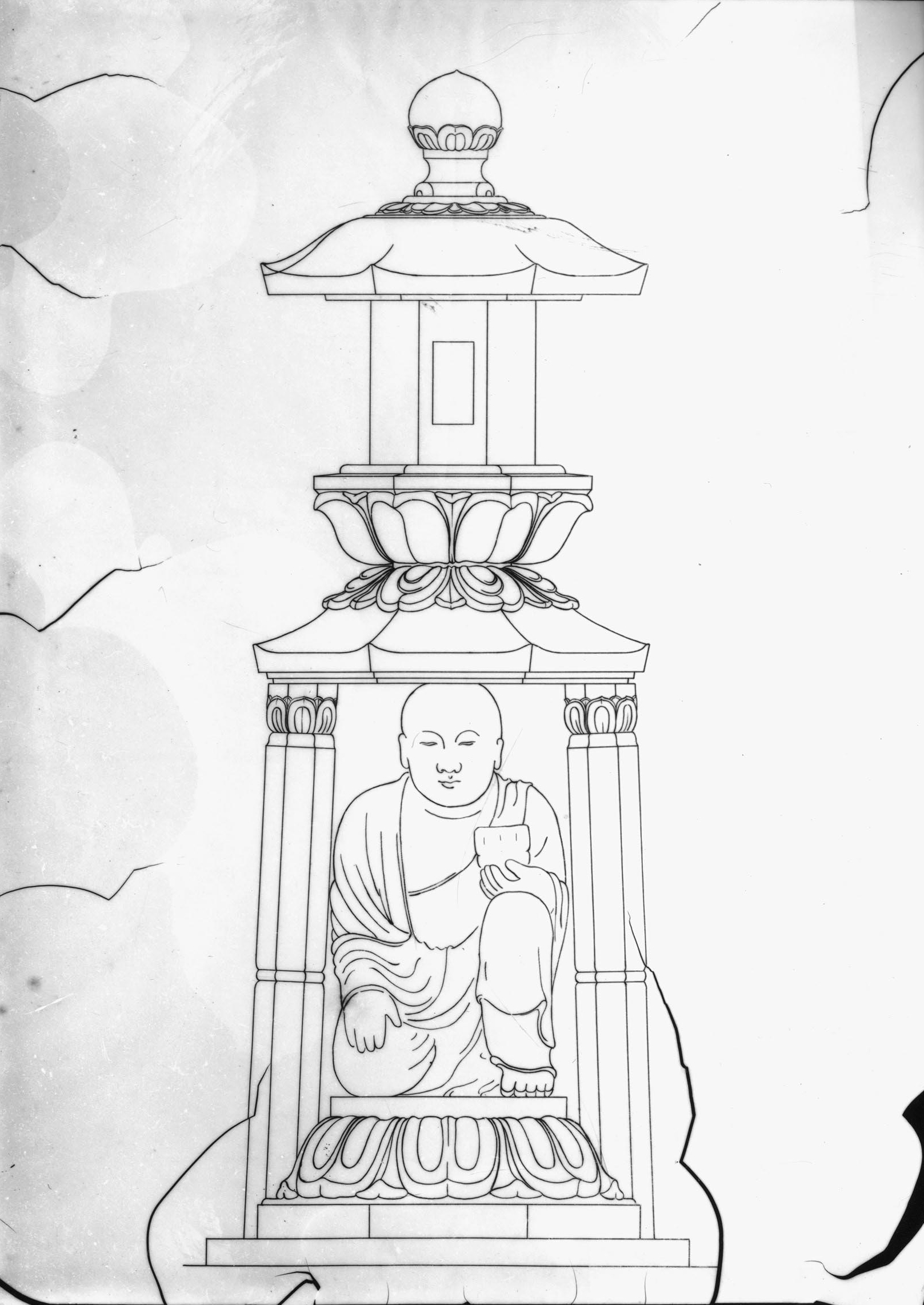Colonial Korea – Hwaeomsa Temple
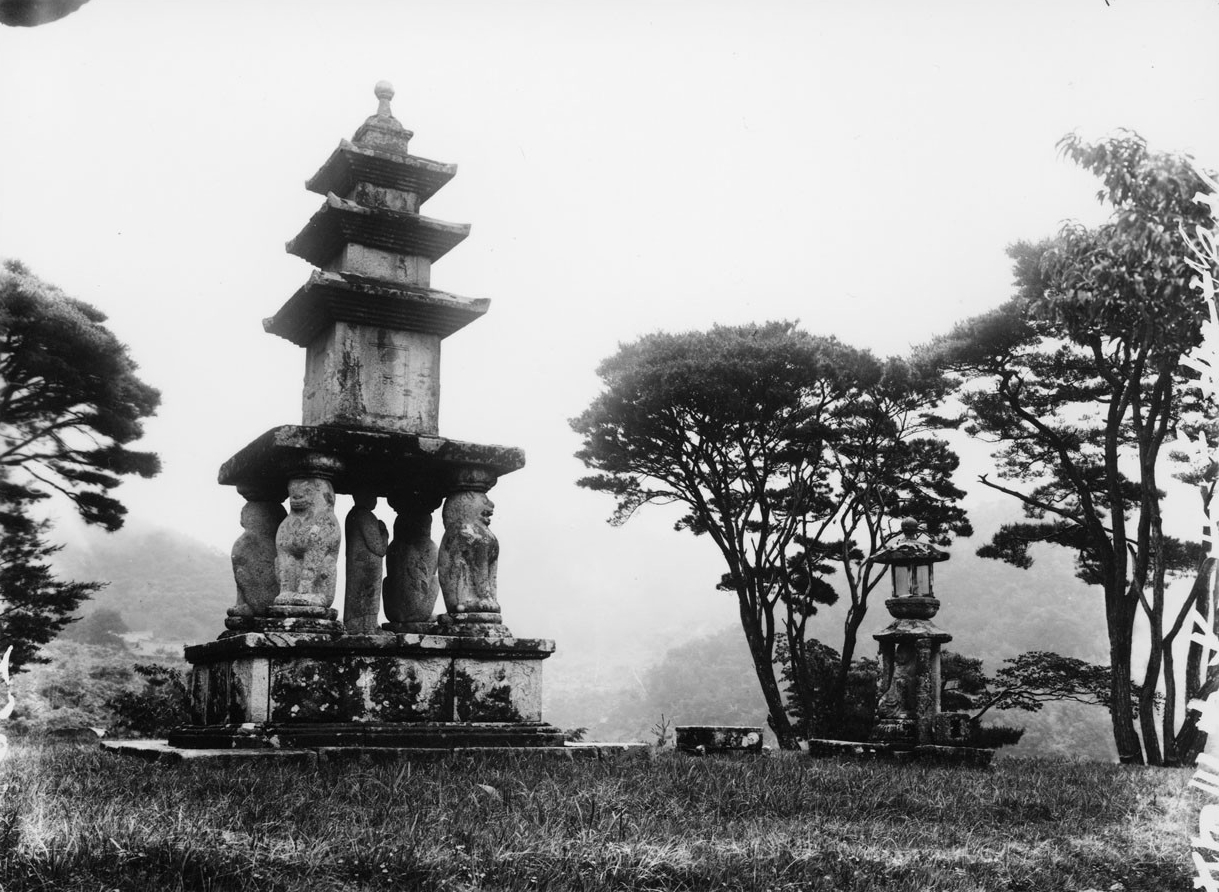
Temple History
Hwaeomsa Temple, which is located in Gurye, Jeollanam-do, is on the very south-western edge of the famed Jirisan National Park. Hwaeomsa Temple means “Flower Garland Temple” in English. Because of this name, it is directly linked to Gwanseeum-bosal (The Bodhisattva of Compassion). In Korean, the Flower Garland Sutra is known as “Hwaeom-gyeong – 화엄경.” And in Sanskrit, the sutra is known as the “Avataṃsaka Sūtra.”
The temple was first founded in 544 A.D. by the monk Yeongi-josa, who’s believed to have come from India. The temple was then later expanded by Jajang-yulsa (590-648 A.D.) in 643 A.D. And during the reign of King Munmu of Silla (r.661-681 A.D.), the famous monk, Uisang-daesa (625-702 A.D.) inscribed eighty replicas of the Flower Garland Sutra on stone tablets at Hwaeomsa Temple. Later, in 875 A.D., another famous monk, Doseon-guksa (827-898 A.D.) expanded the temple, once more.
Throughout the years, Hwaeomsa Temple has undergone numerous renovations. And in 1593, most of the temple shrine halls at Hwaeomsa Temple were completely destroyed by fire by the invading Japanese during the Imjin War (1592-98). Remarkably, the temple was able to preserve pieces of Uisang-daesa’s stone tablets inscribed with the Flower Garland Sutra on them. They’re known as “Seok-gyeong – 석경” in Korean, or “Stone Sutra,” in English. Even though they were shattered by the Japanese, some 9,000 fragments still remain. These fragmentary artifacts, that were originally written on light blue stone, changed into a gray-brown colour caused by the fires that engulfed the temple. Presently, these fragments are Korean Treasure #1040.
After the war, and between 1630-1636, Hwaeomsa Temple, and some of the buildings that now take up residence on the temple grounds, were rebuilt. And in 1701, during the long reign of King Sukjong of Joseon (r.1674-1720), the reconstruction of Hwaeomsa Temple was completed. The temple shrine hall buildings that were completed at this time were the Daeung-jeon Hall, the famed Gakhwang-jeon Hall, the Myeongbu-jeon Hall, the Wontong-jeon Hall, and the Yeongsan-jeon Hall. Also, three gates, the Geumgangmun Gate, the Cheonwangmun Gate, and the Boje-ru Pavilion were built at this time, as well.
Hwaeomsa Temple is home to an astonishing four National Treasures, eight Korean Treasures, one Historic Site, one Scenic Site, and two Natural Monuments.
Colonial Era Photography
It should be noted that one of the reasons that the Japanese took so many pictures of Korean Buddhist temples during Japanese Colonial Rule (1910-1945) was to provide images for tourist photos and illustrations in guidebooks, postcards, and photo albums for Japanese consumption. They would then juxtapose these images of “old Korea” with “now” images of Korea. The former category identified the old Korea with old customs and traditions through grainy black-and-white photos.
These “old Korea” images were then contrasted with “new” Korea images featuring recently constructed modern colonial structures built by the Japanese. This was especially true for archaeological or temple work that contrasted the dilapidated former structures with the recently renovated or rebuilt Japanese efforts on the old Korean structures contrasting Japan’s efforts with the way that Korea had long neglected their most treasured of structures and/or sites.
This visual methodology was a tried and true method of contrasting the old (bad) with the new (good). All of this was done to show the success of Japan’s “civilizing mission” on the rest of the world and especially on the Korean Peninsula. Furthering this visual propaganda was supplemental material that explained the inseparable nature found between Koreans and the Japanese from the beginning of time.
To further reinforce this point, the archaeological “rediscovery” of Japan’s antiquity in the form of excavated sites of beautifully restored Silla temples and tombs found in Japanese photography was the most tangible evidence for the supposed common ancestry both racially and culturally. As such, the colonial travel industry played a large part in promoting this “nostalgic” image of Korea as a lost and poor country, whose shared cultural and ethnic past was being restored to prominence once more through the superior Japanese and their “enlightened” government. And Hwaeomsa Temple played a large part in the the propagation of this propaganda, especially since it played such a prominent role in Korean Buddhist history and culture. Here are a collection of Colonial era pictures of Hwaeomsa Temple through the years.
Pictures of Colonial Era Hwaeomsa Temple
1910
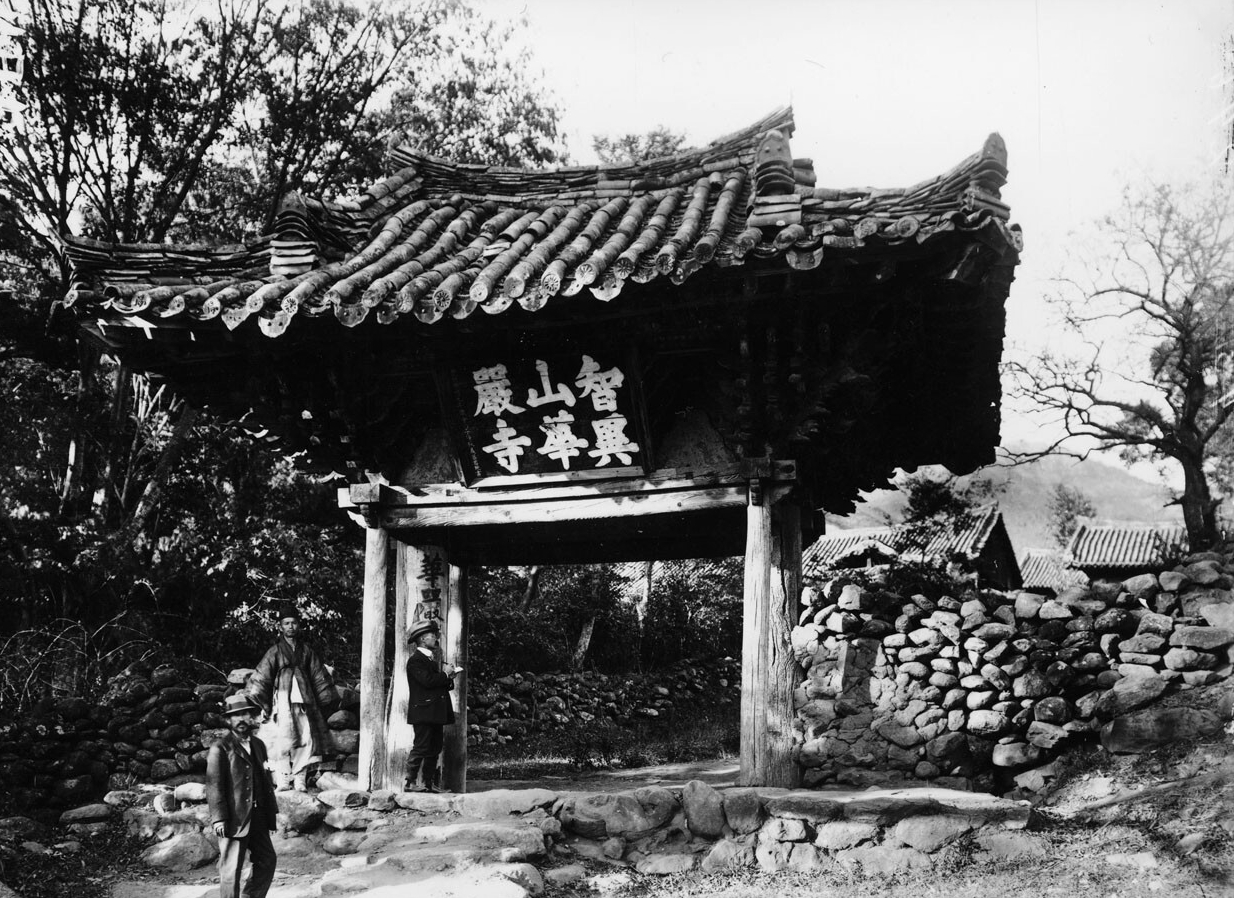
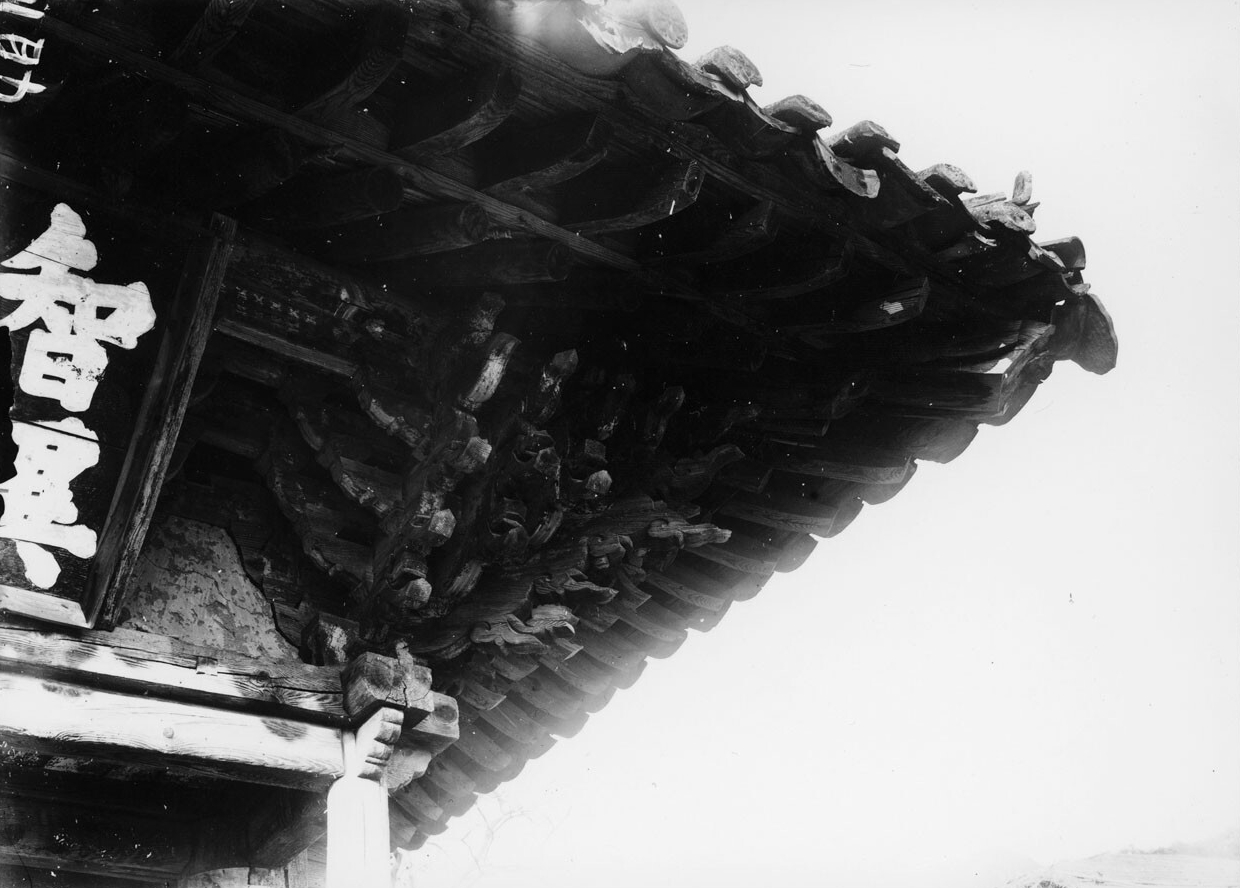
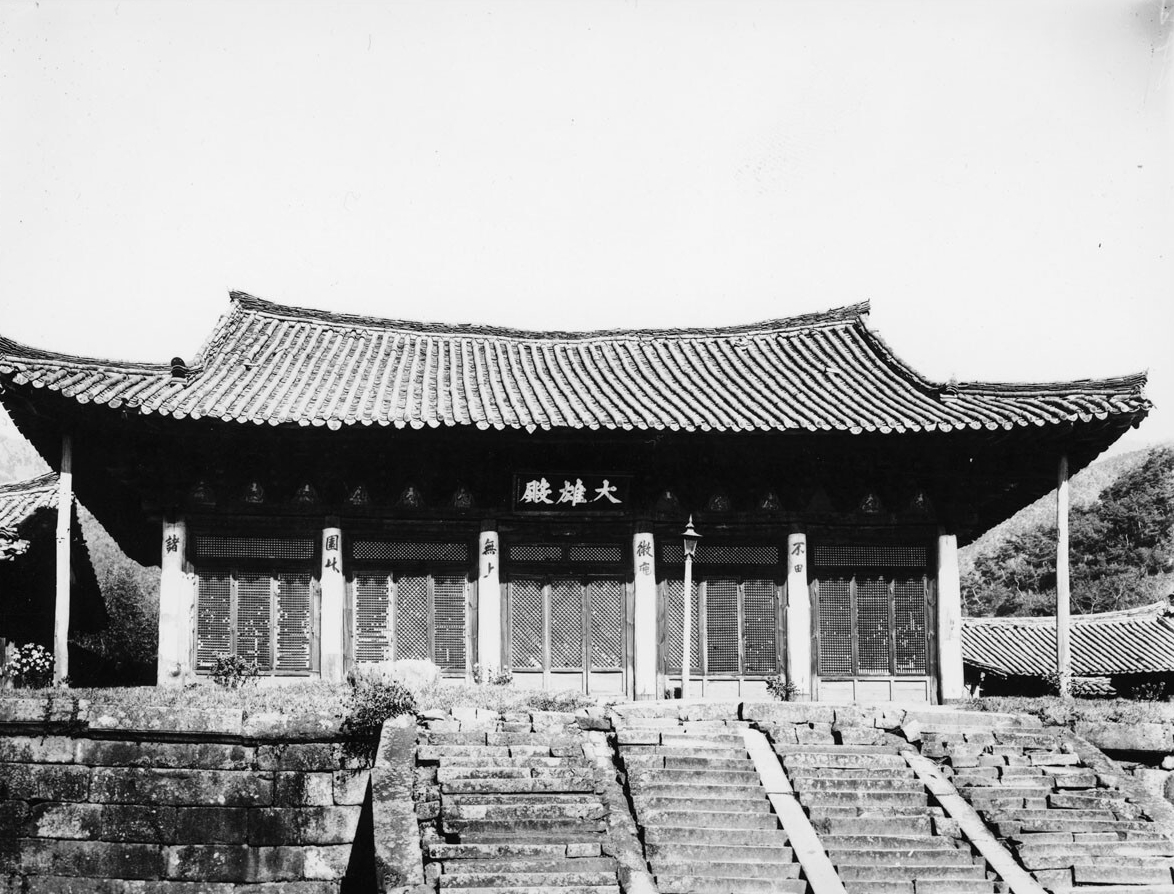
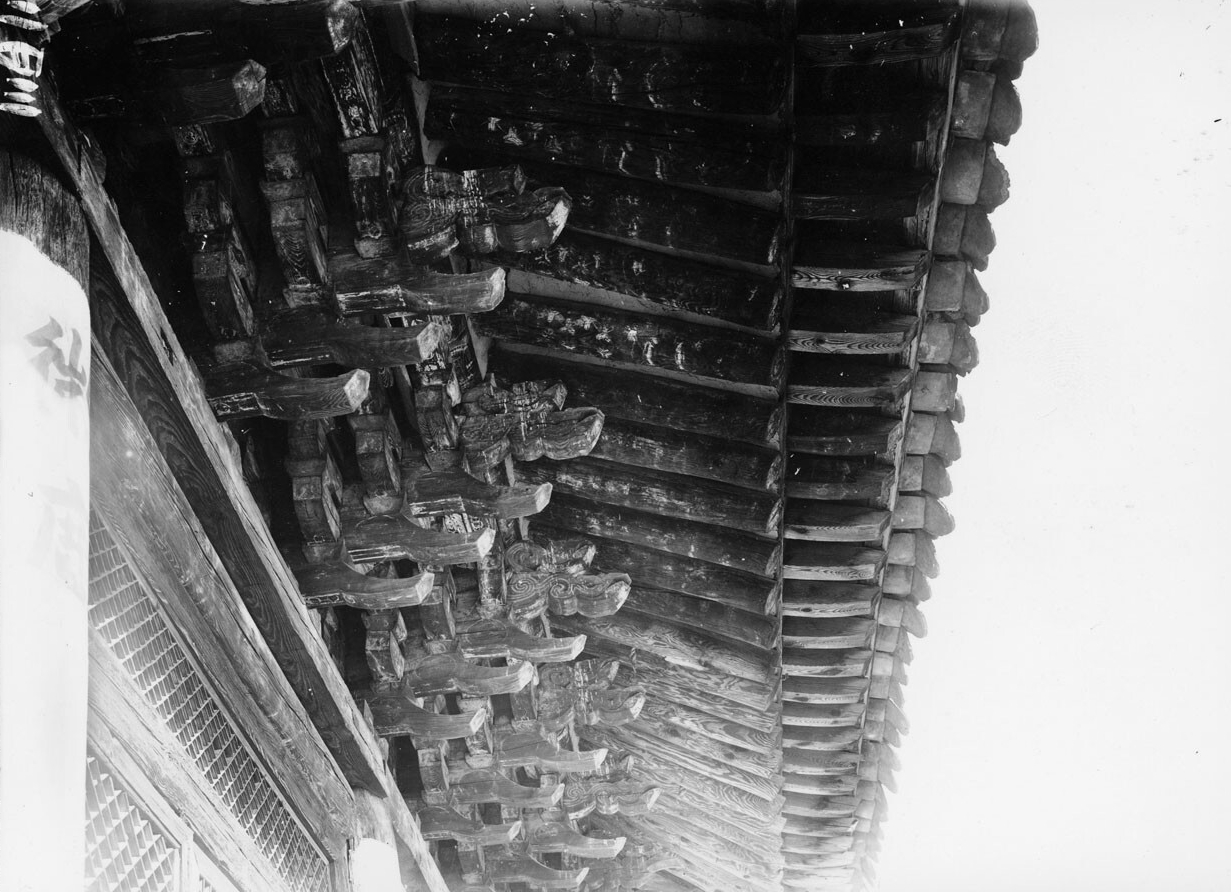
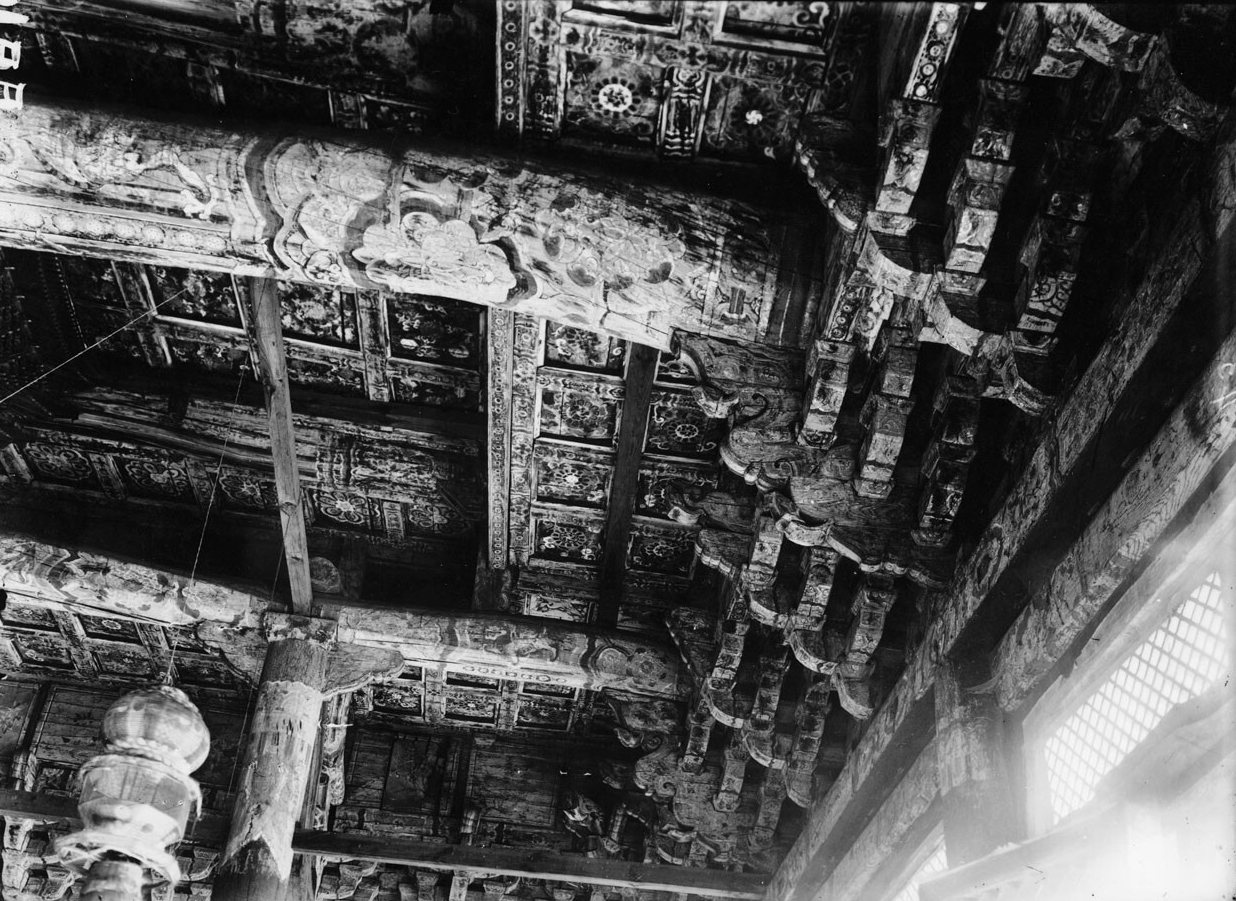
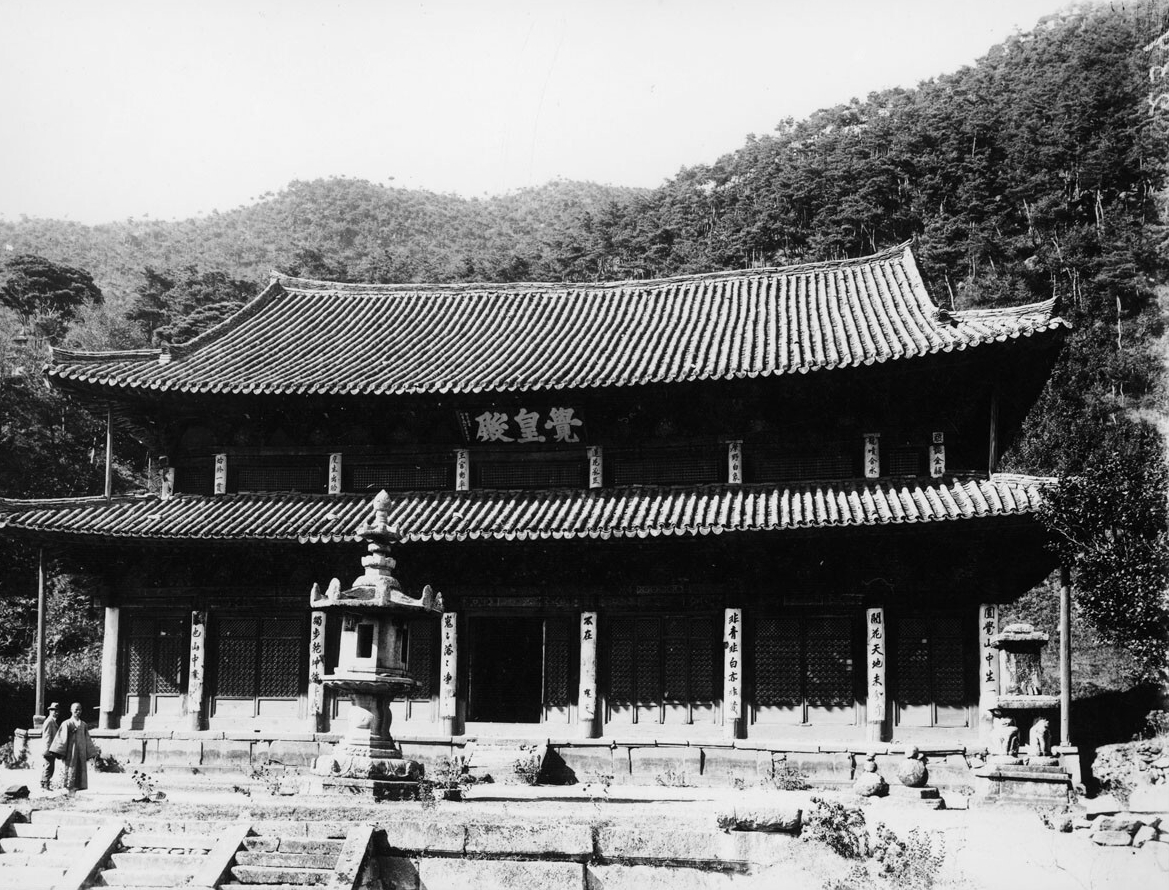
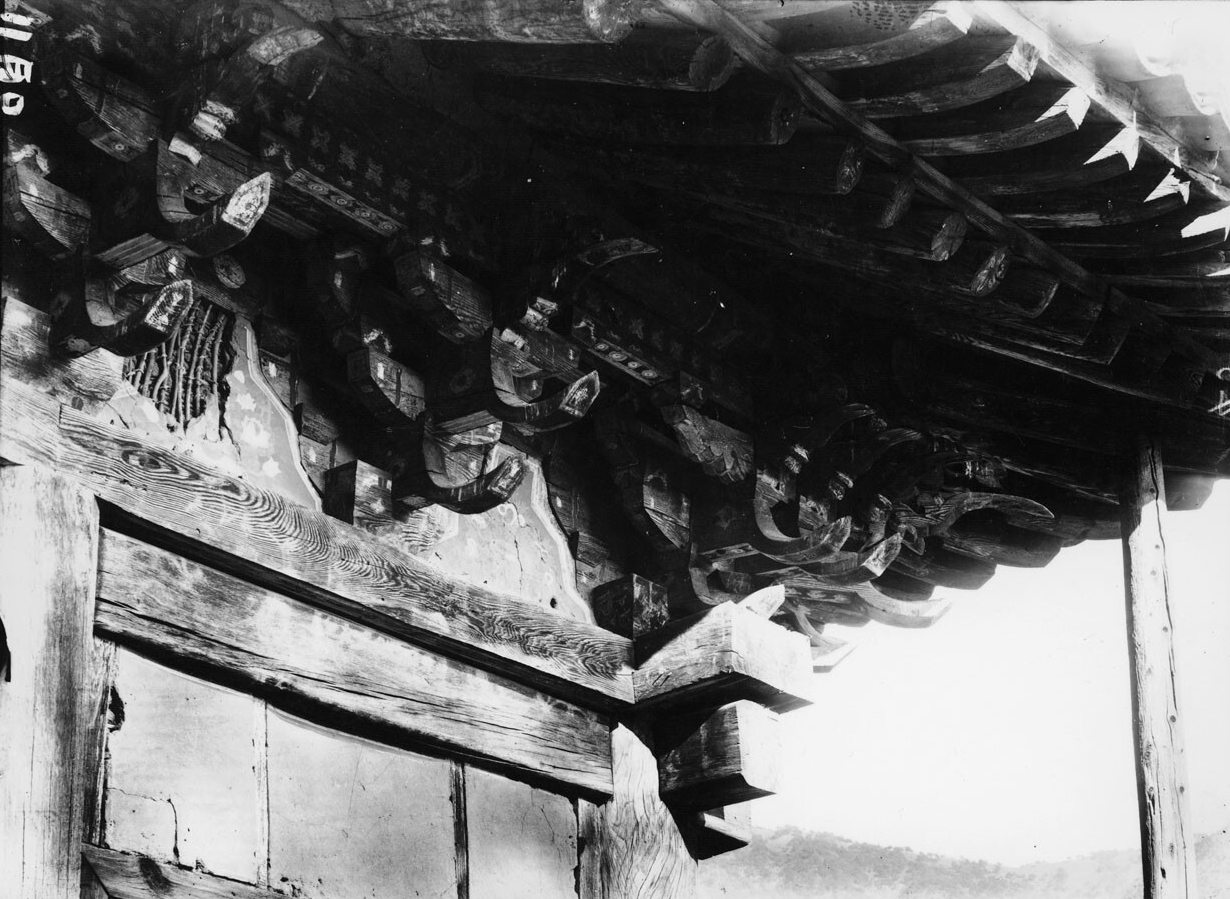
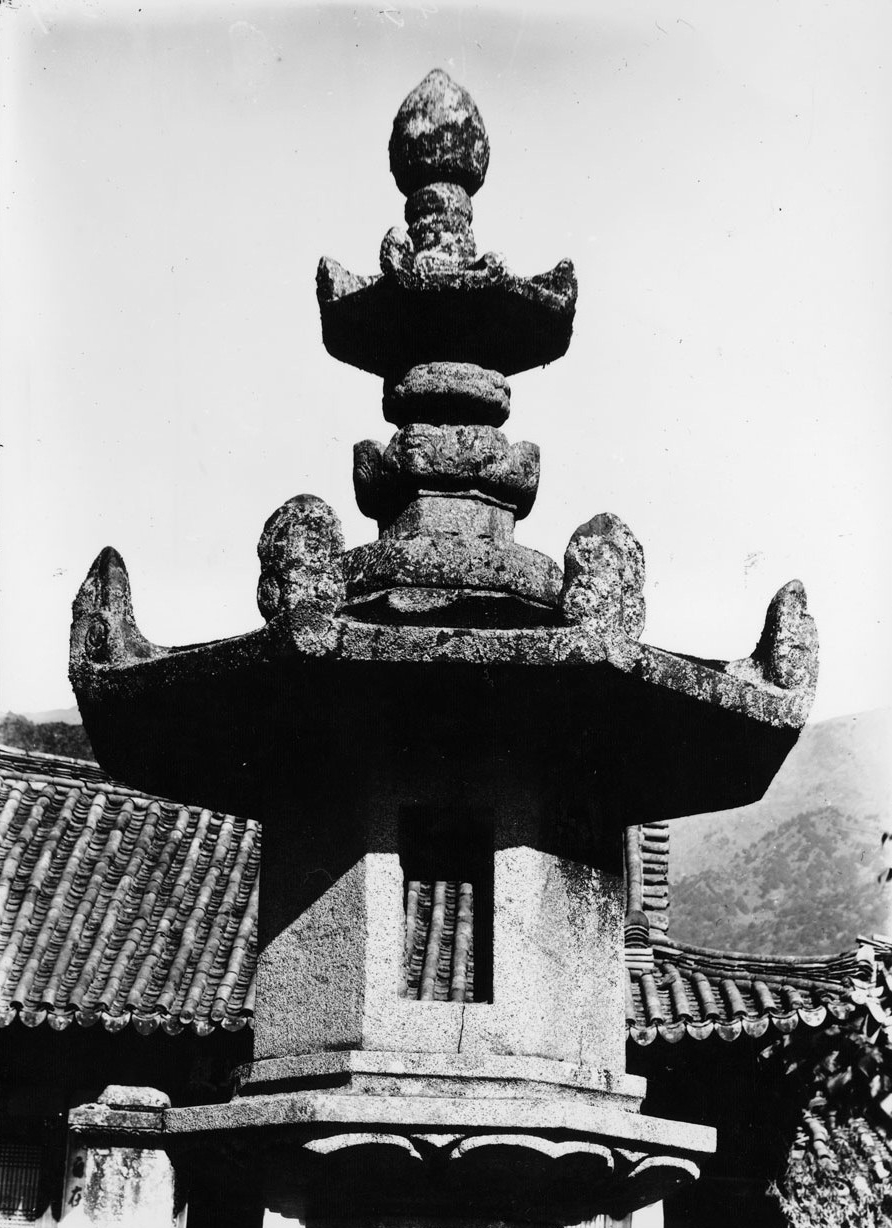
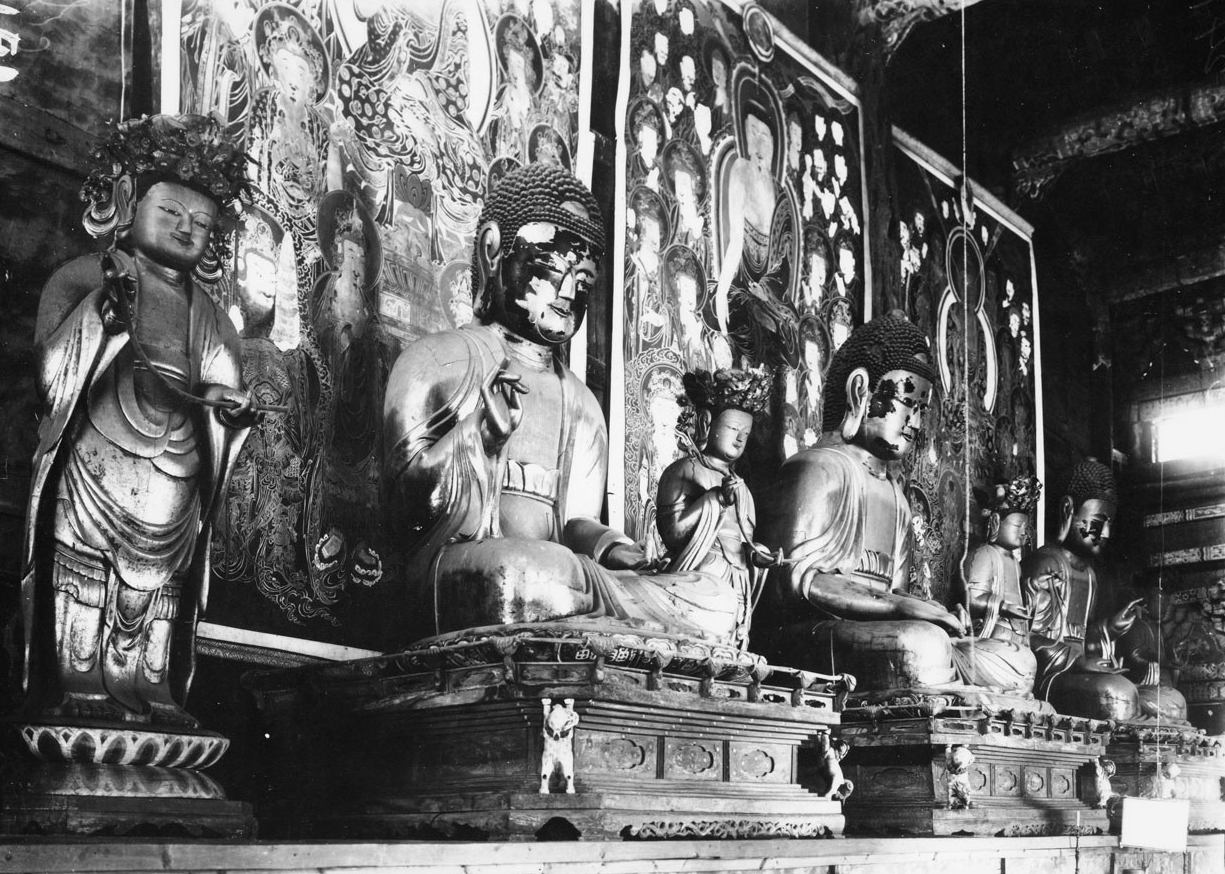
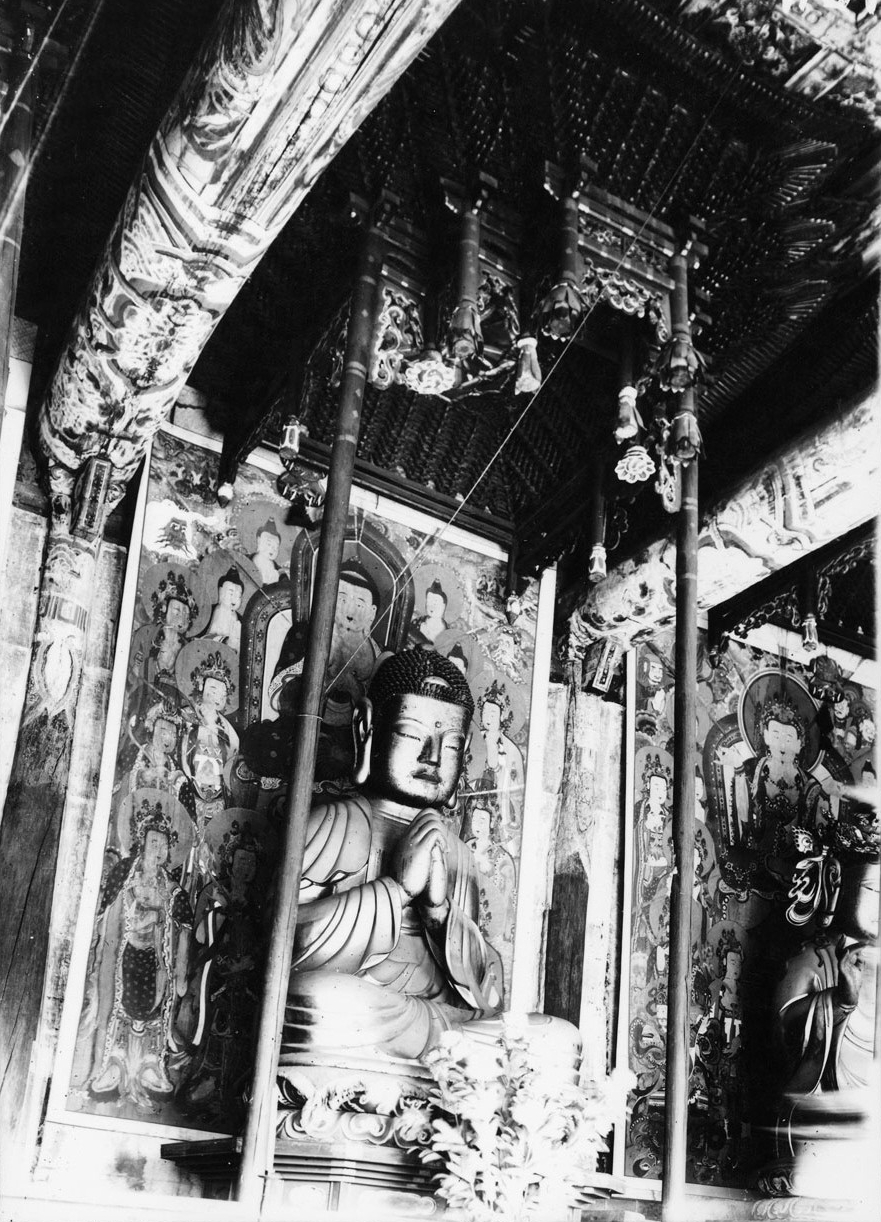
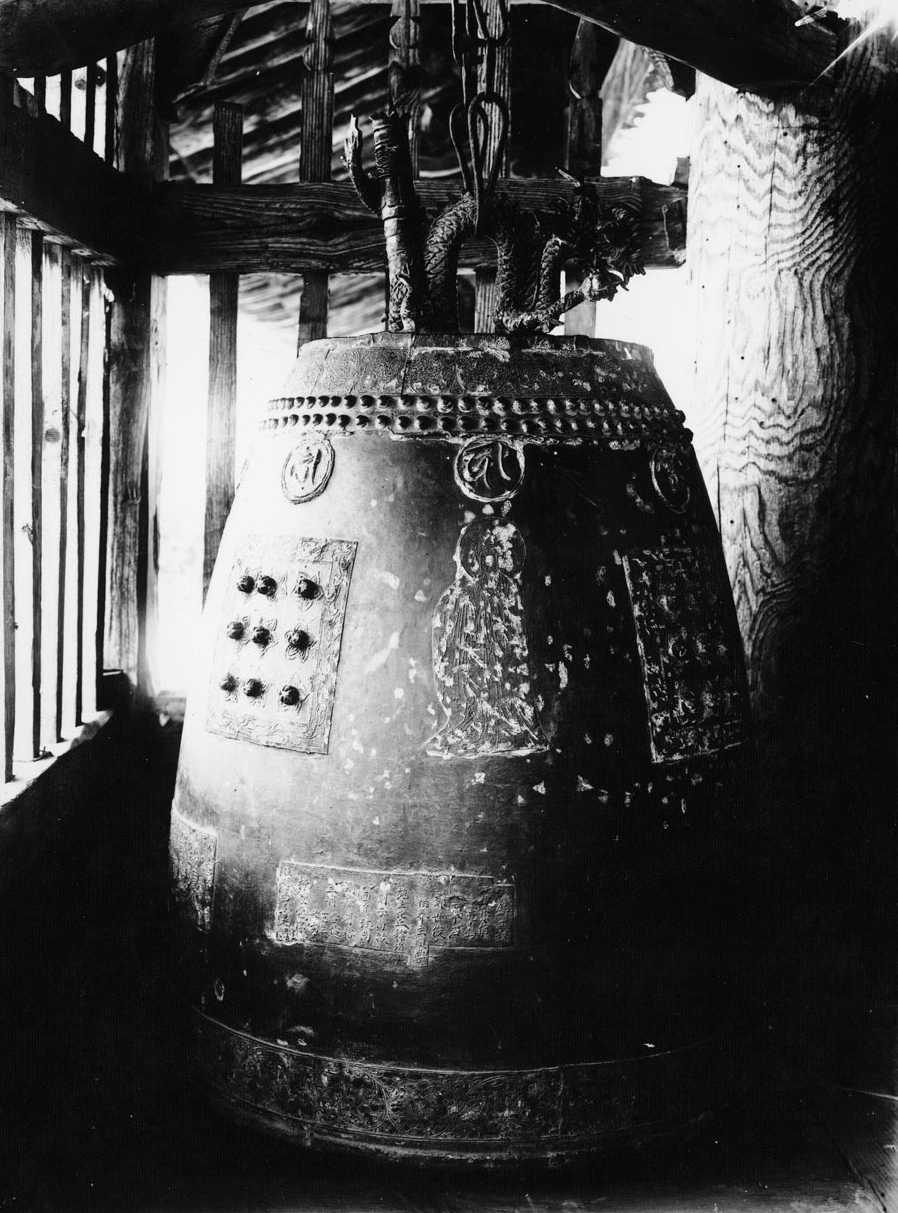
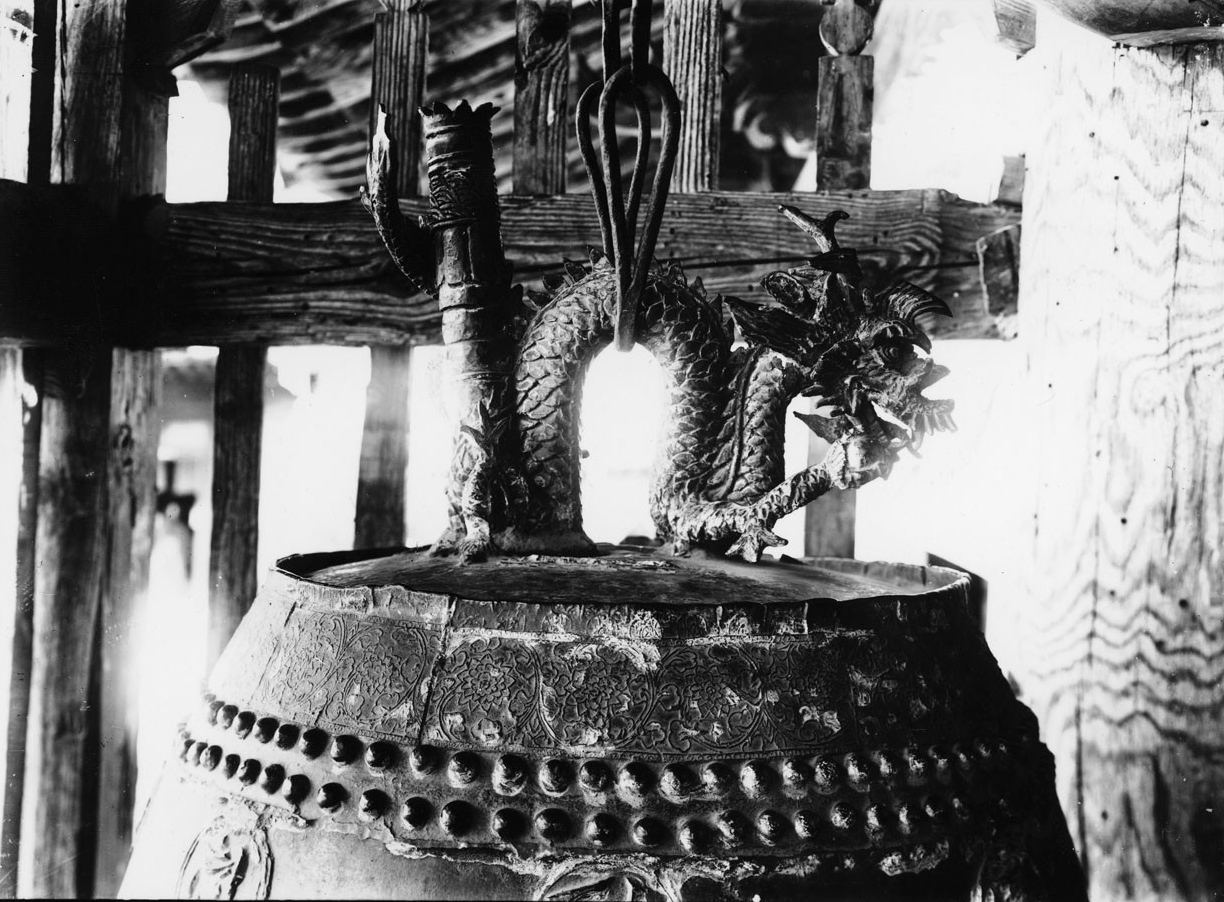
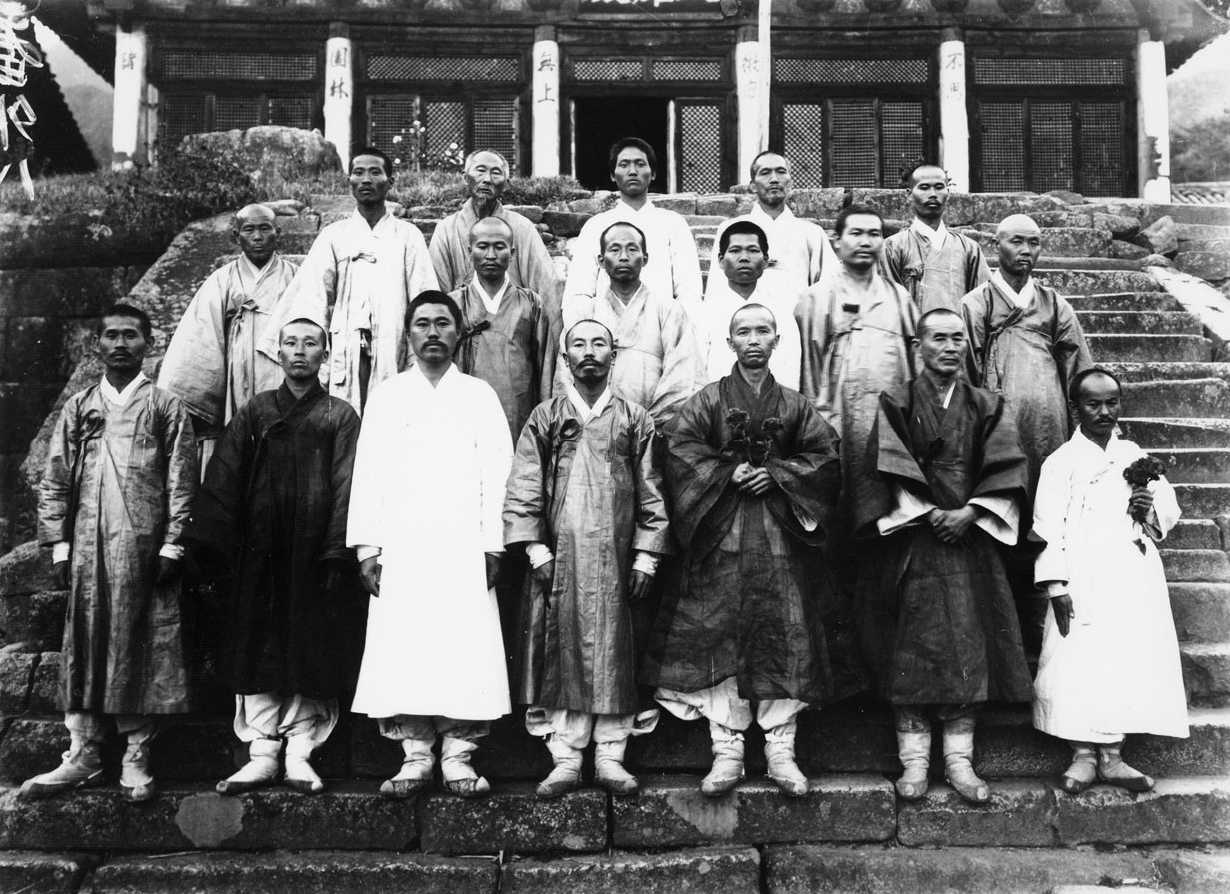
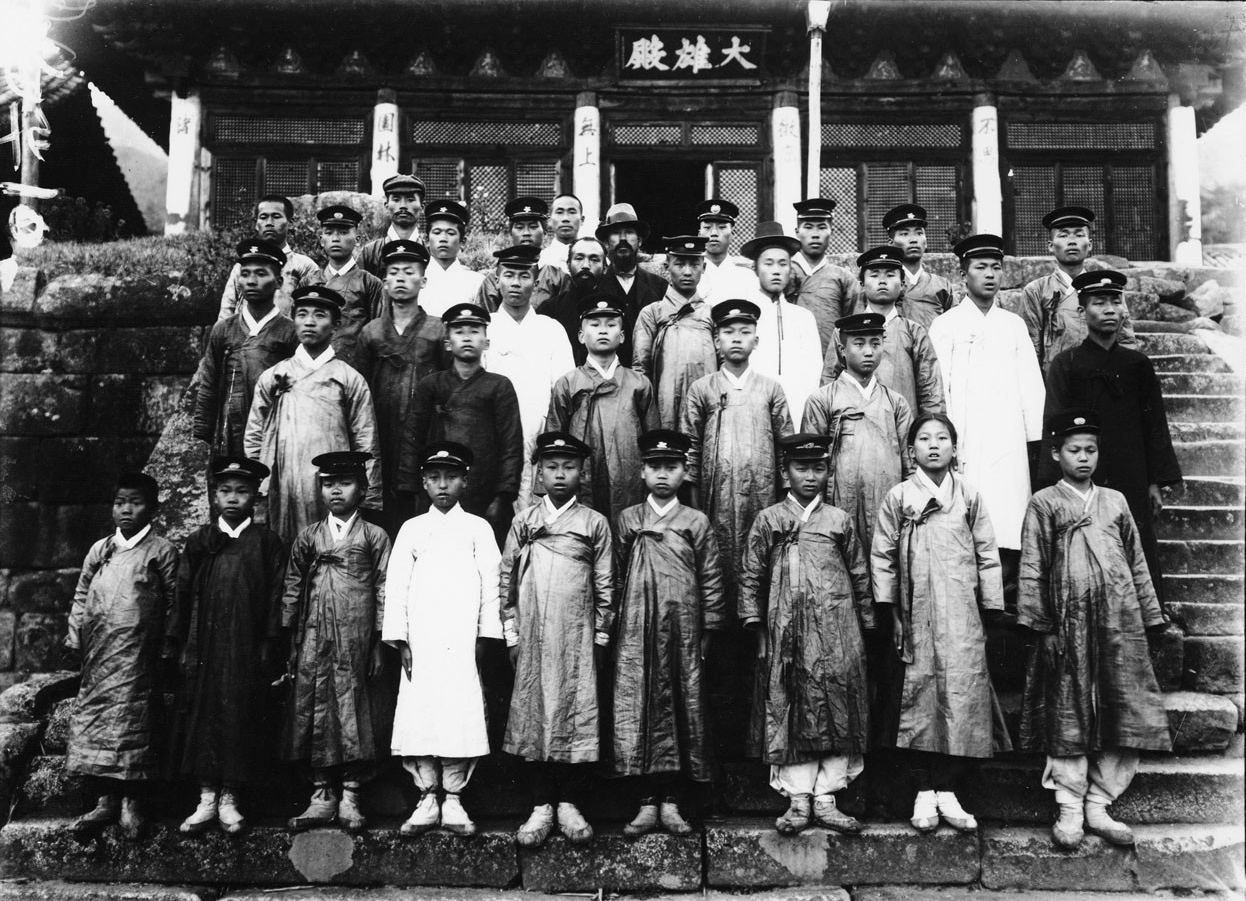
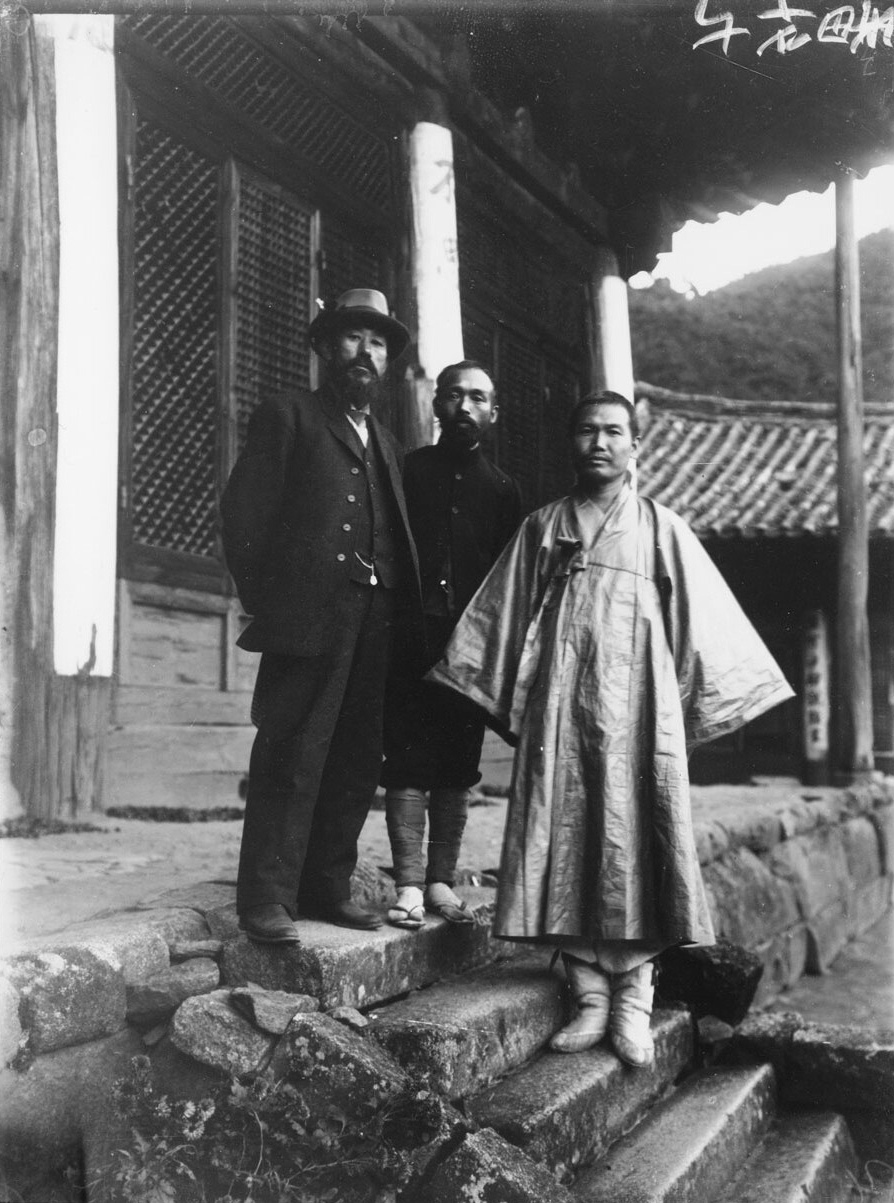
Pictures of Colonial Era Hwaeomsa Temple
1914
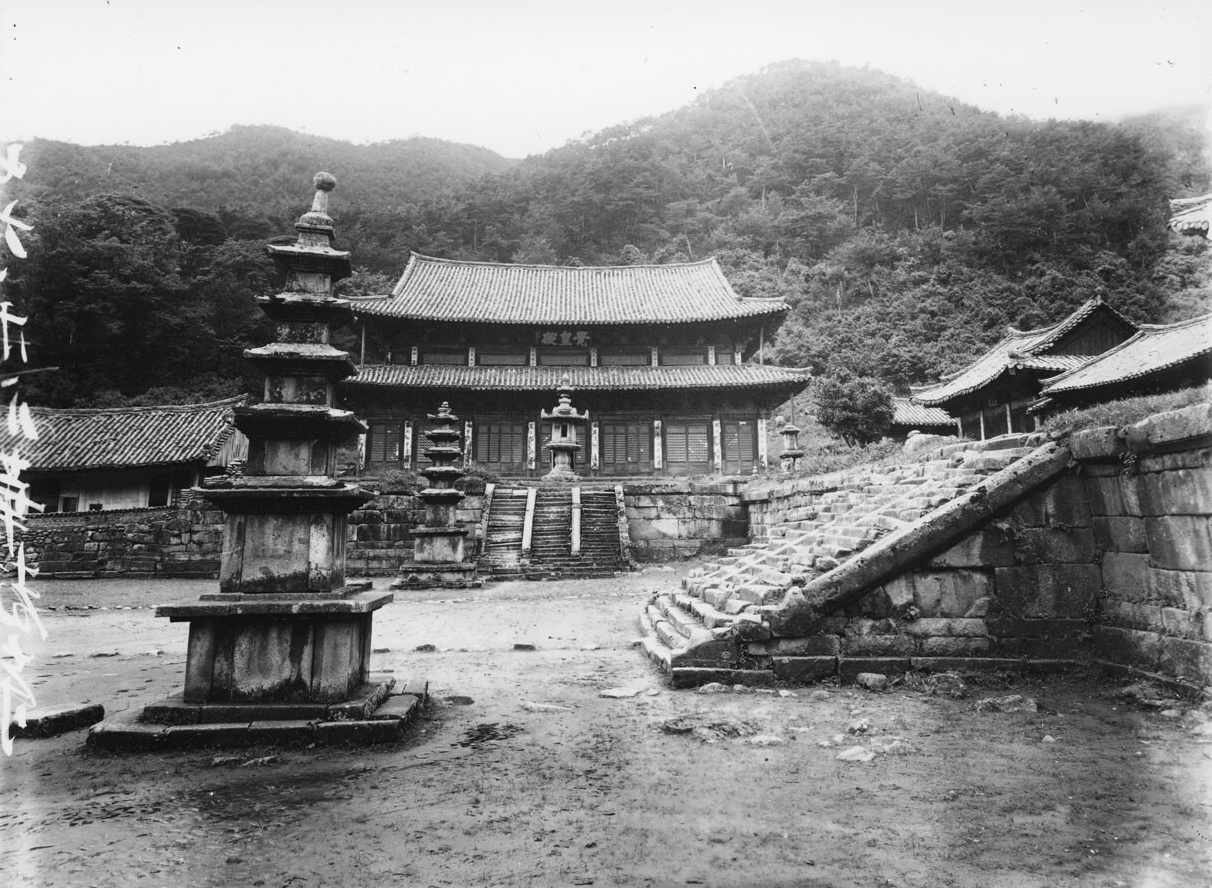
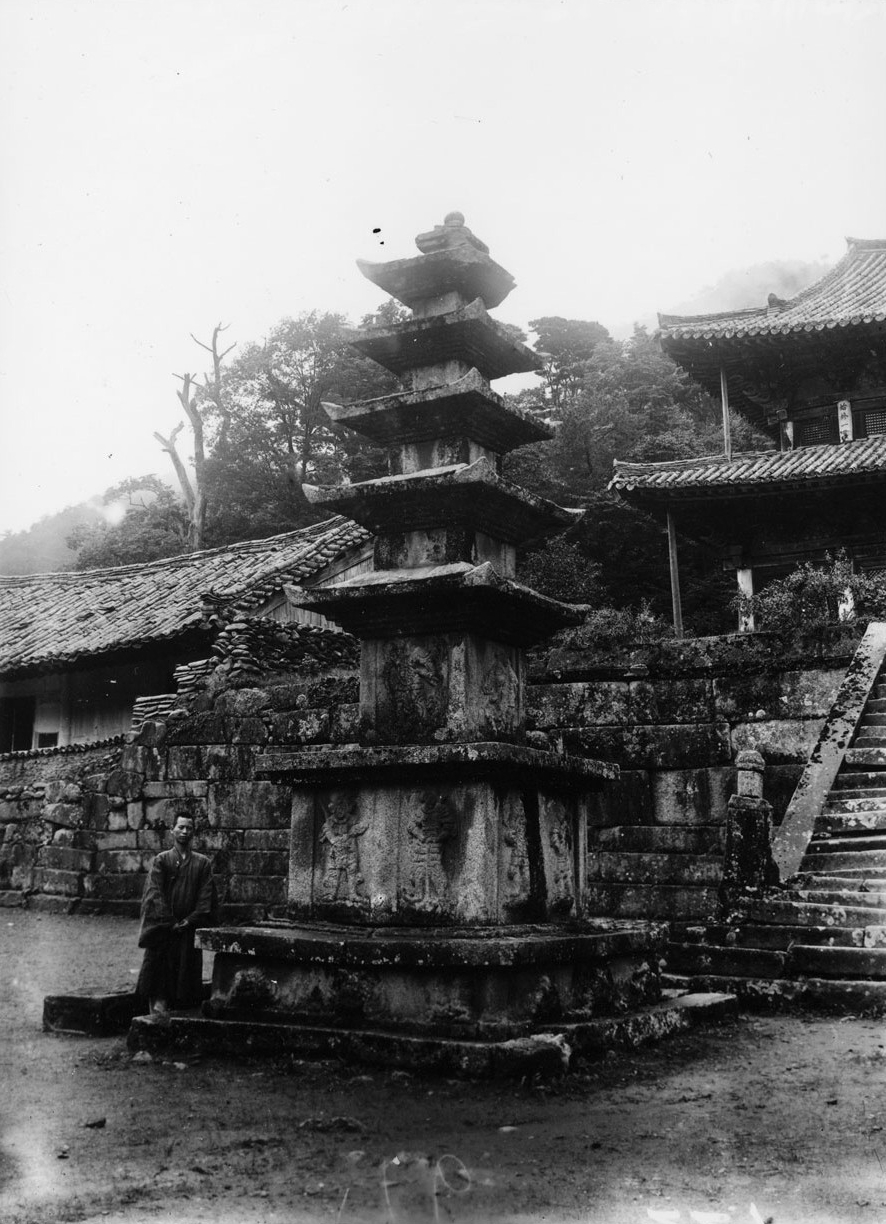
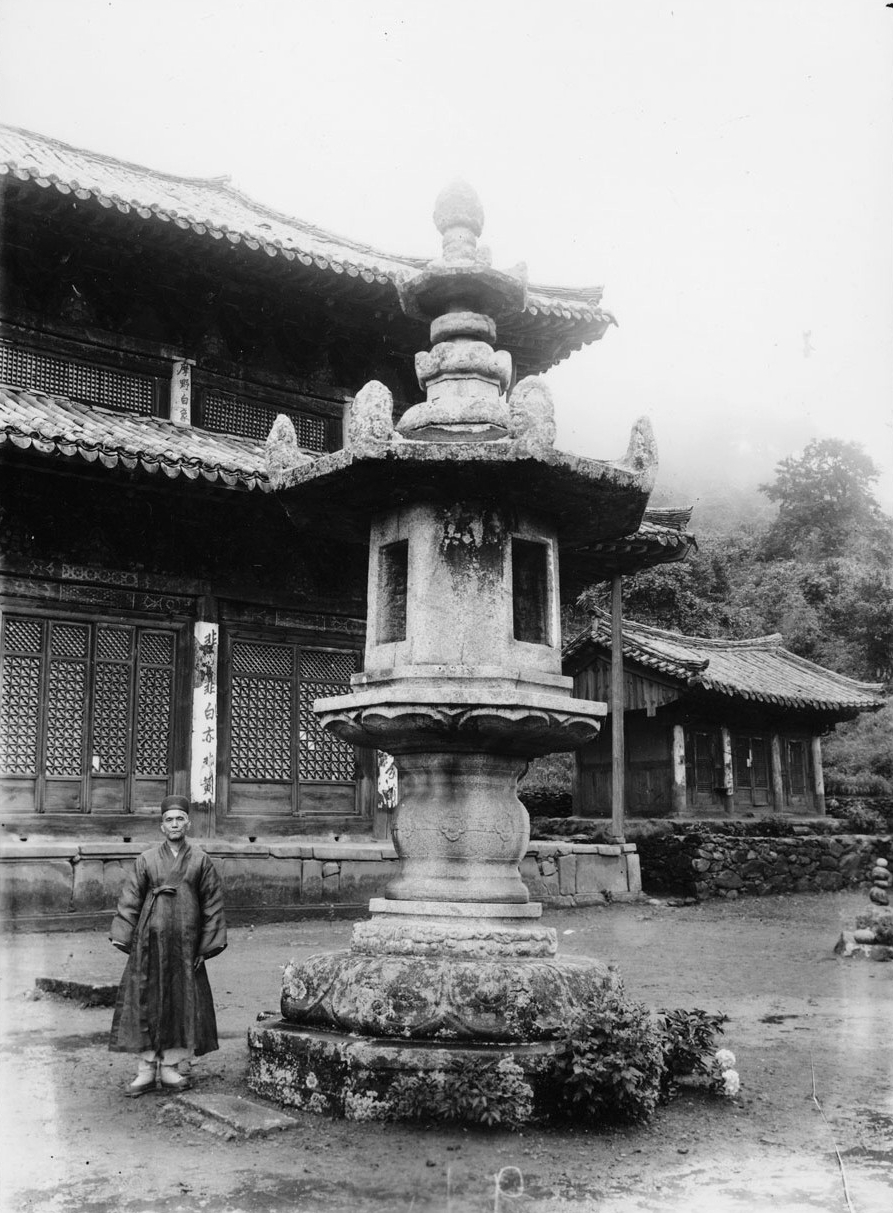
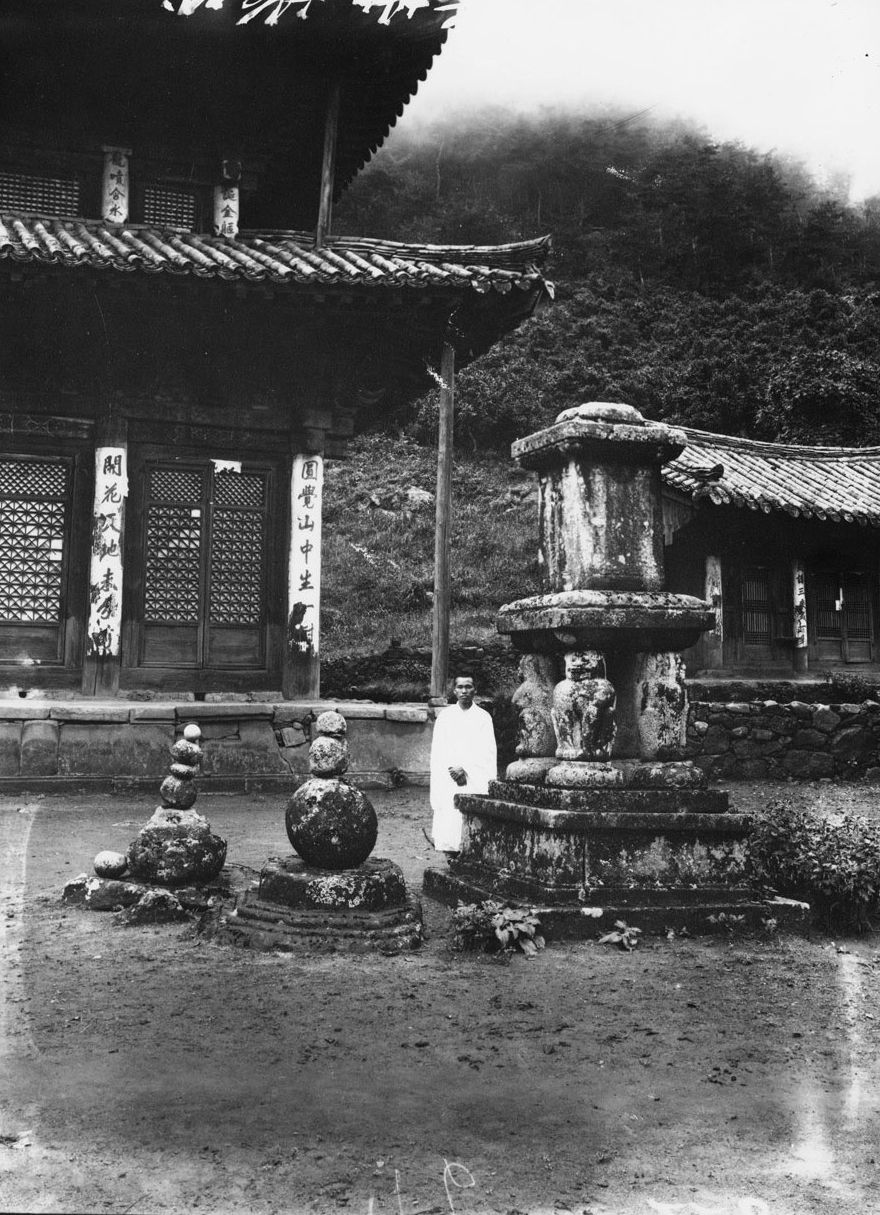
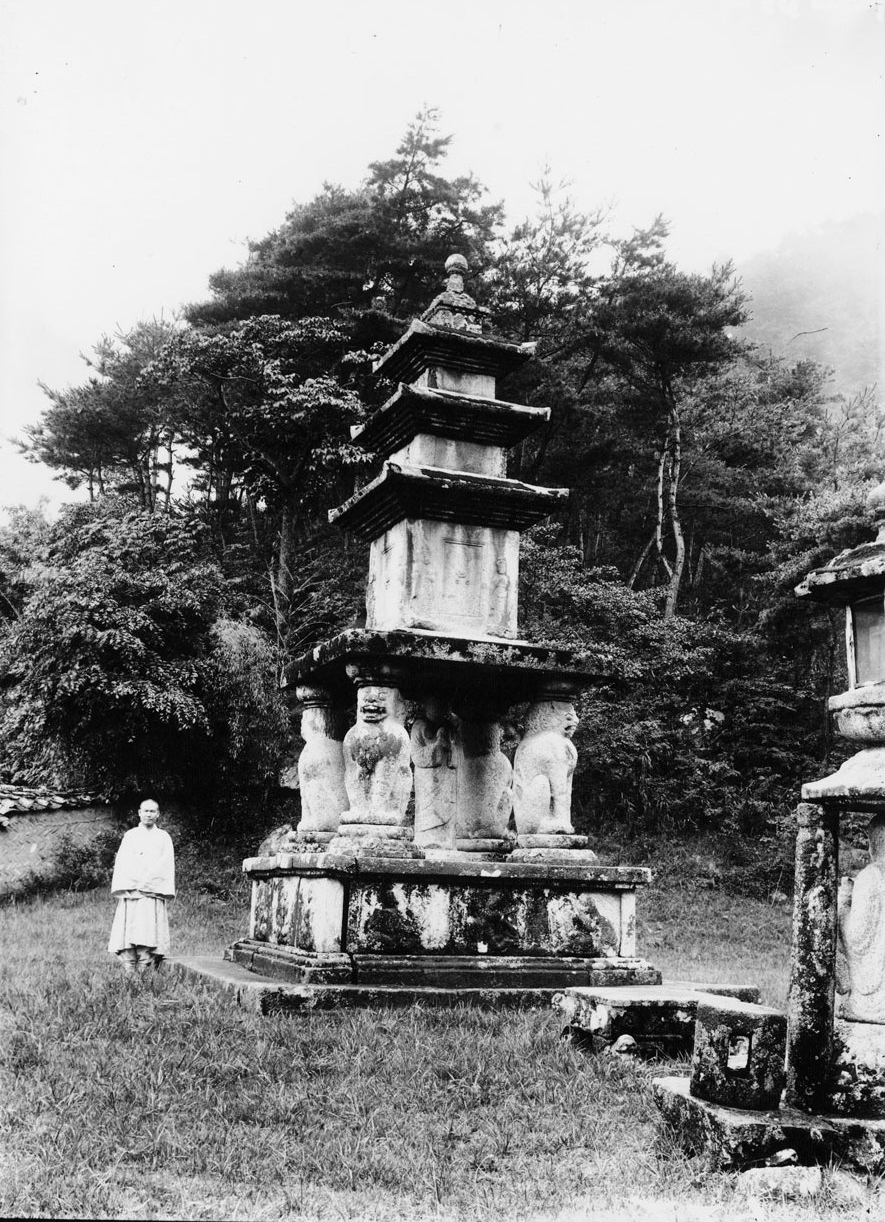
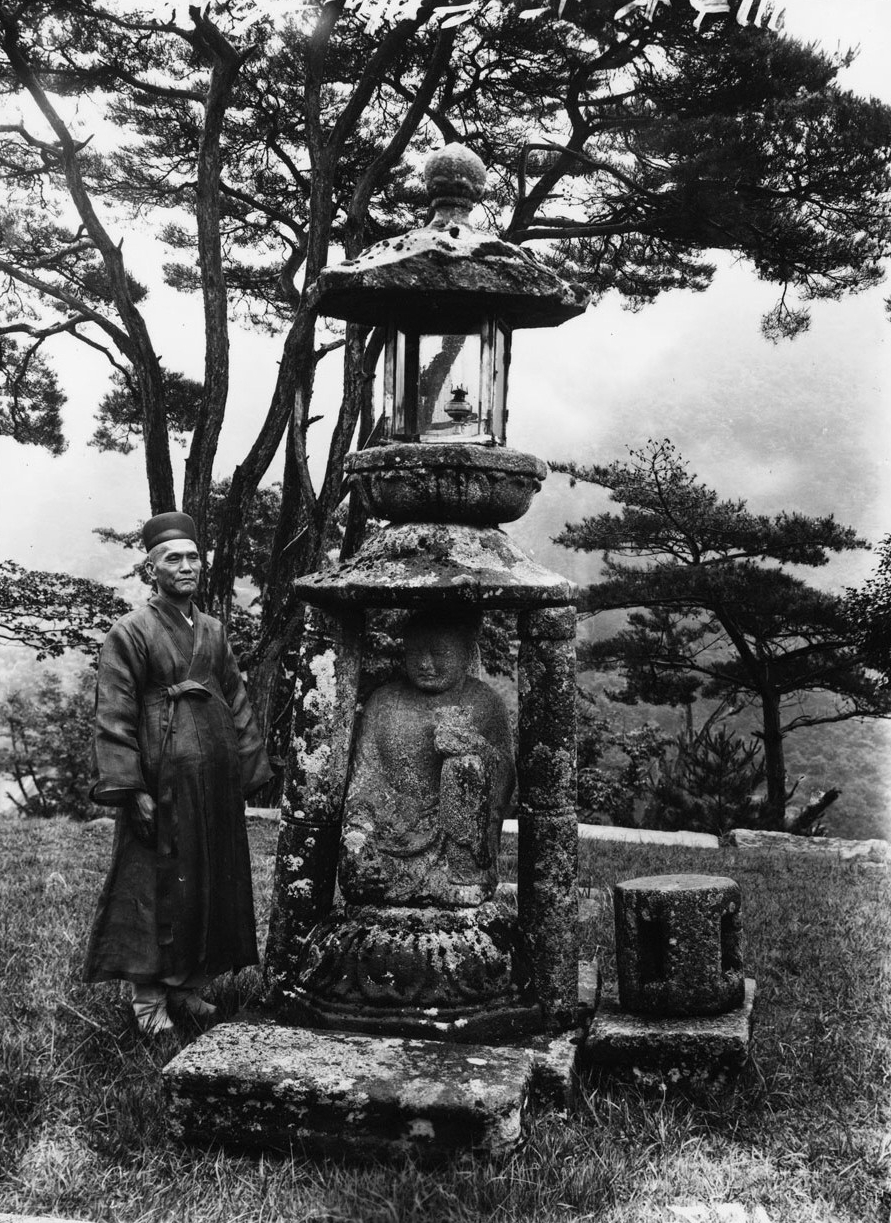
Pictures of Colonial Era Hwaeomsa Temple
1928
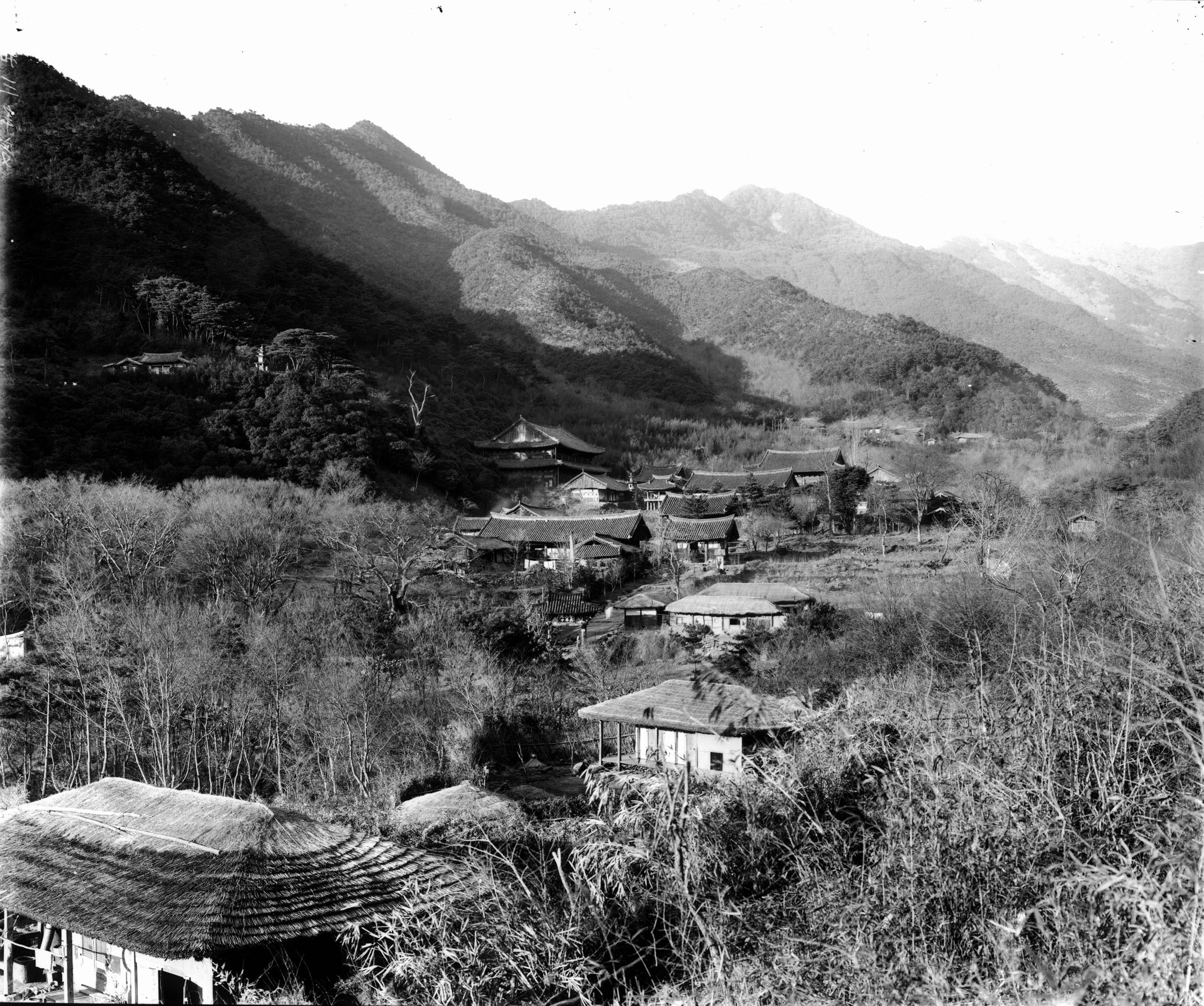
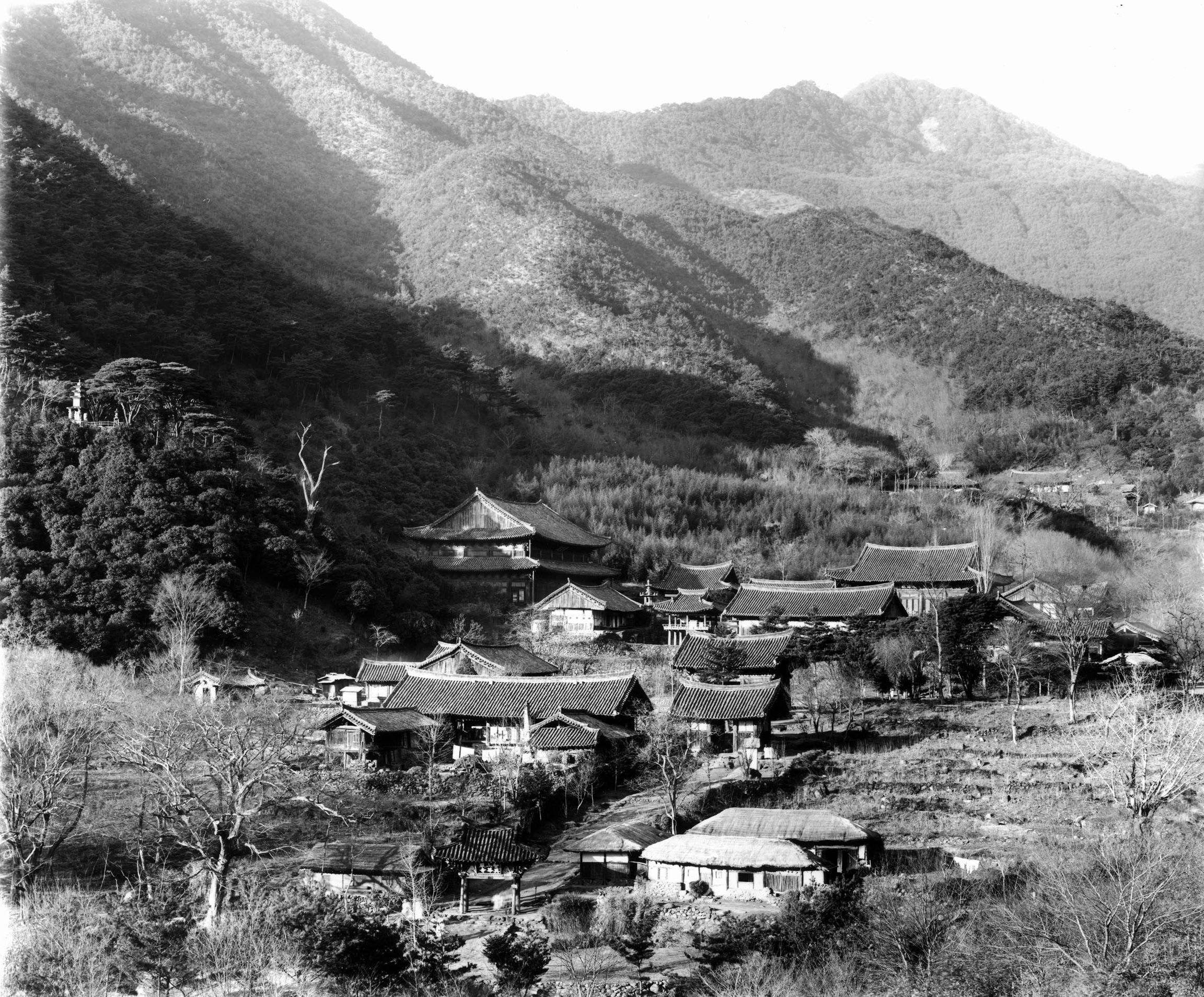
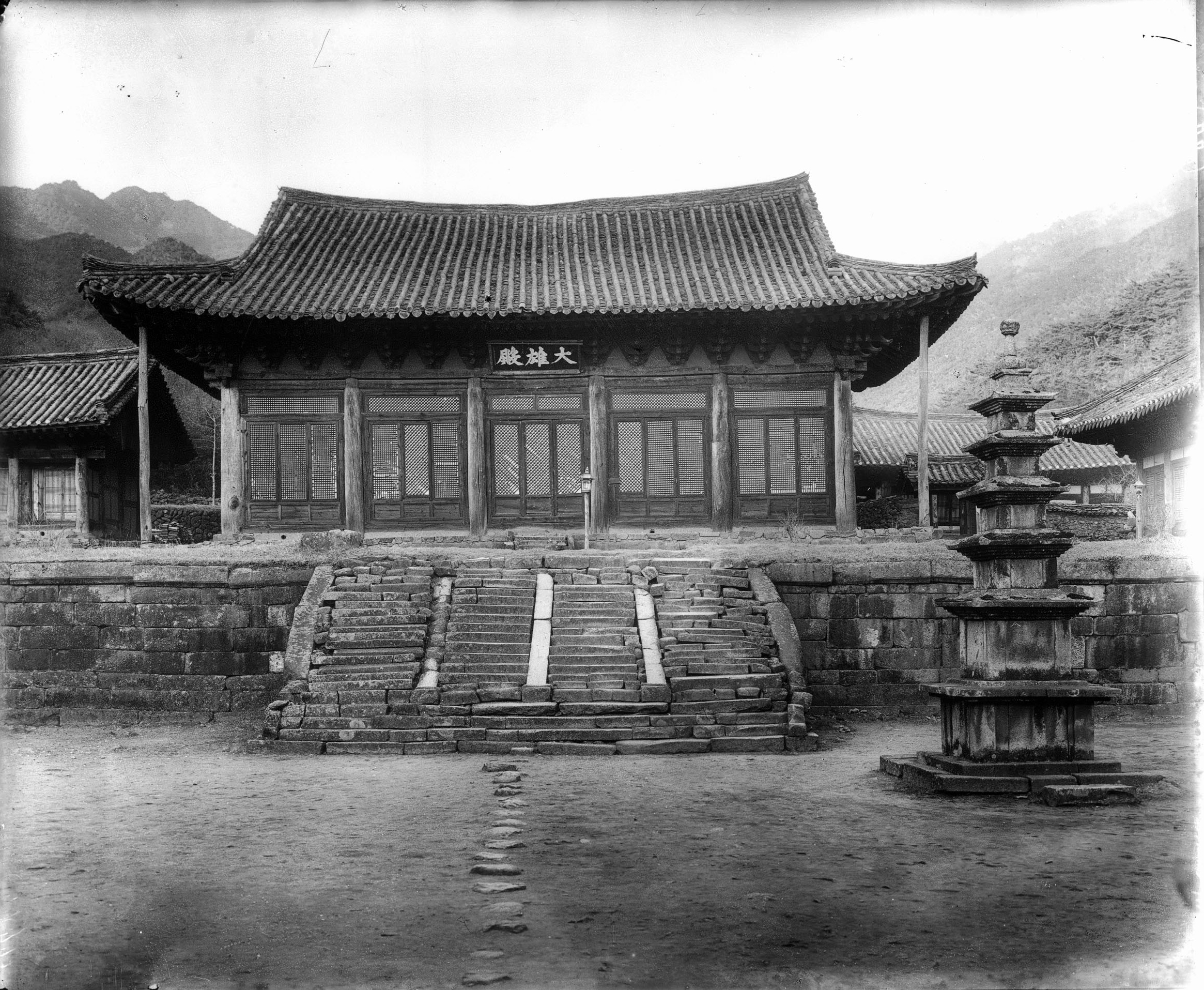
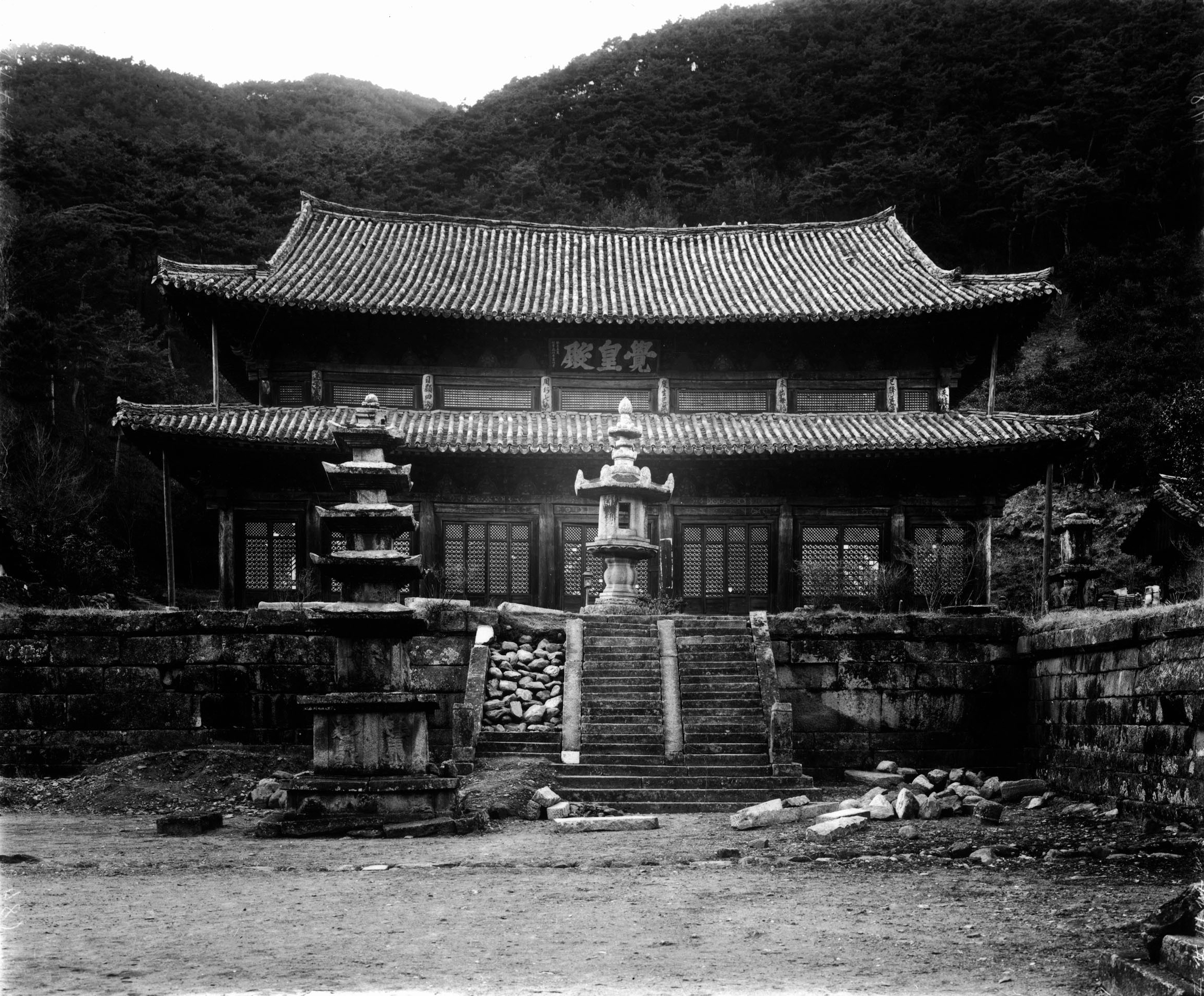
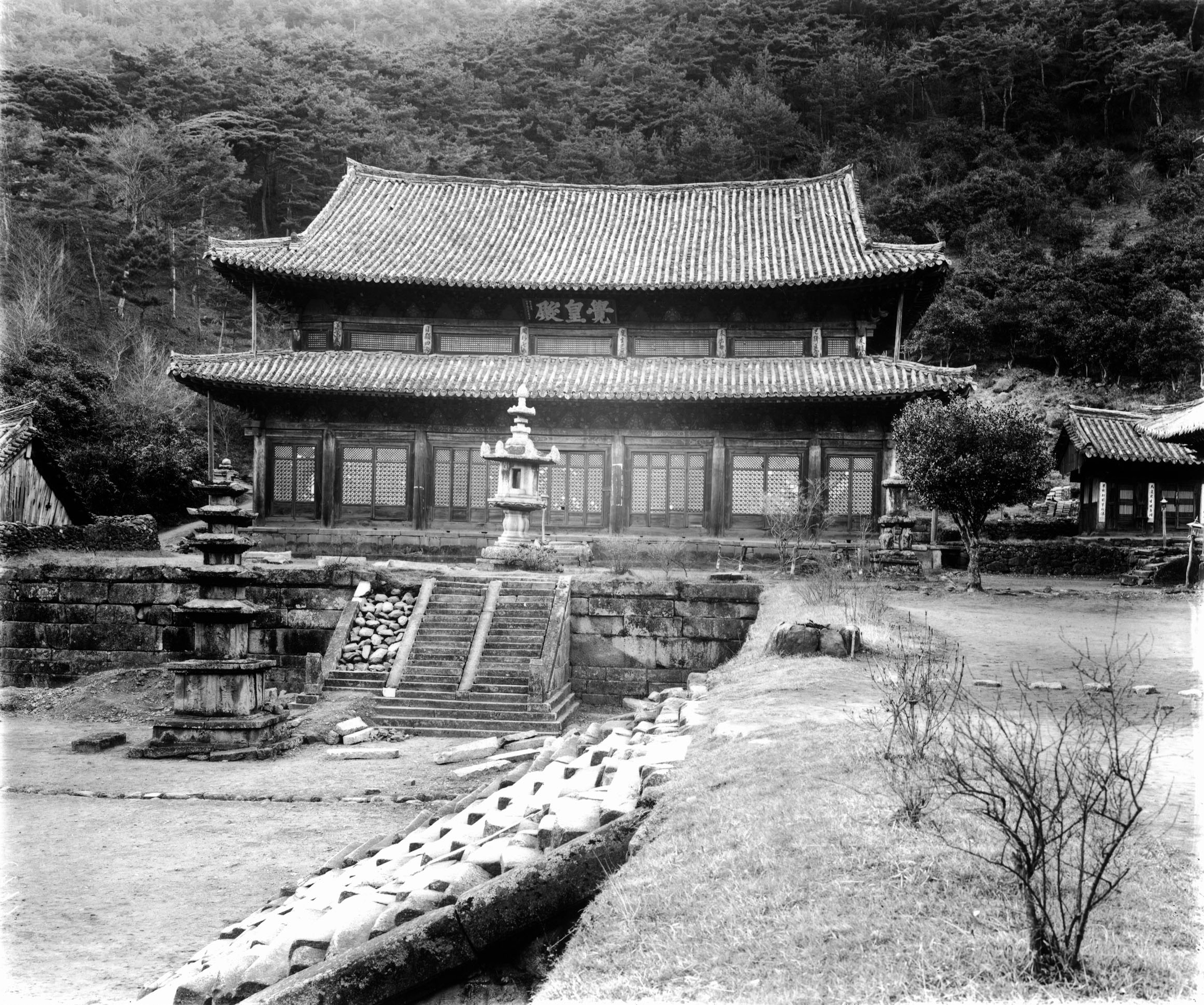
Pictures of Colonial Era Hwaeomsa Temple
1934
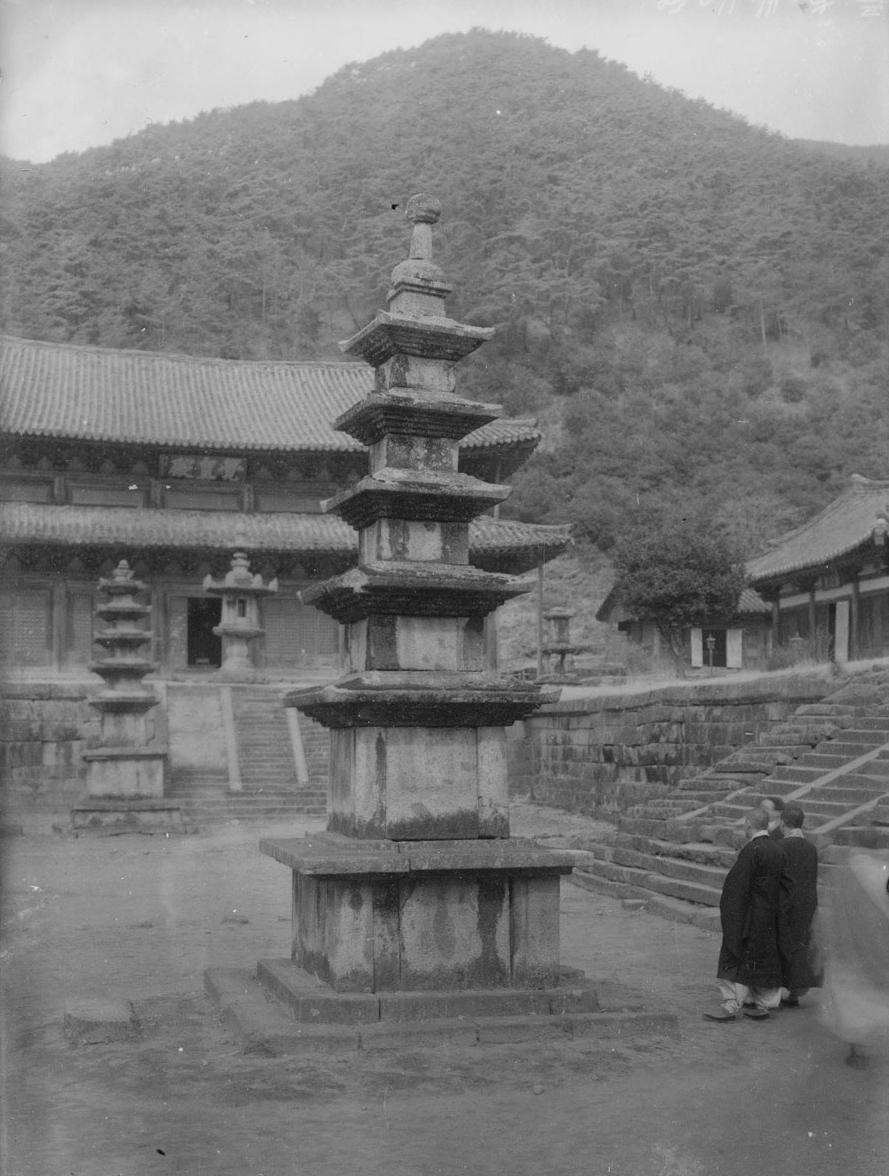

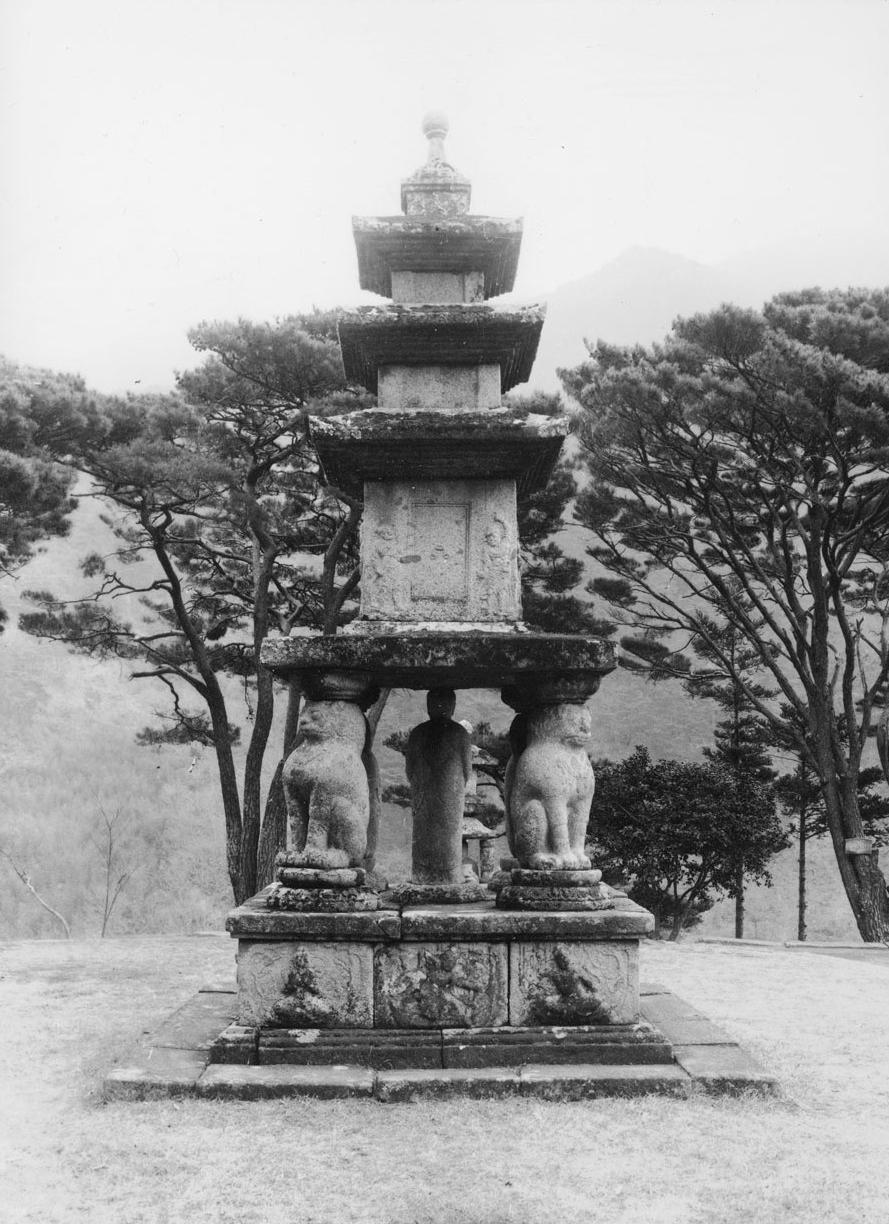
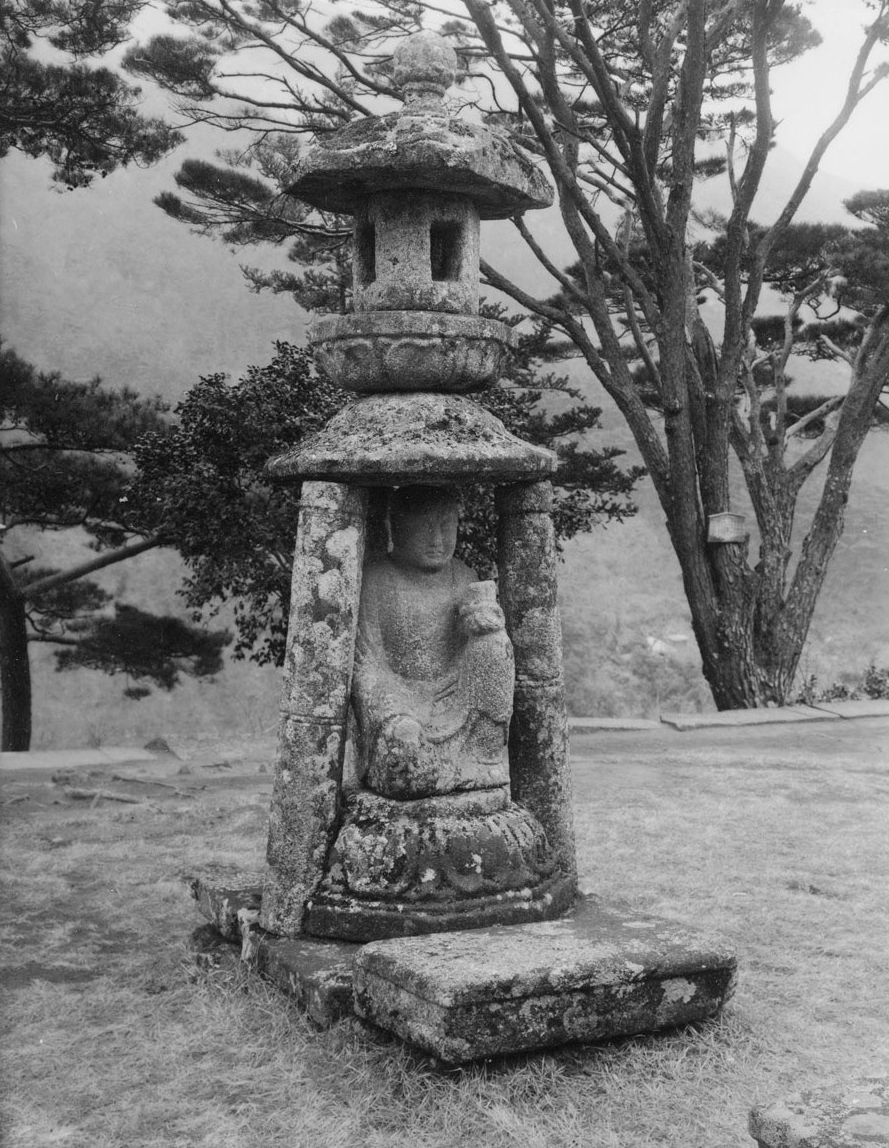
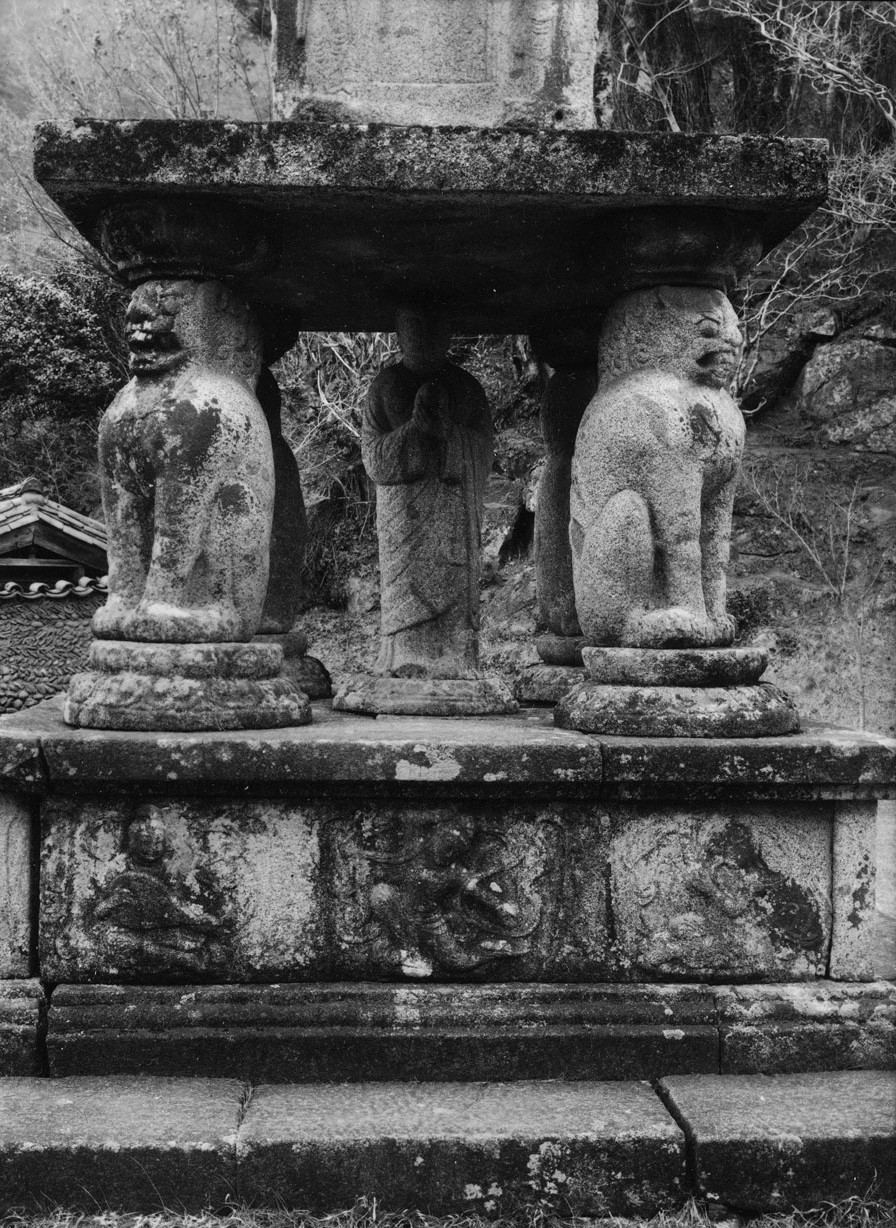
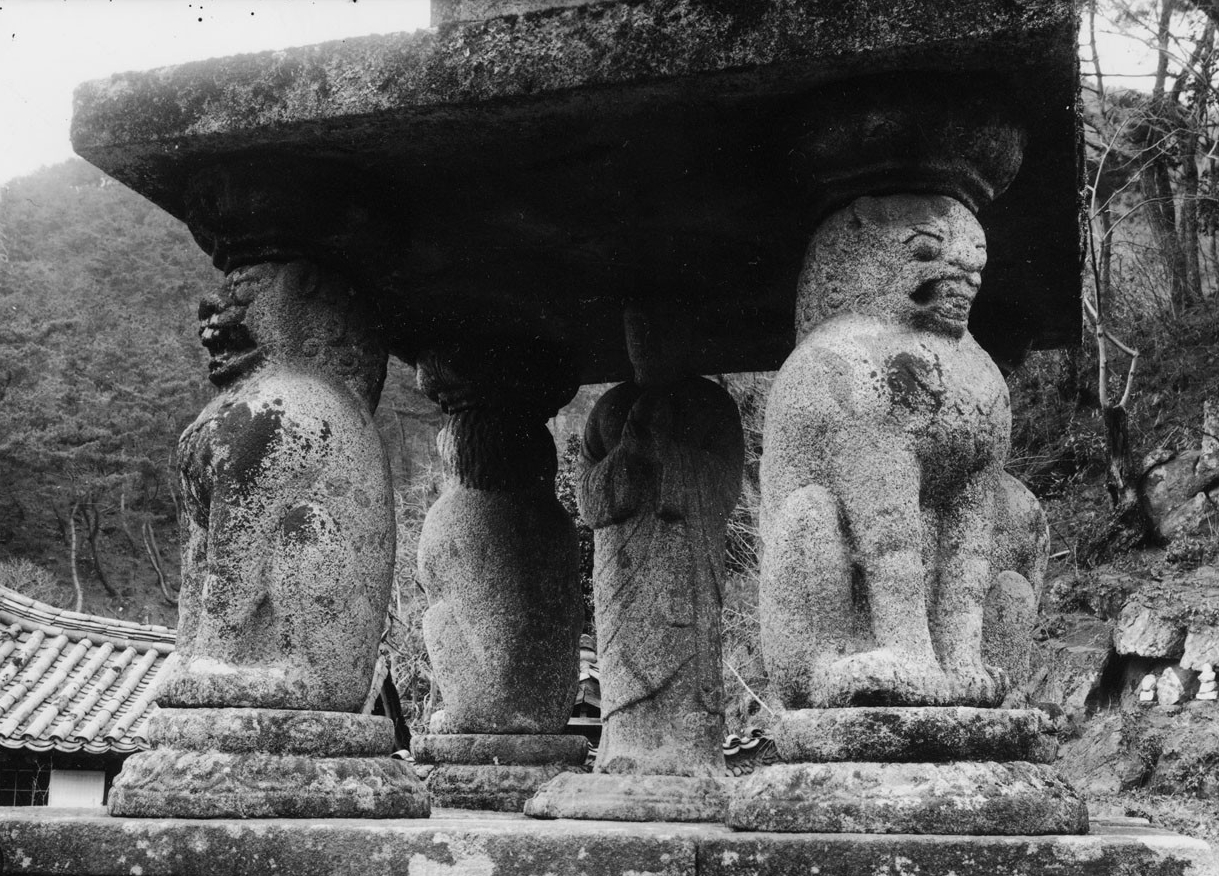
Pictures of Colonial Era Hwaeomsa Temple
Specific Dates Unknown (1909-1945)
